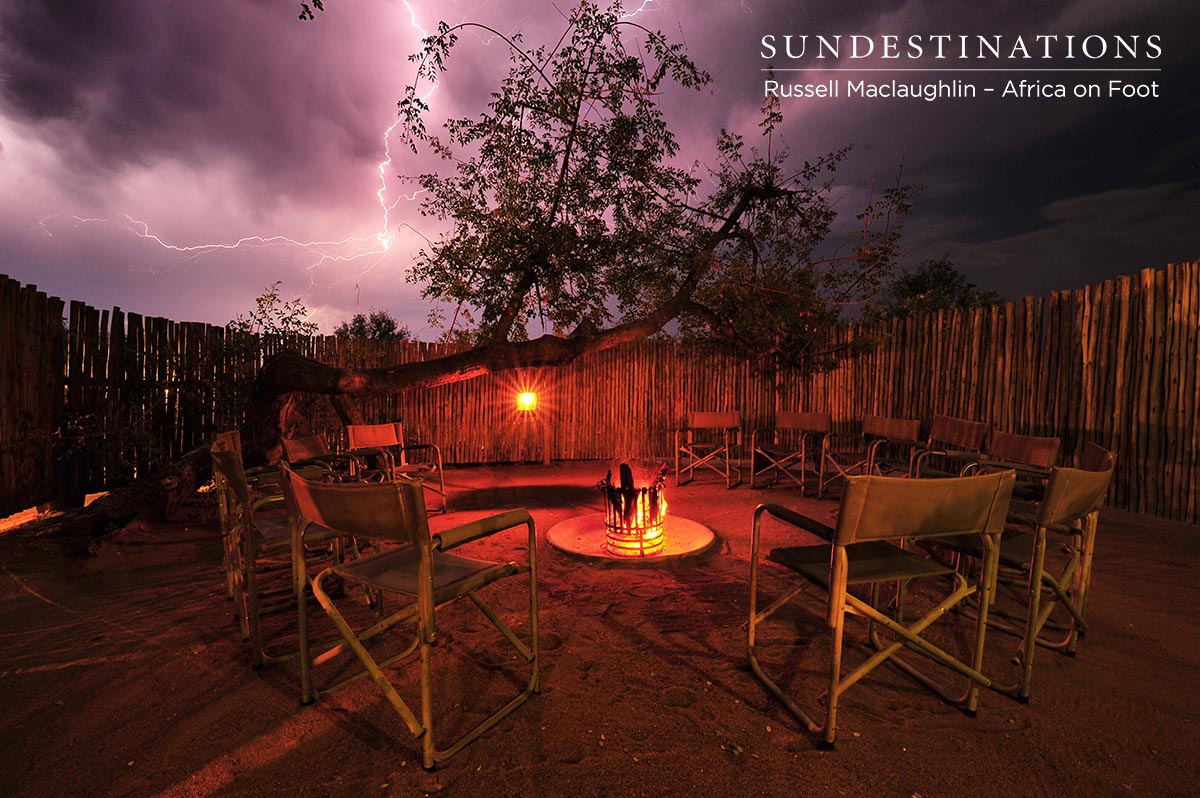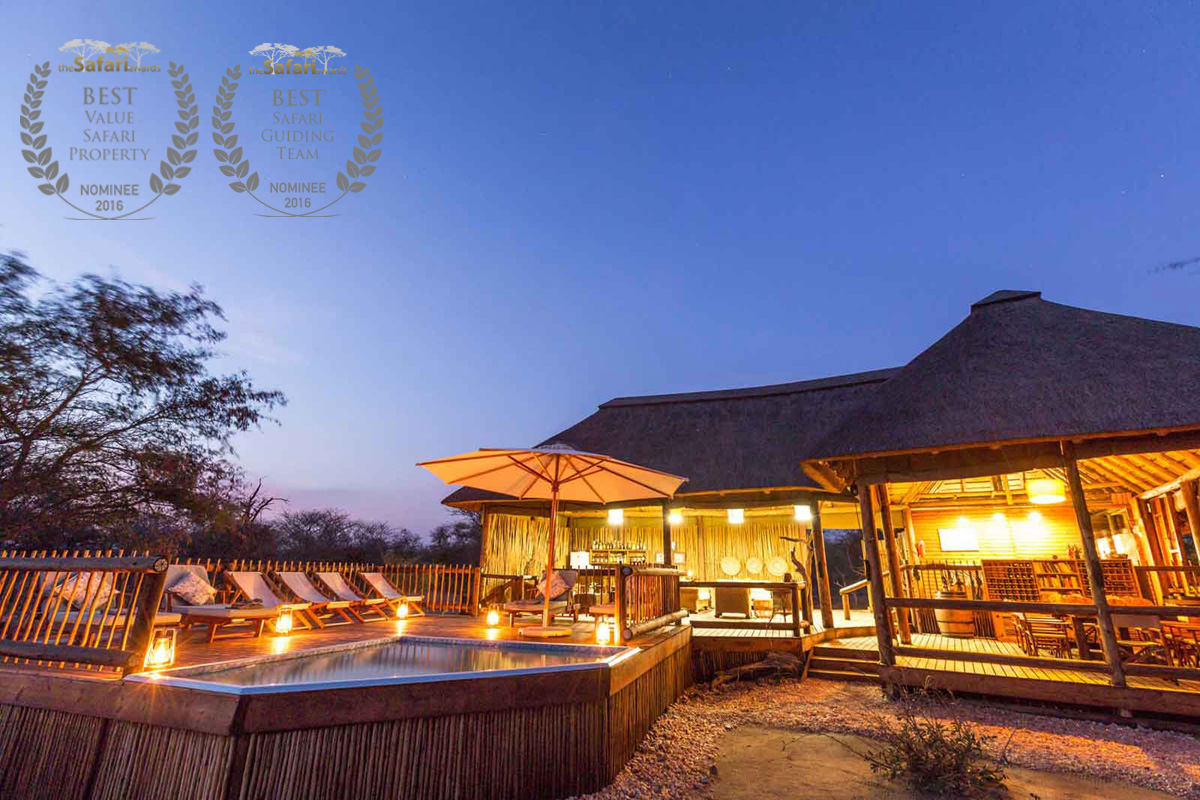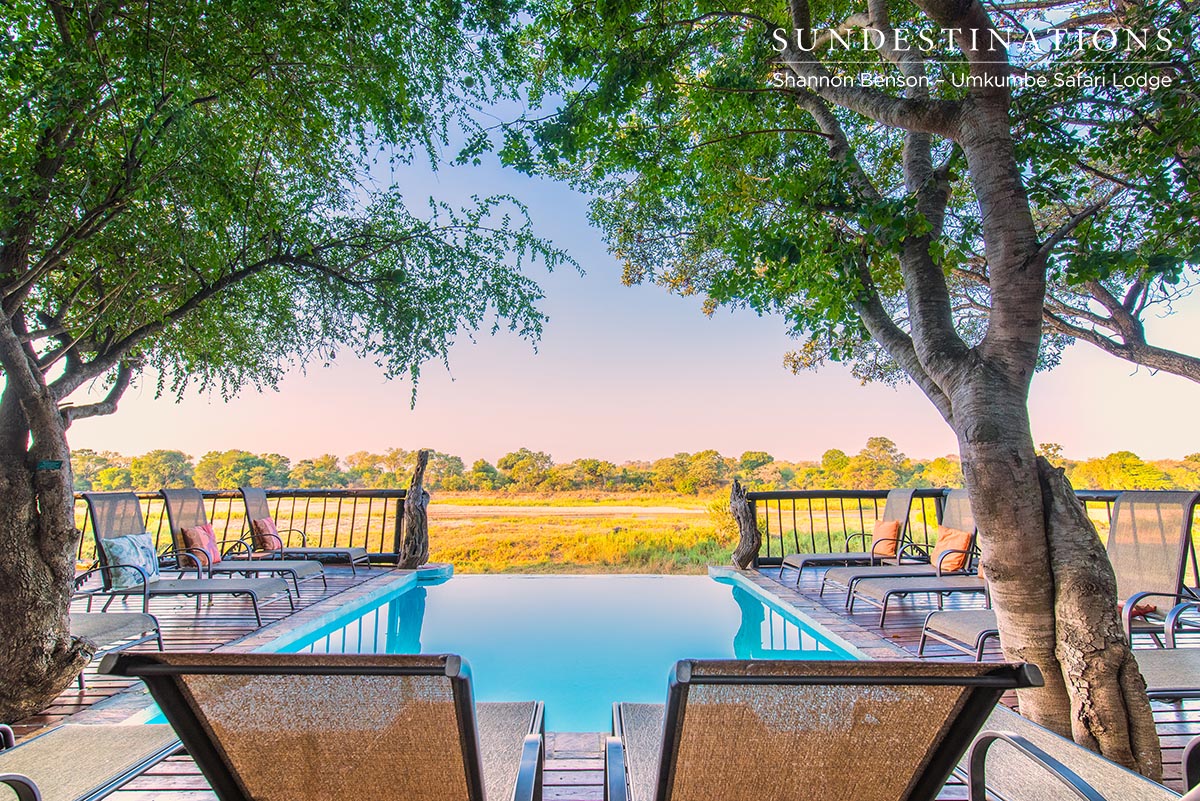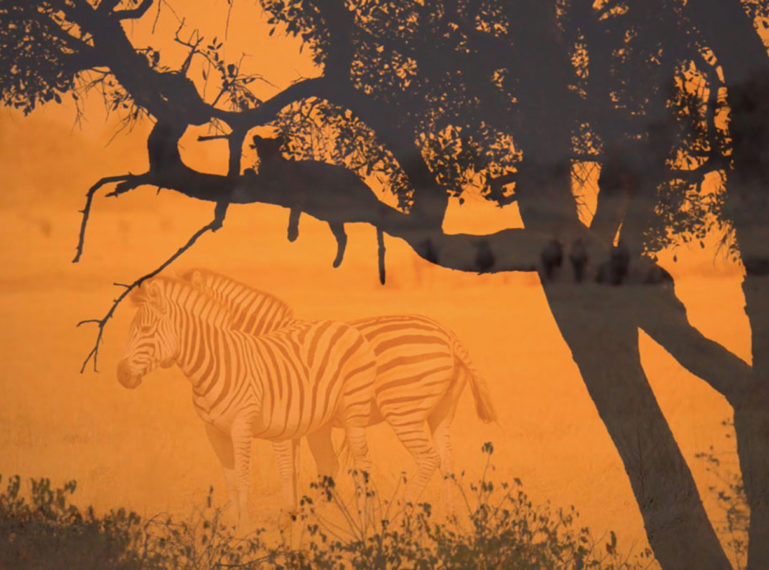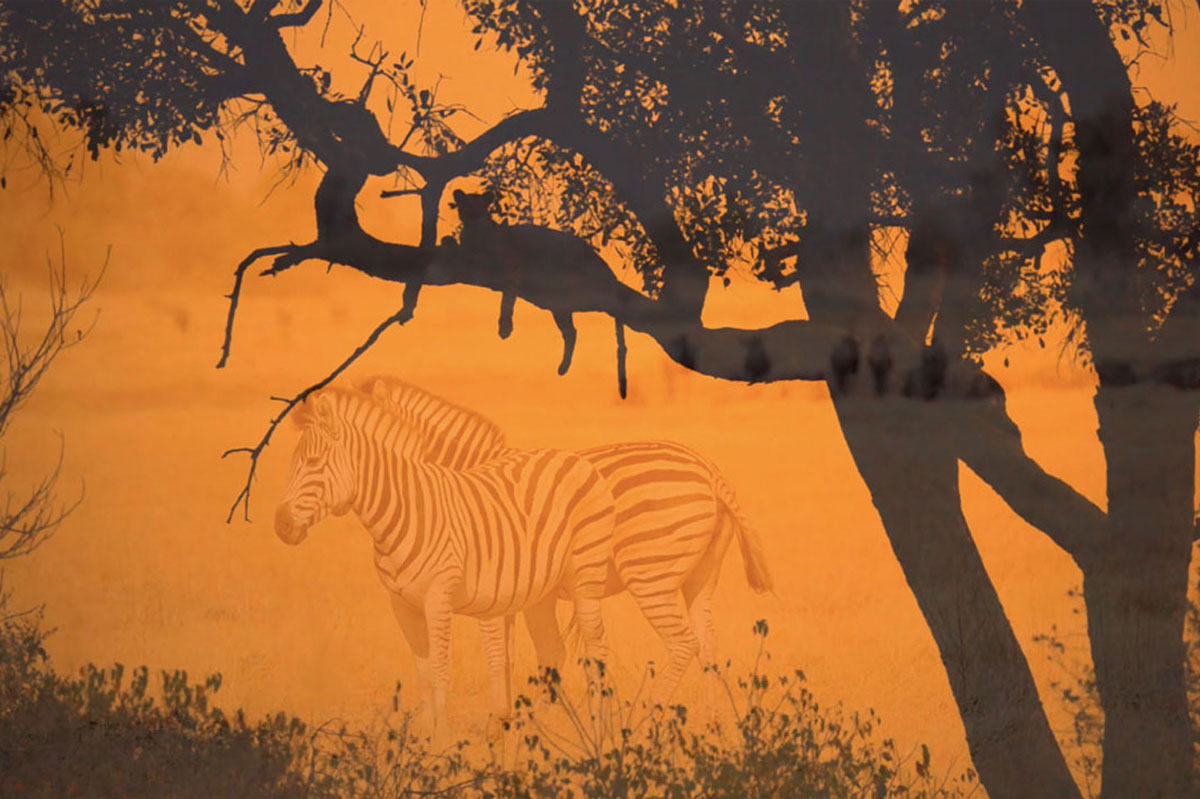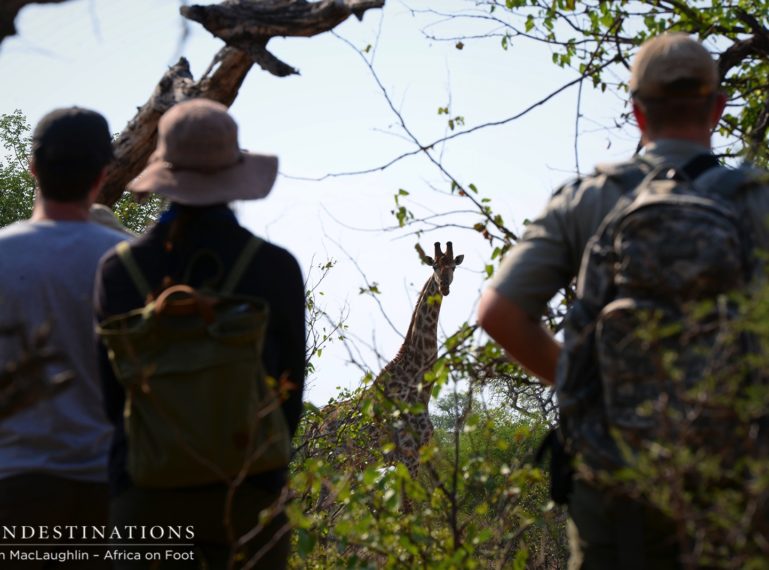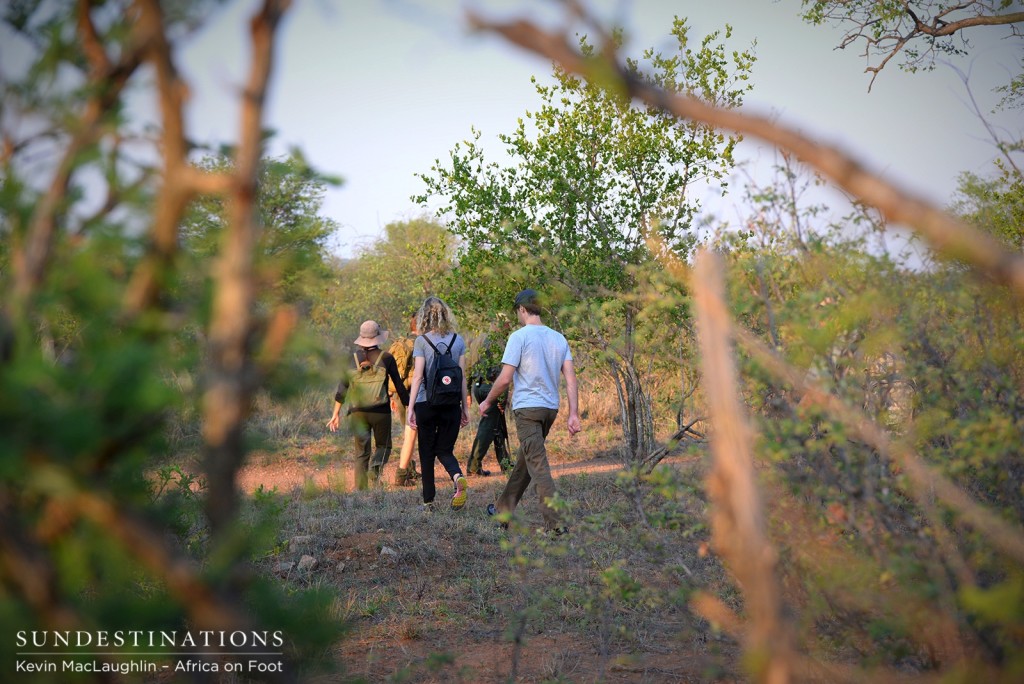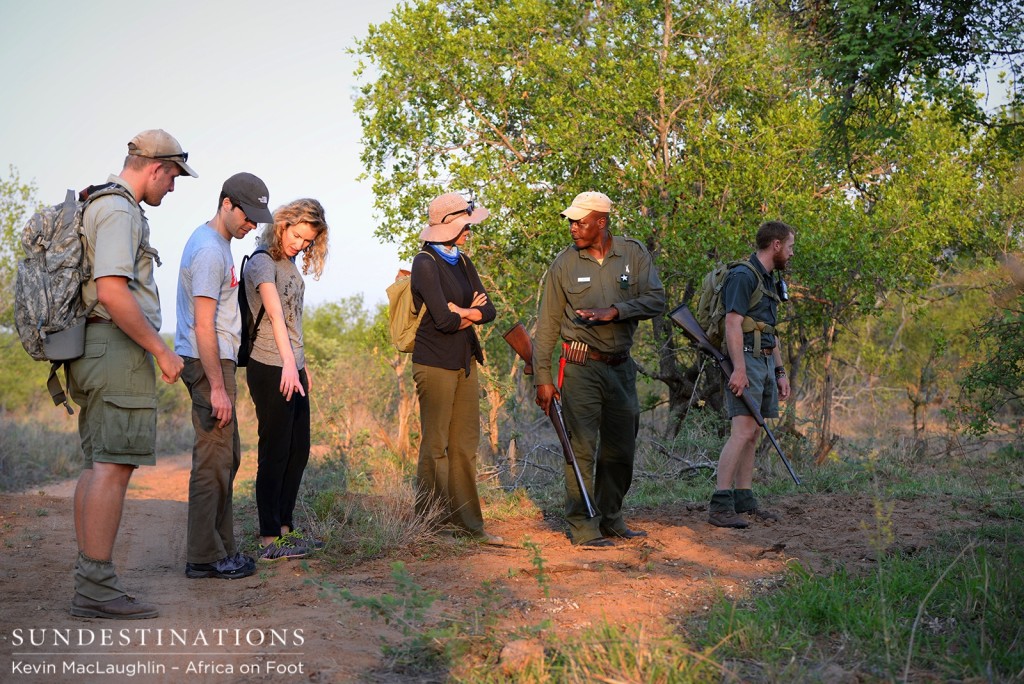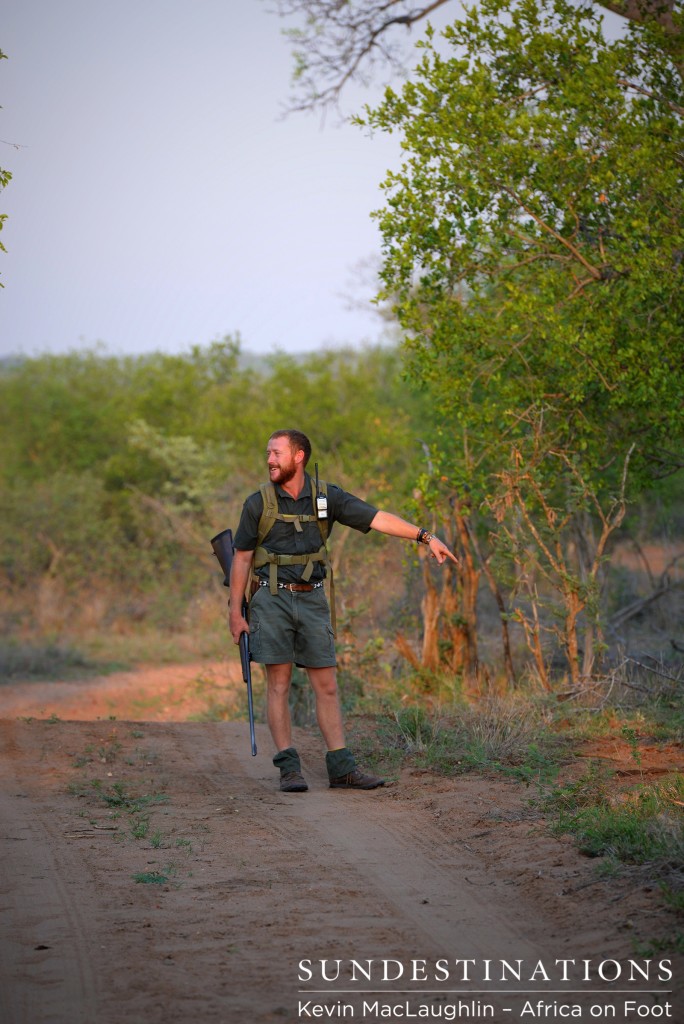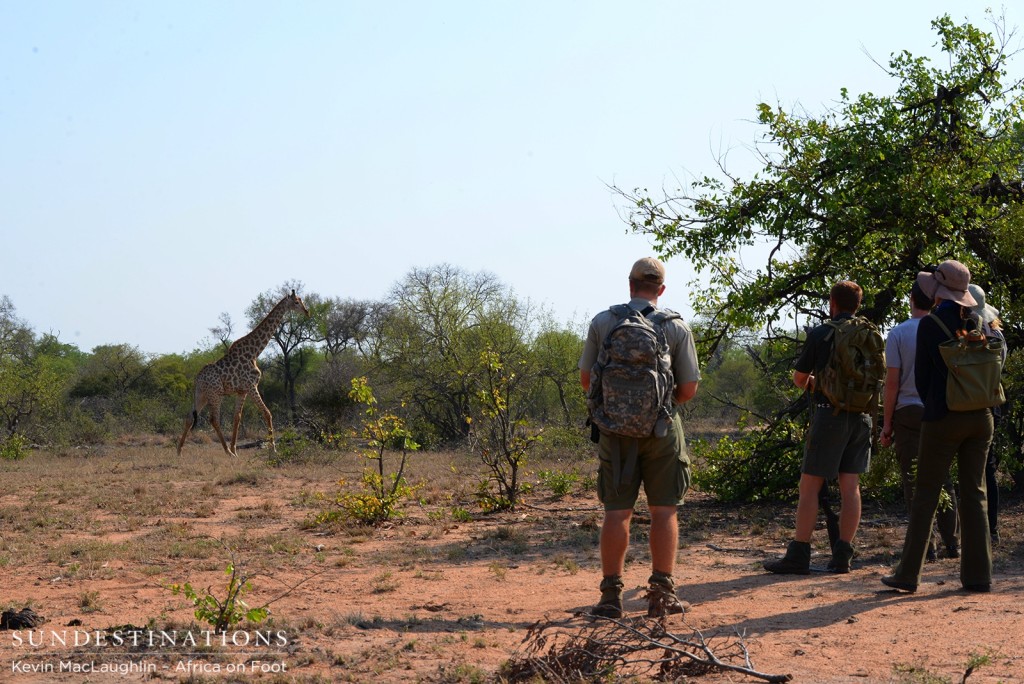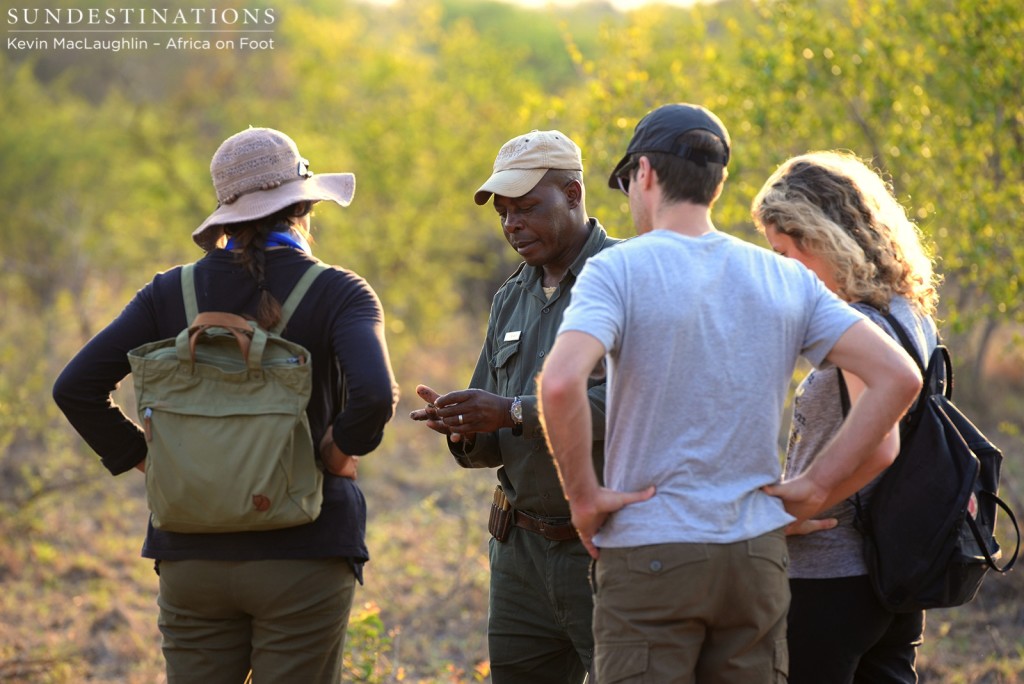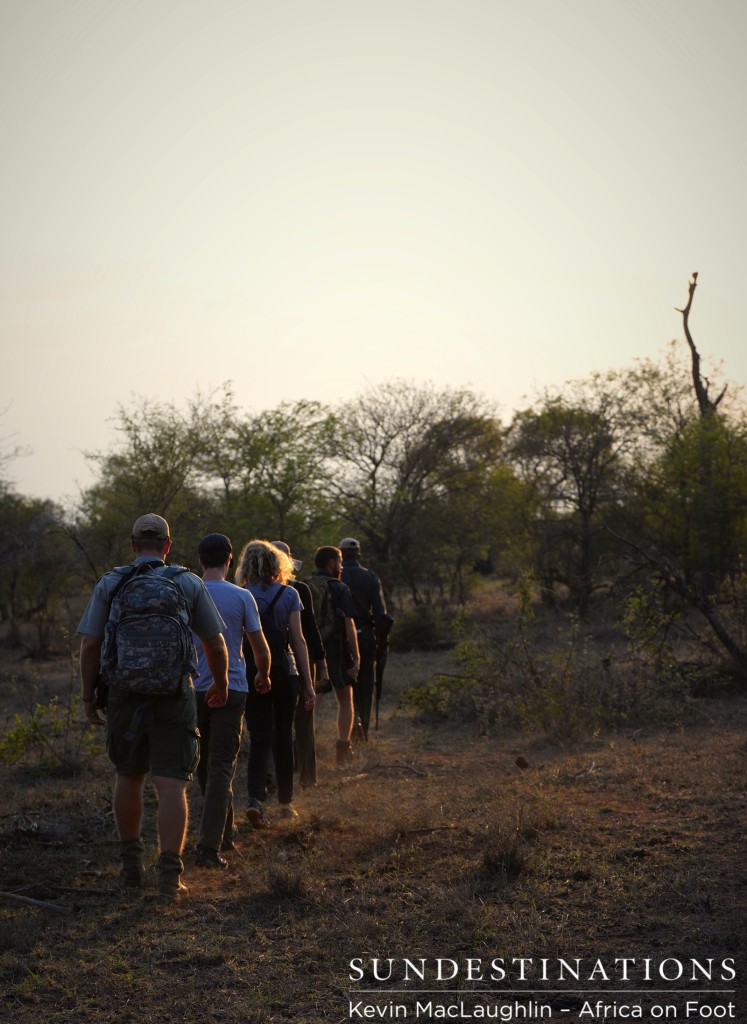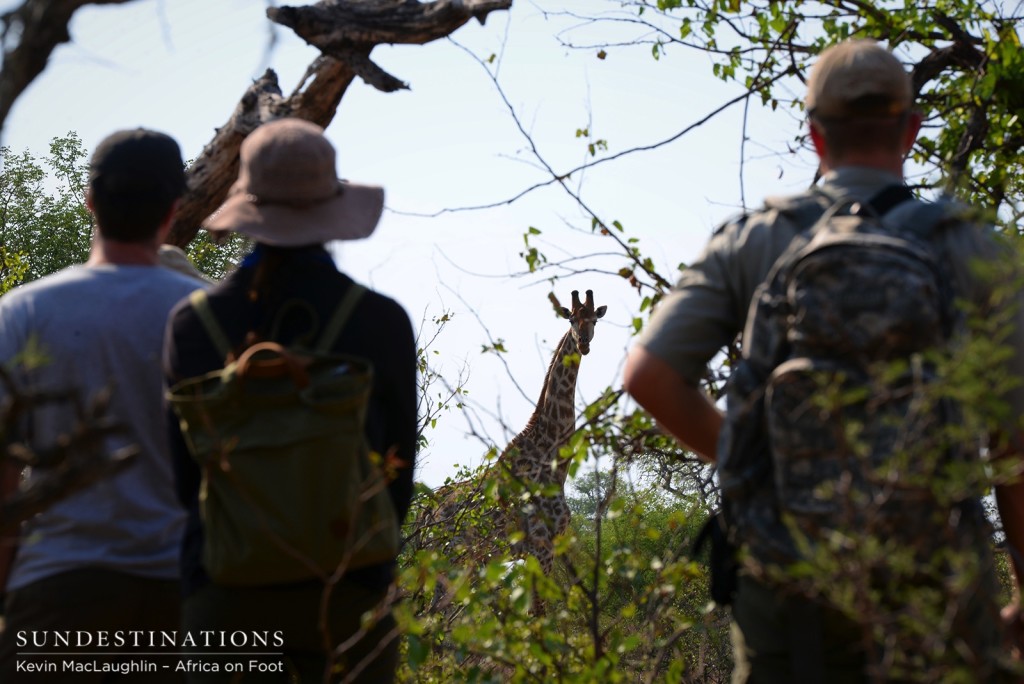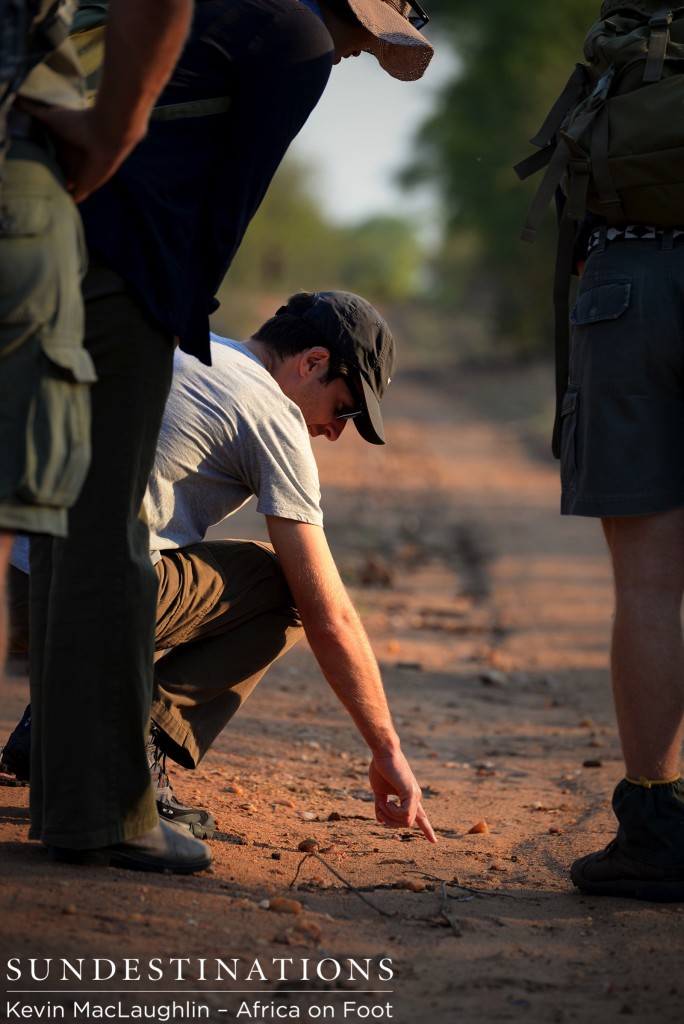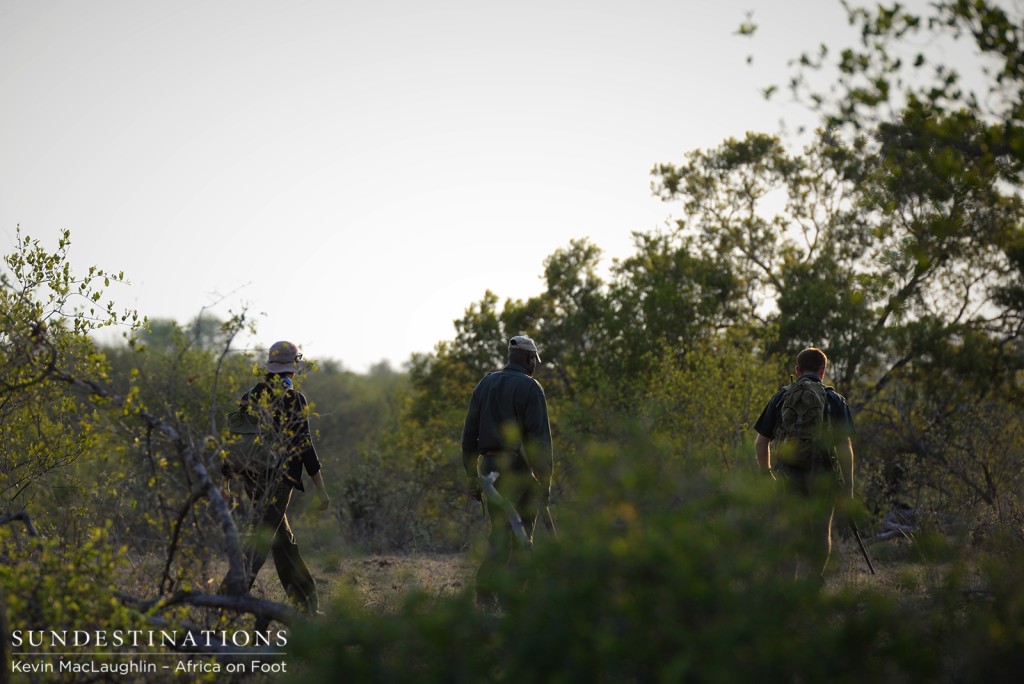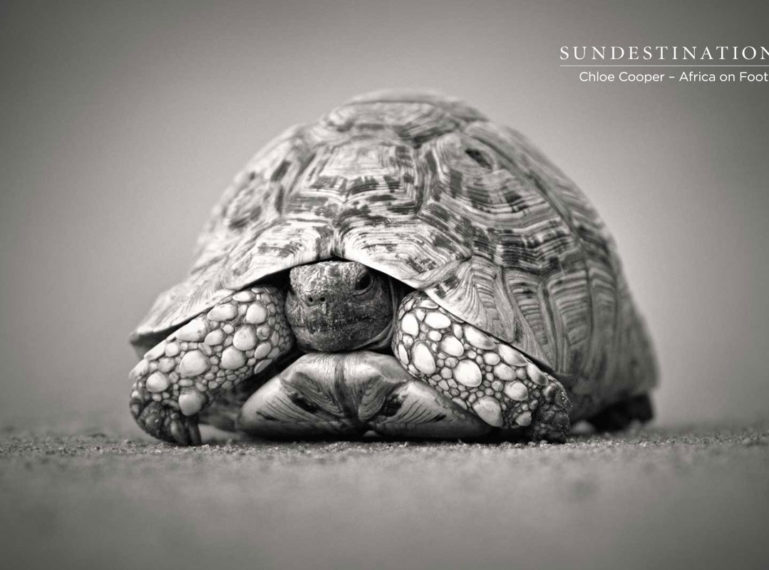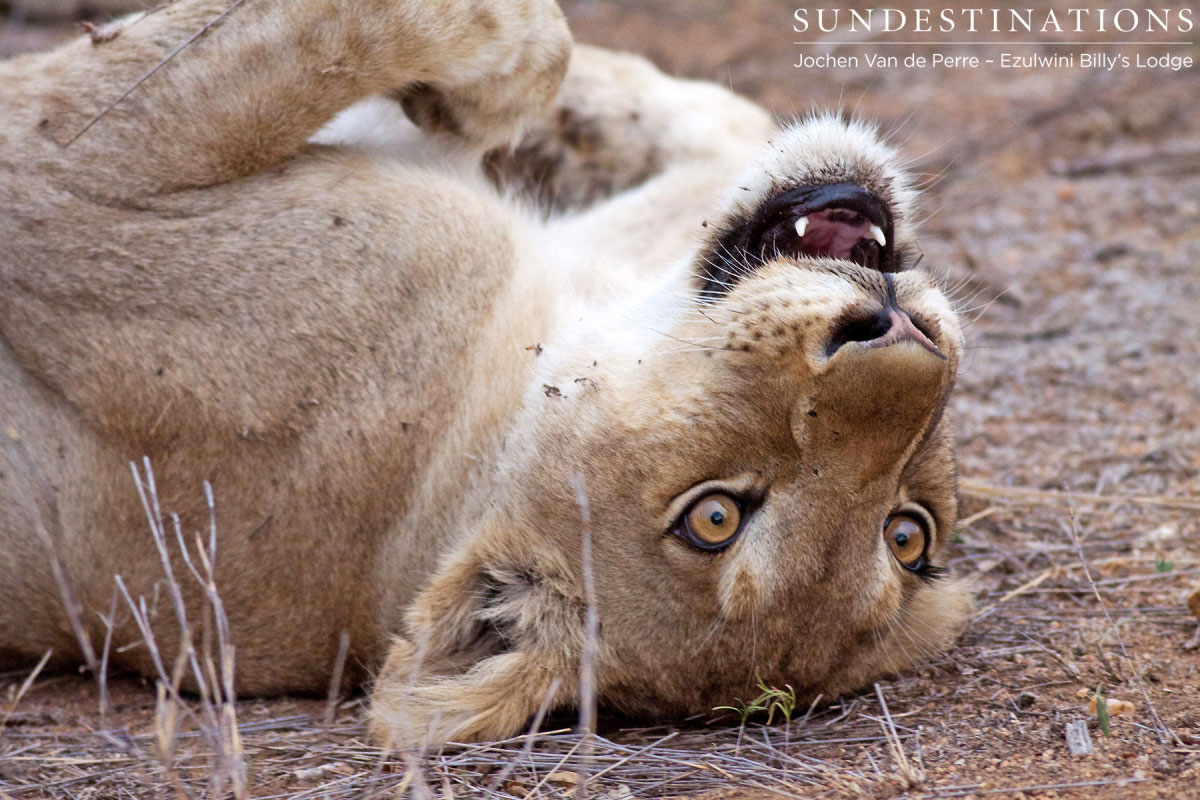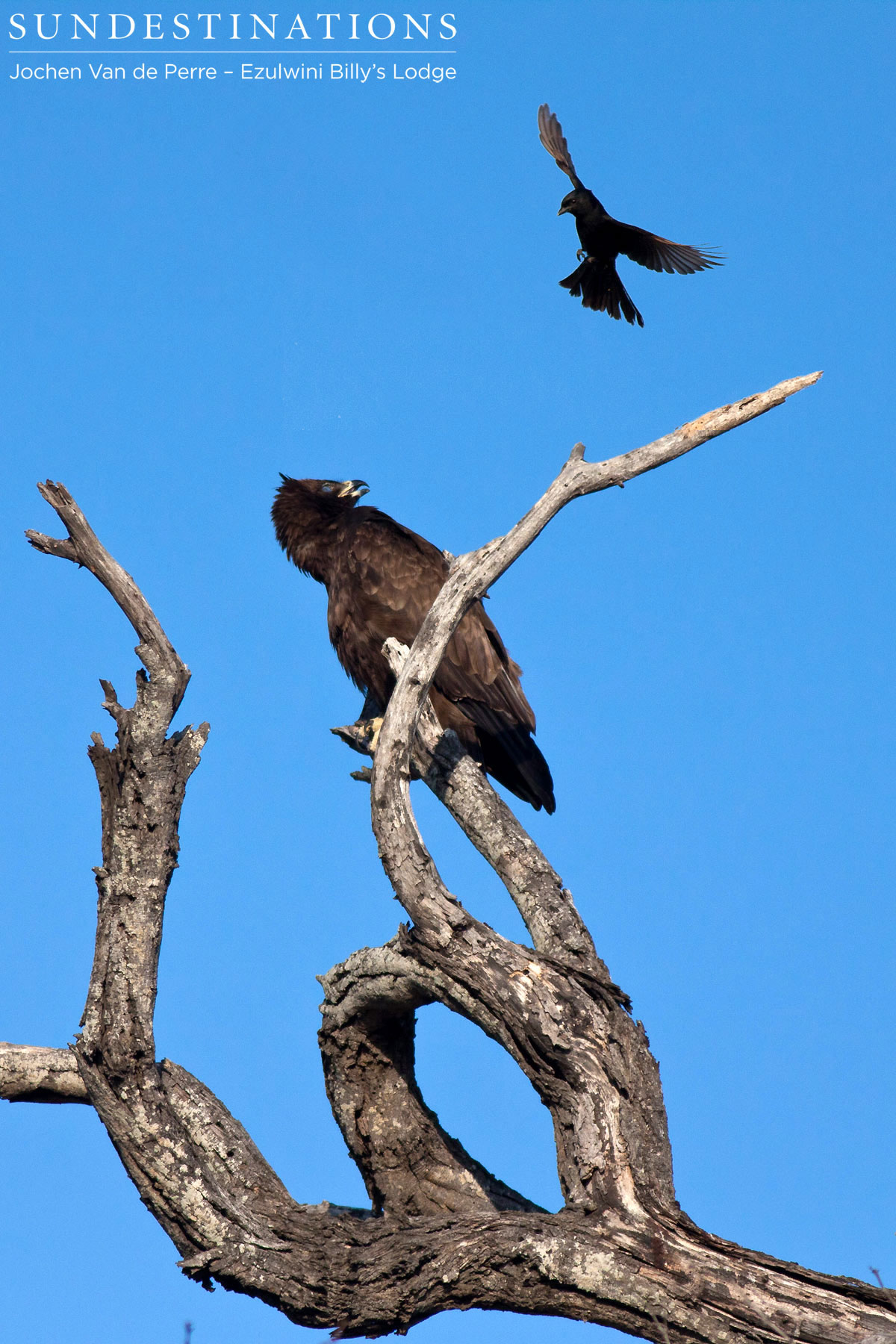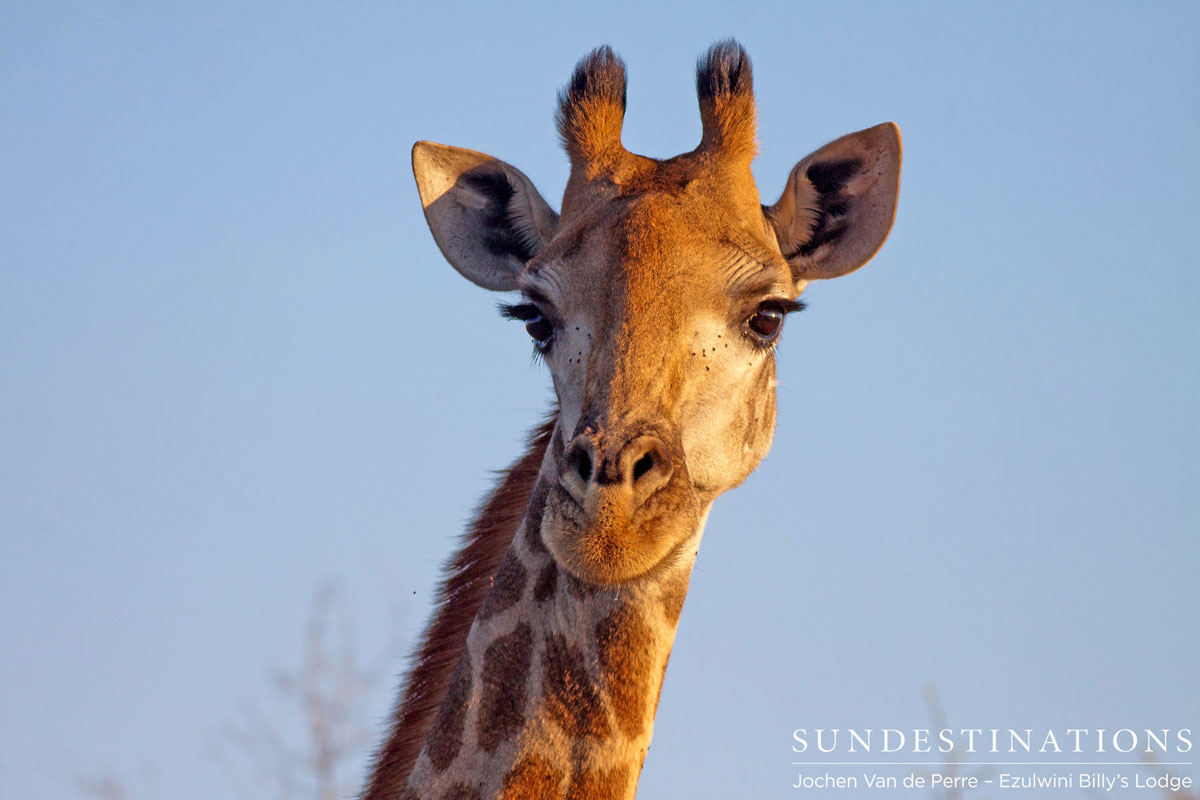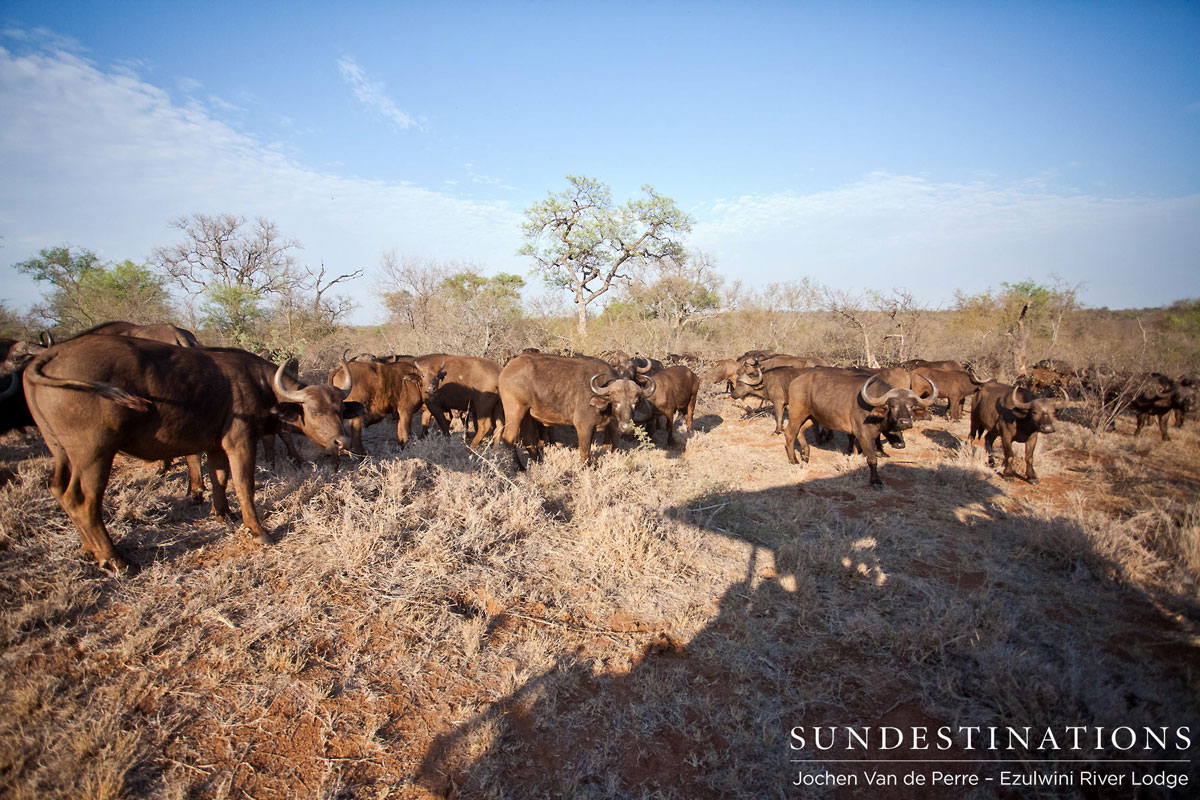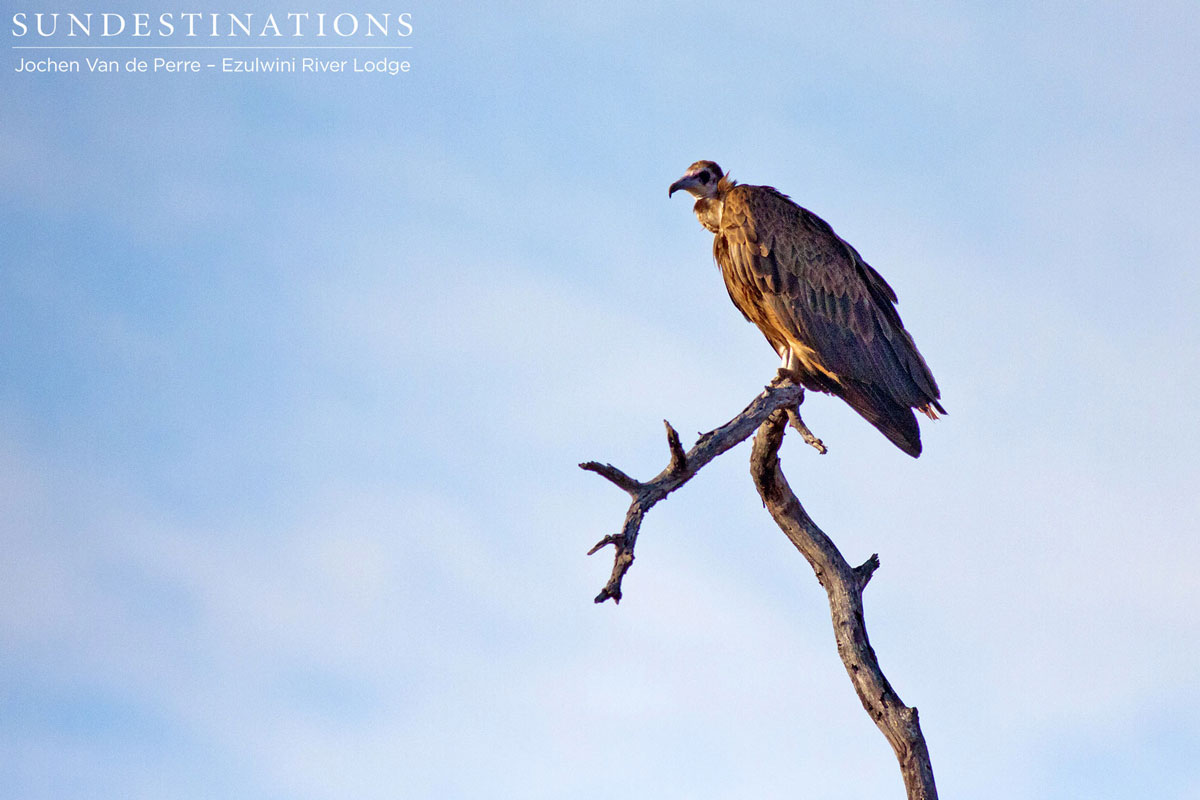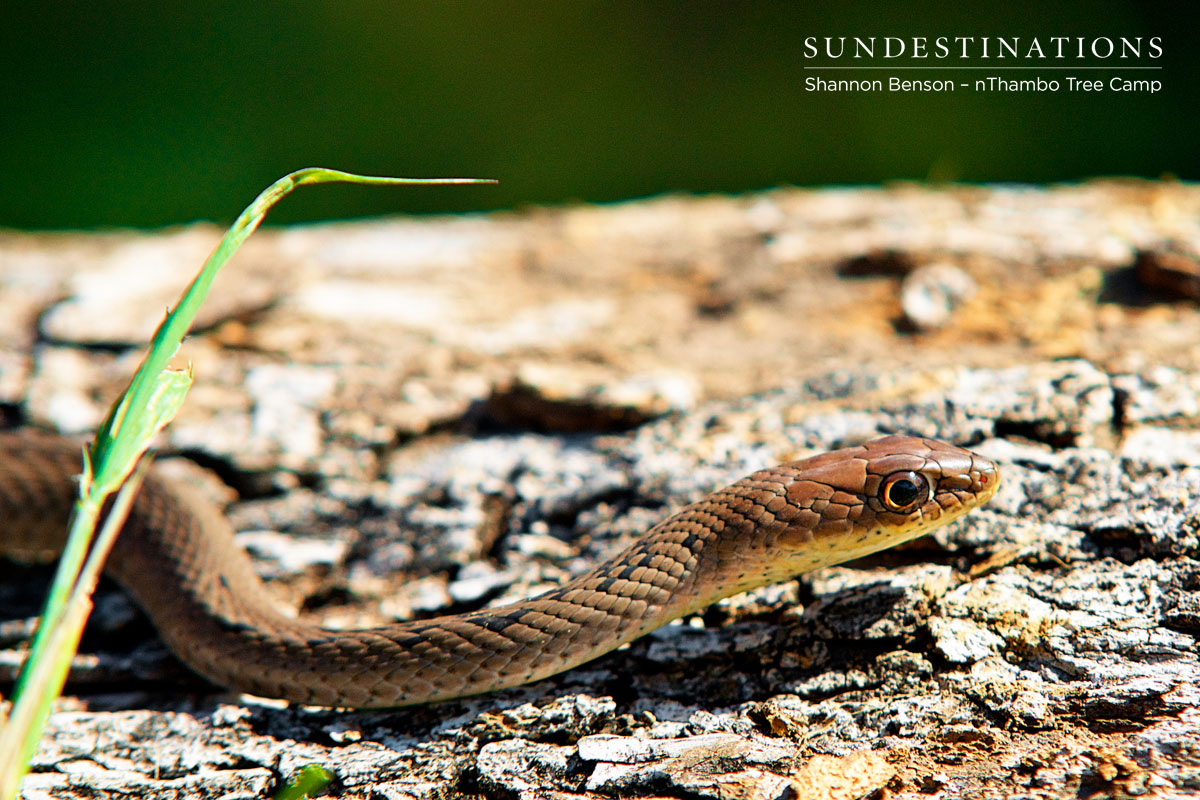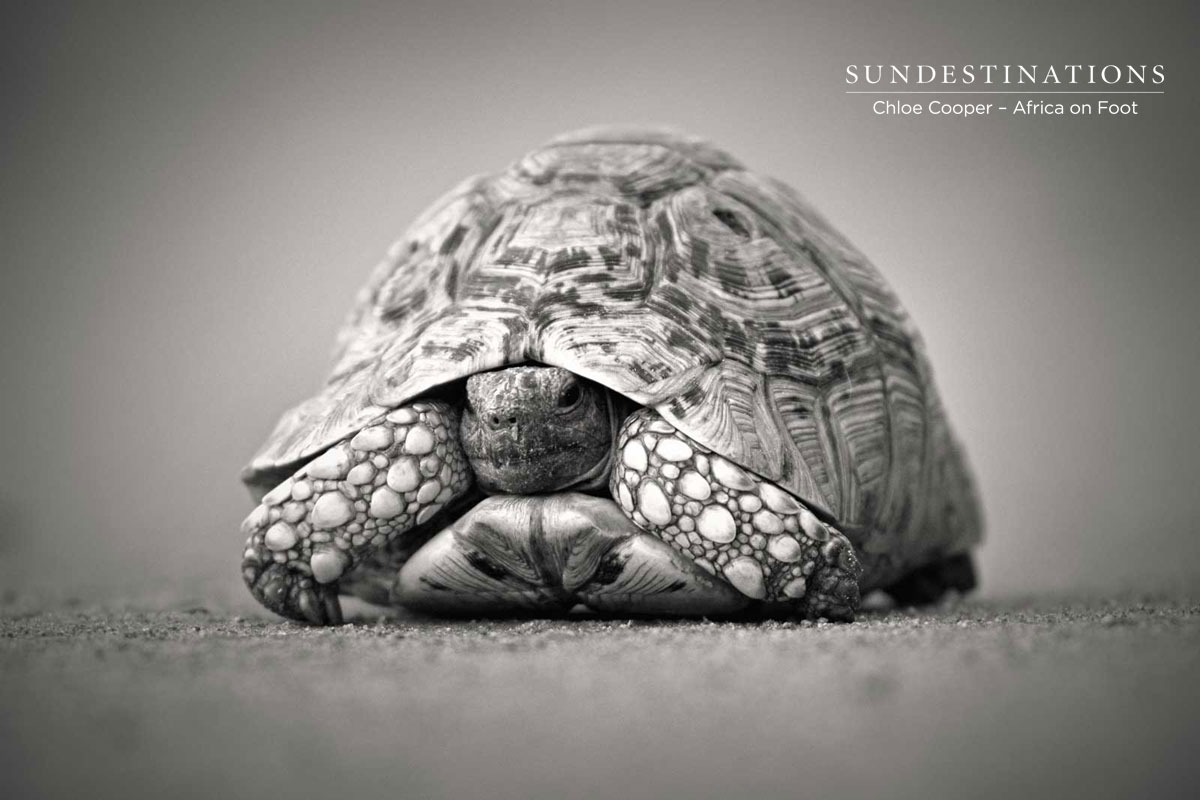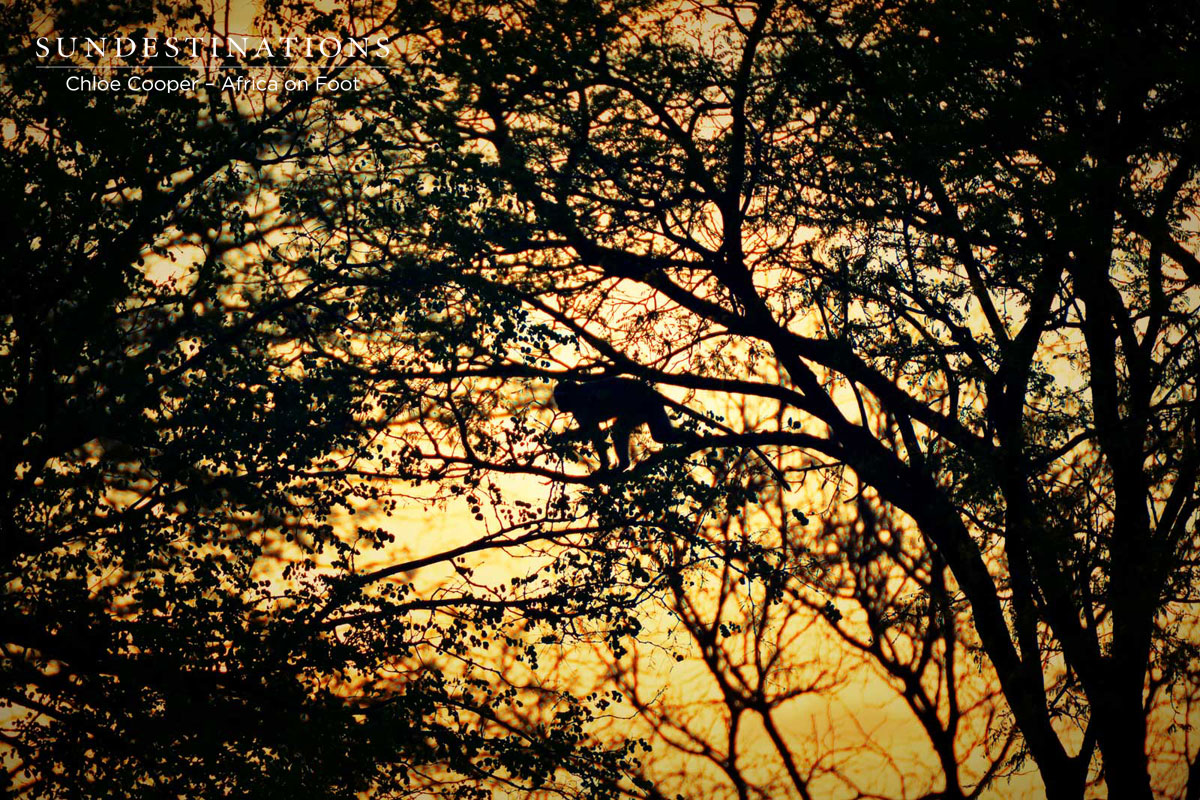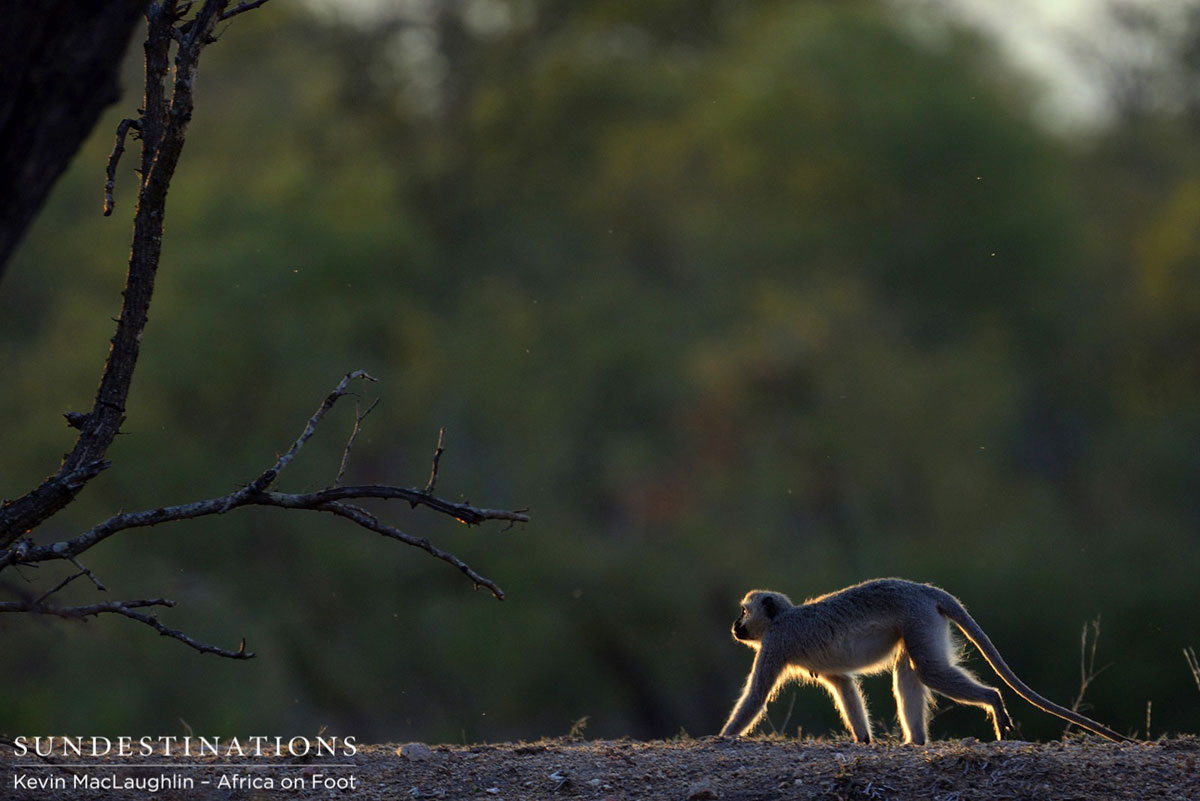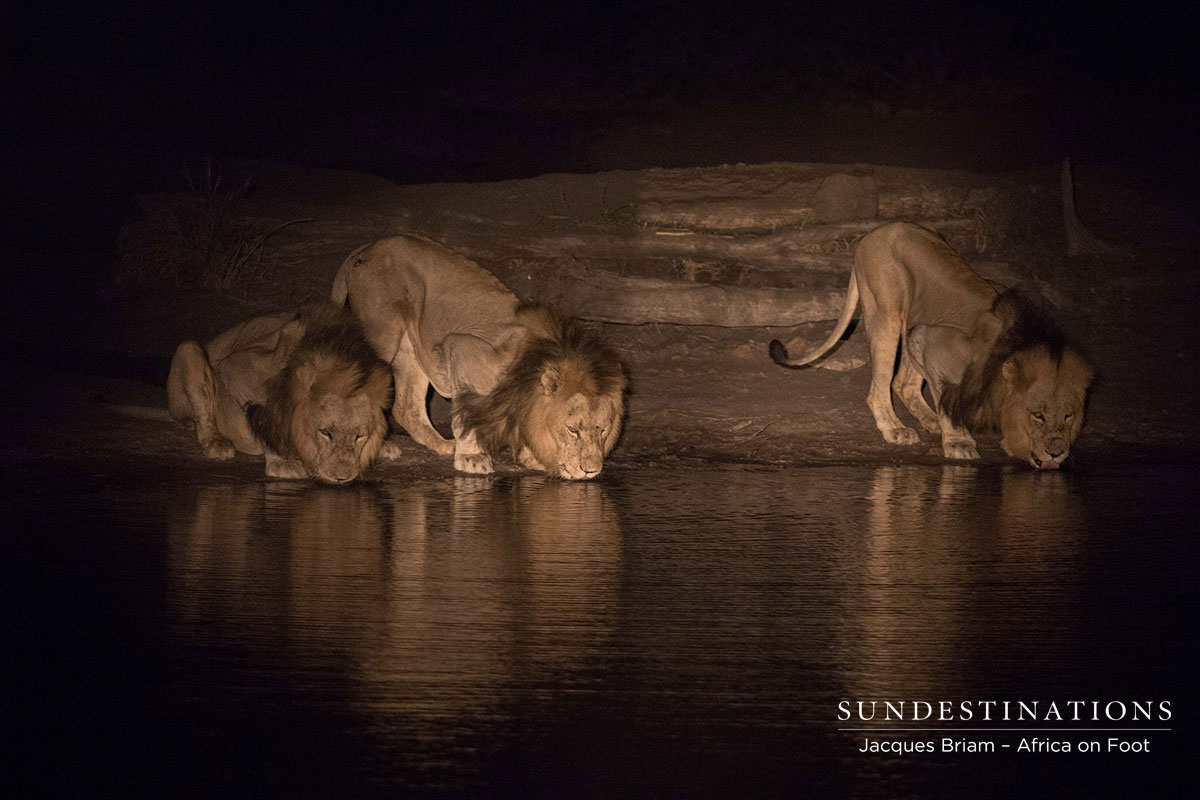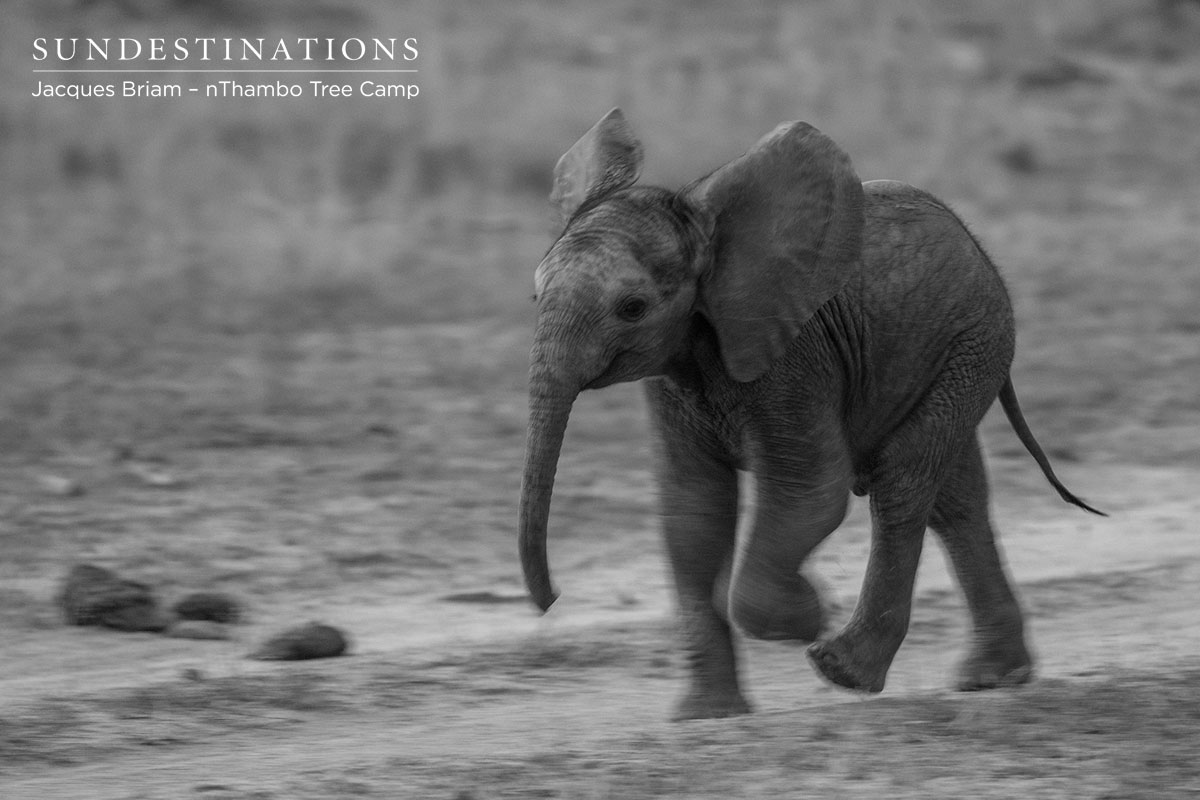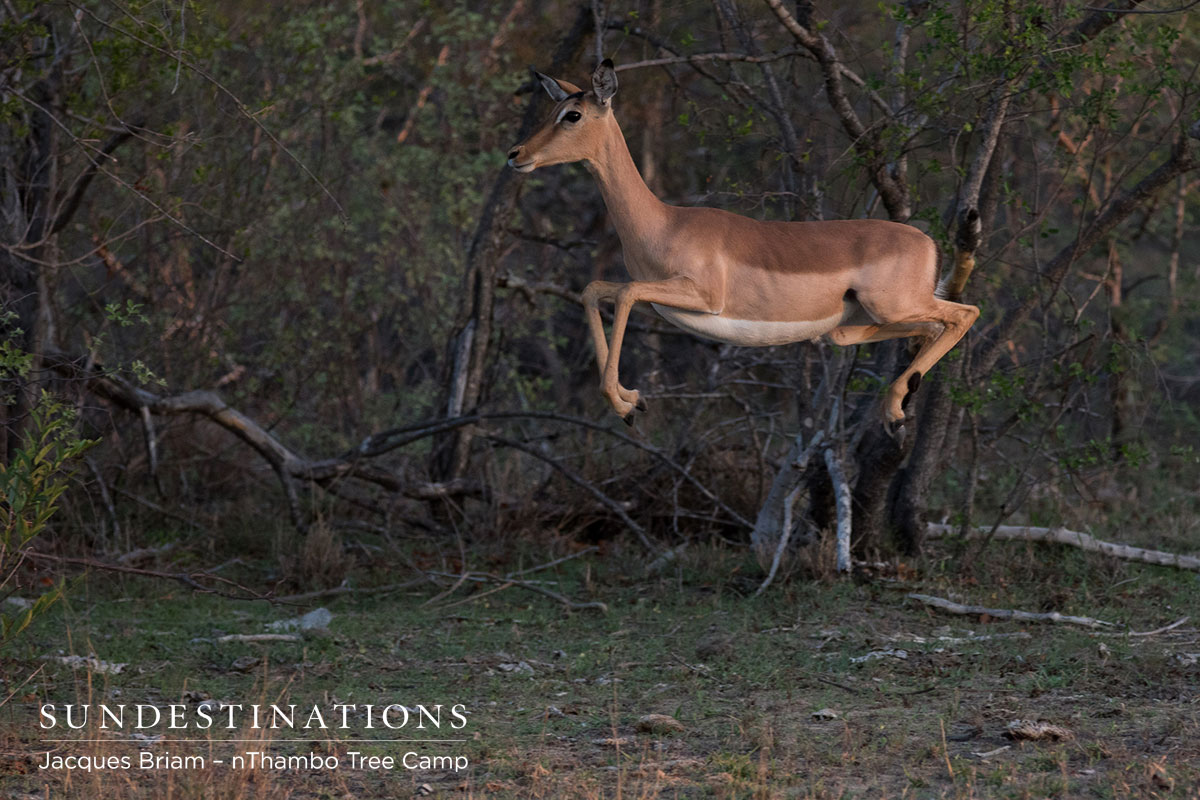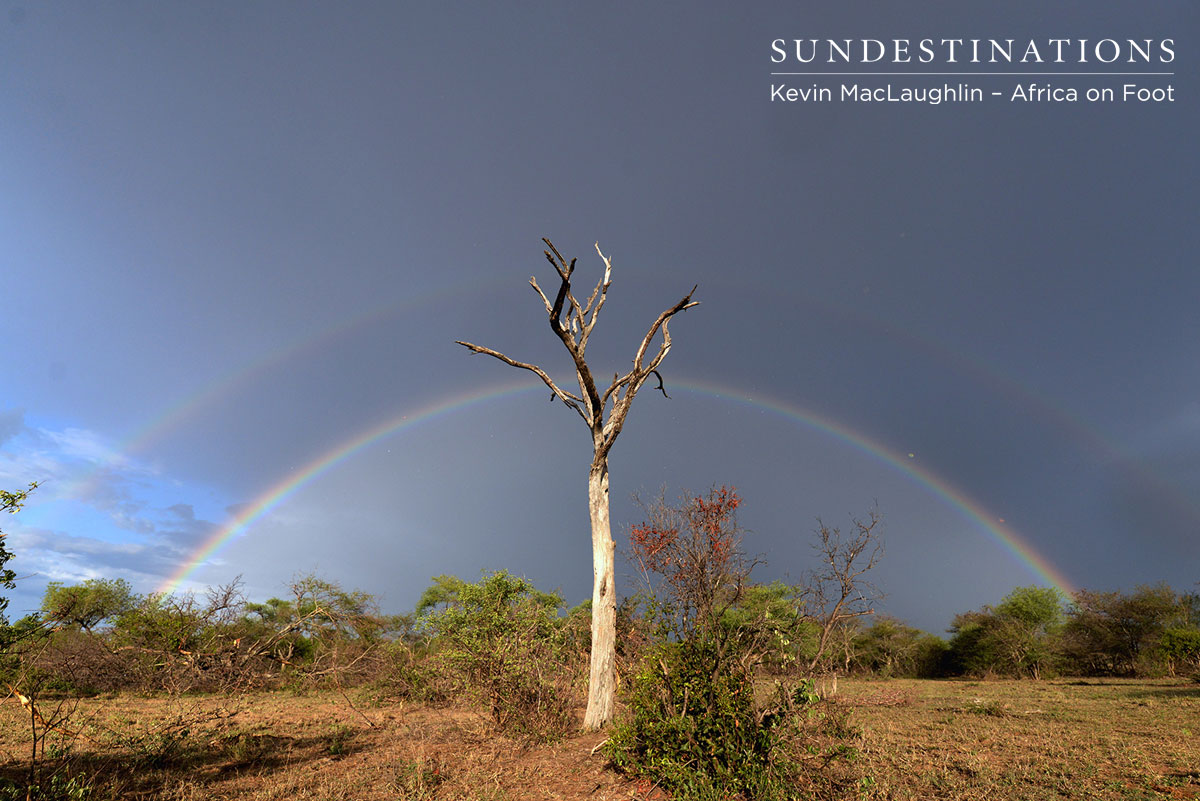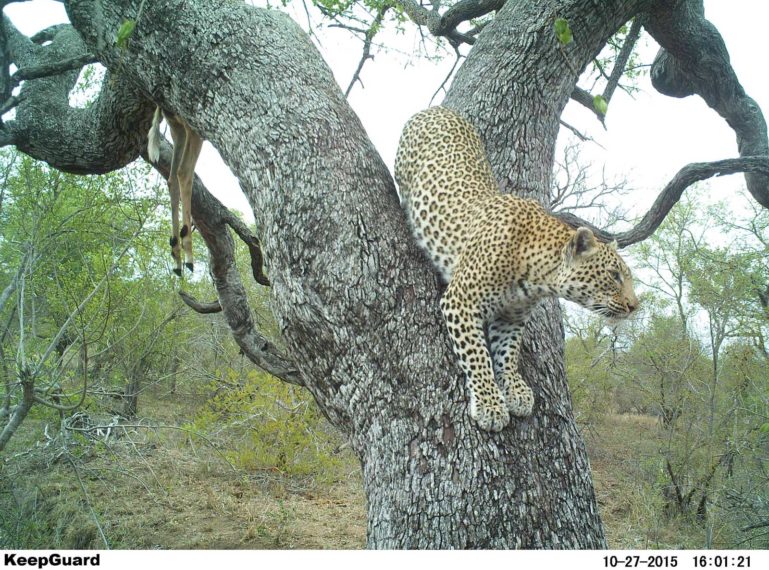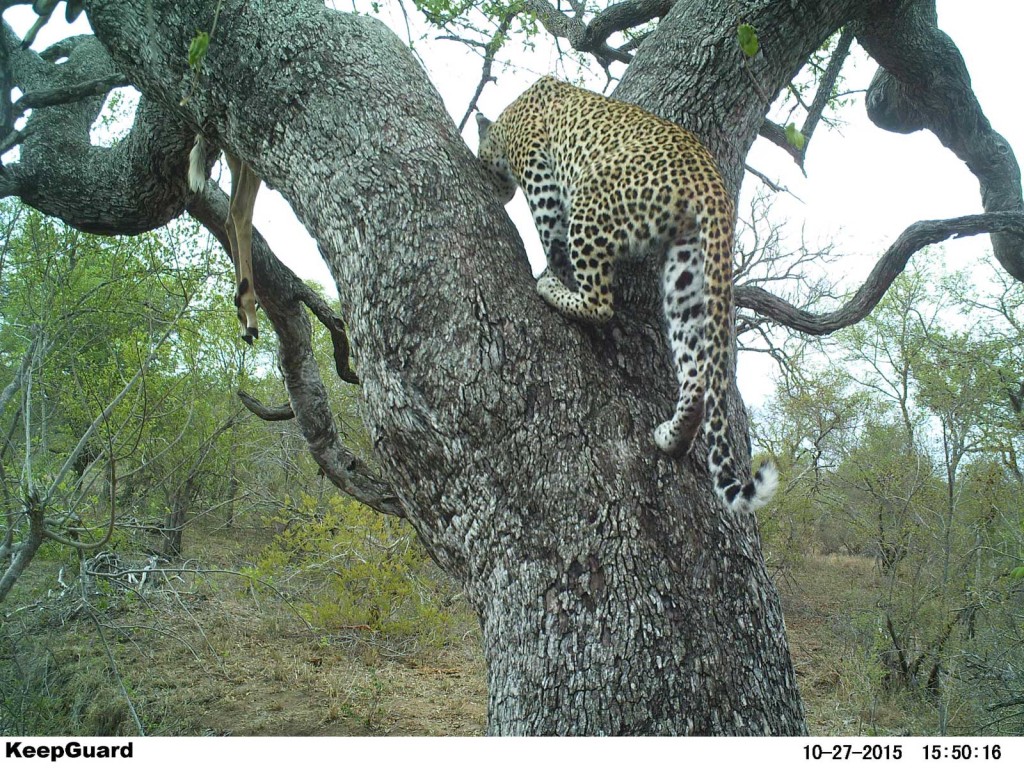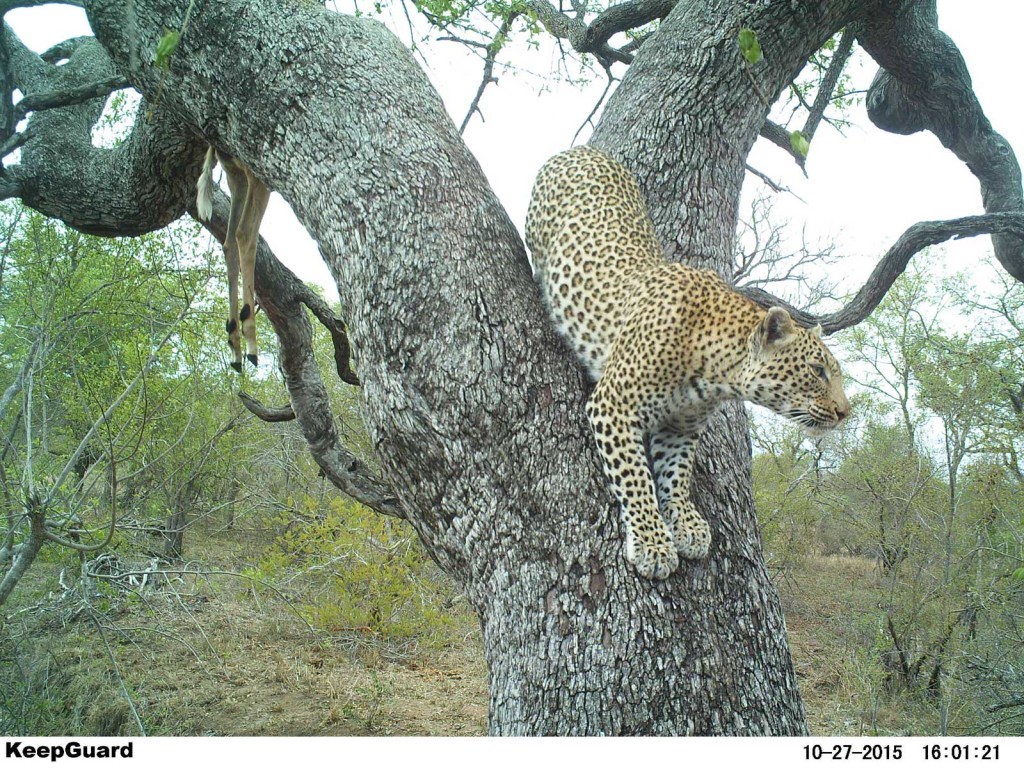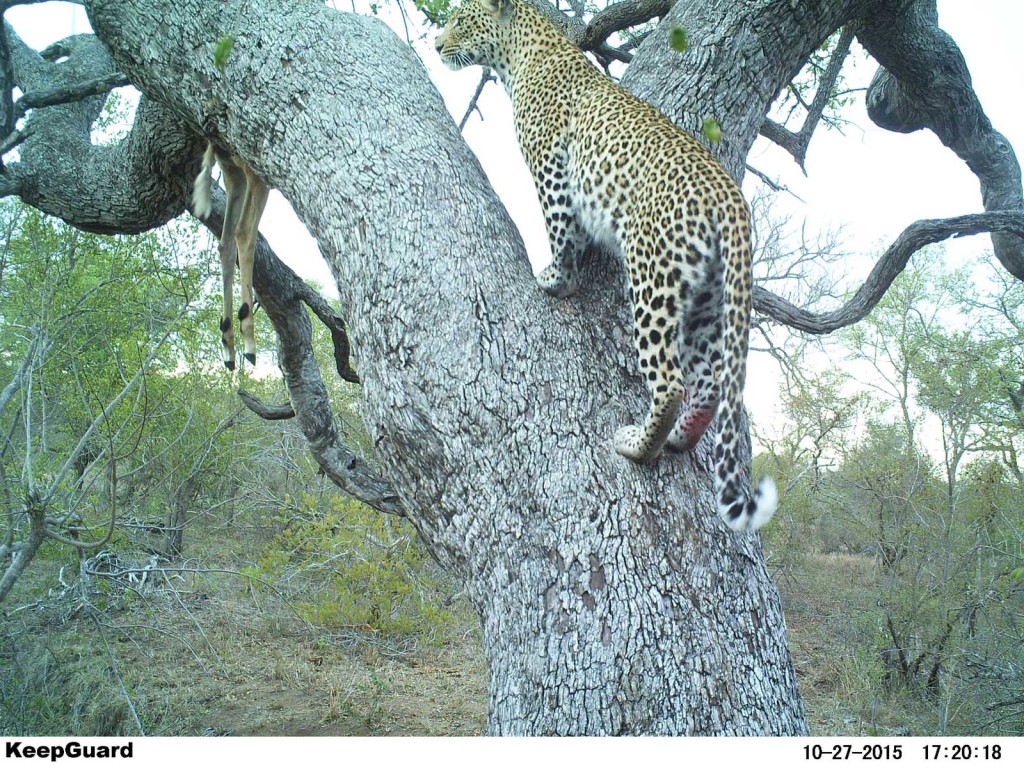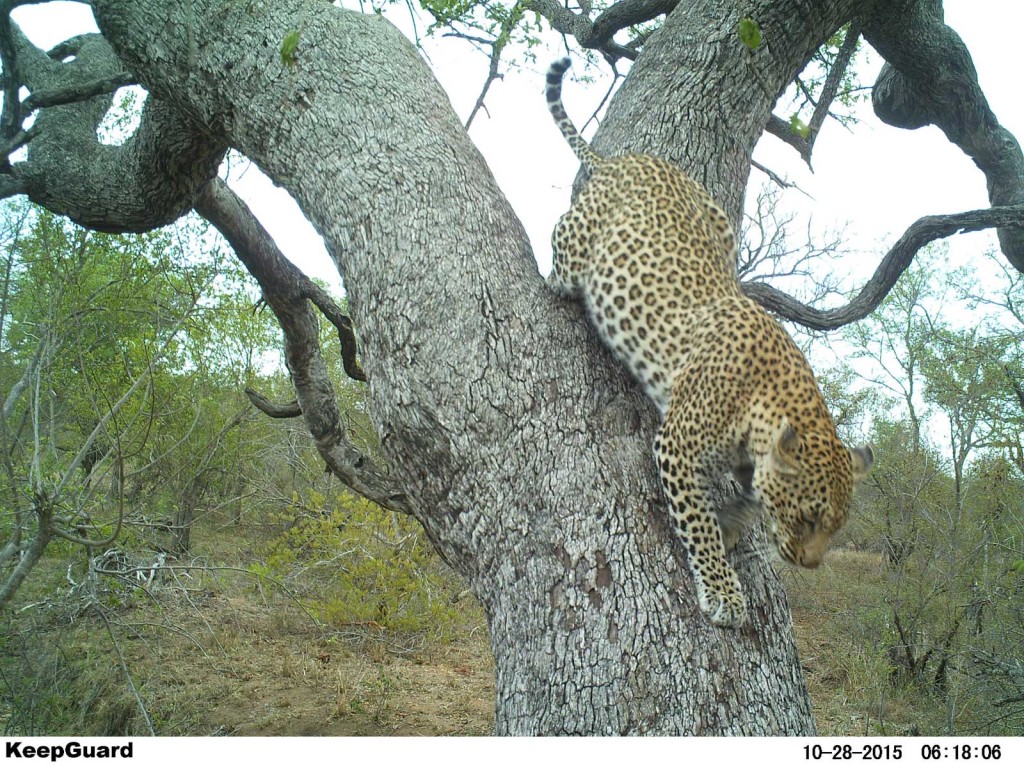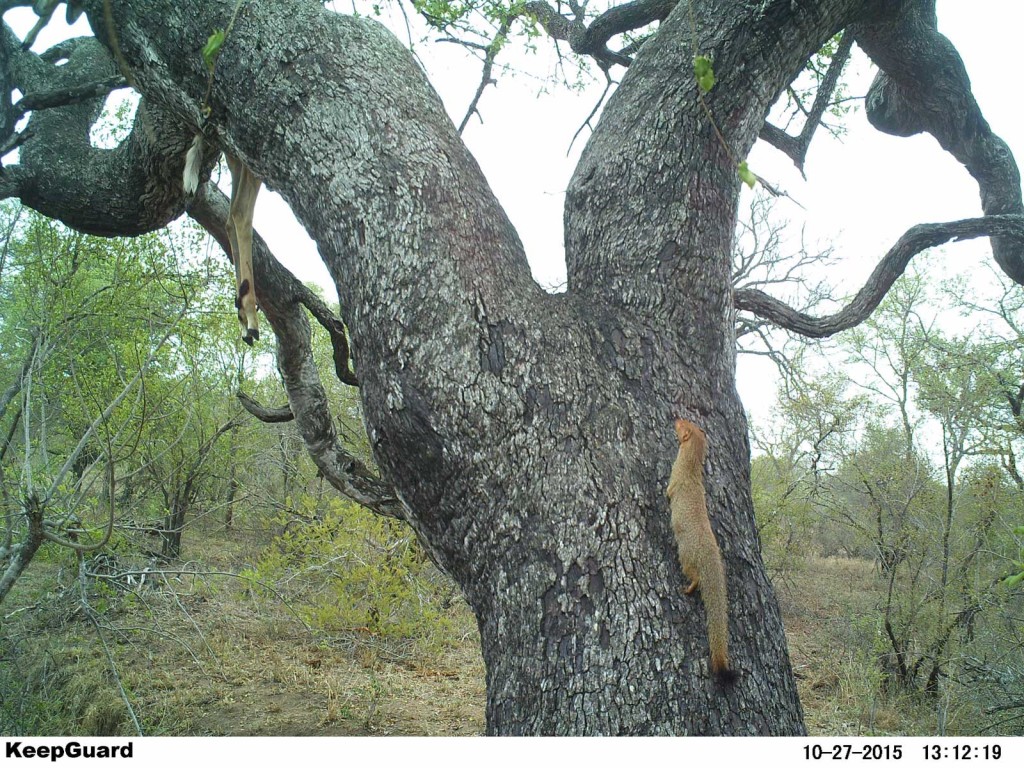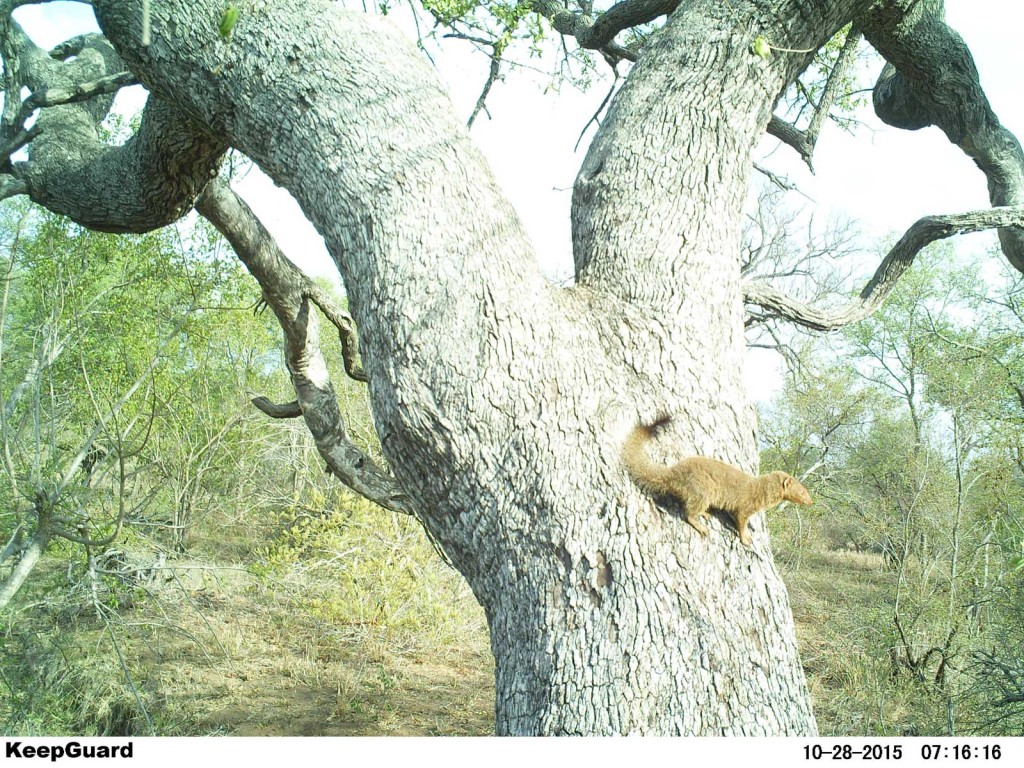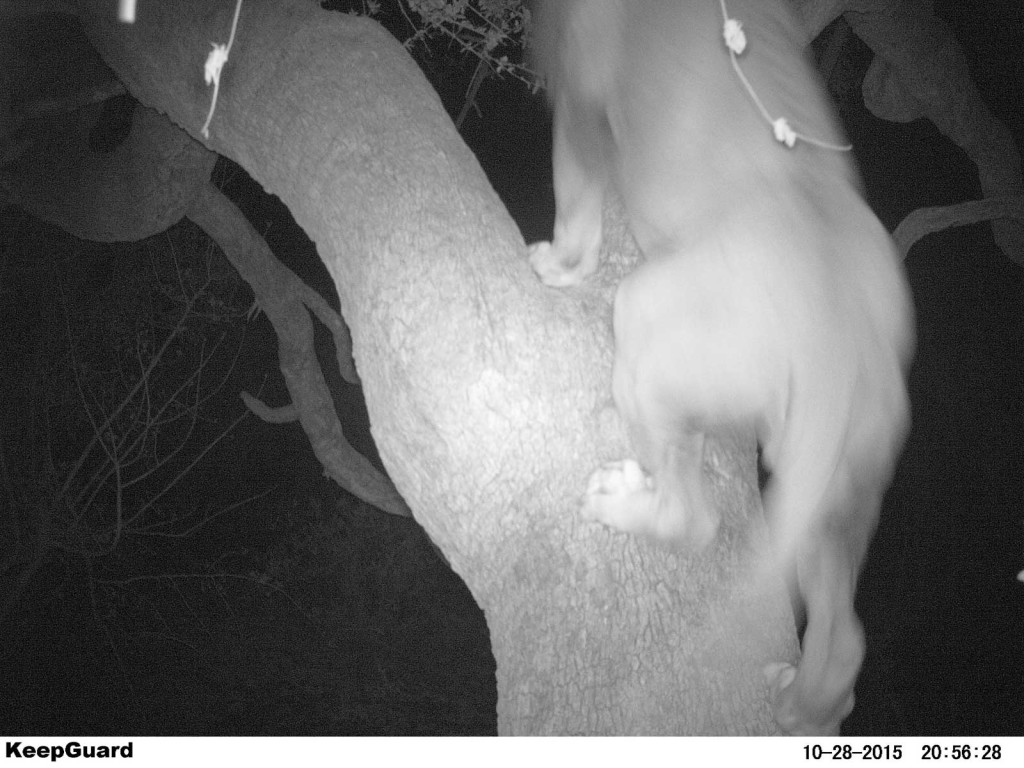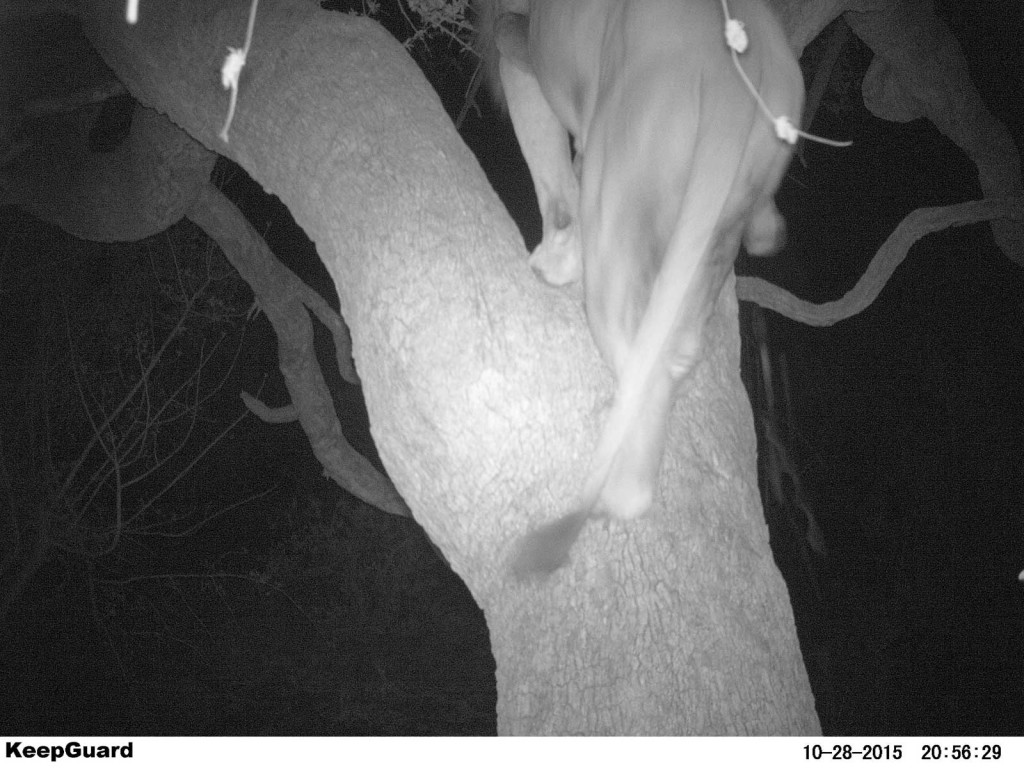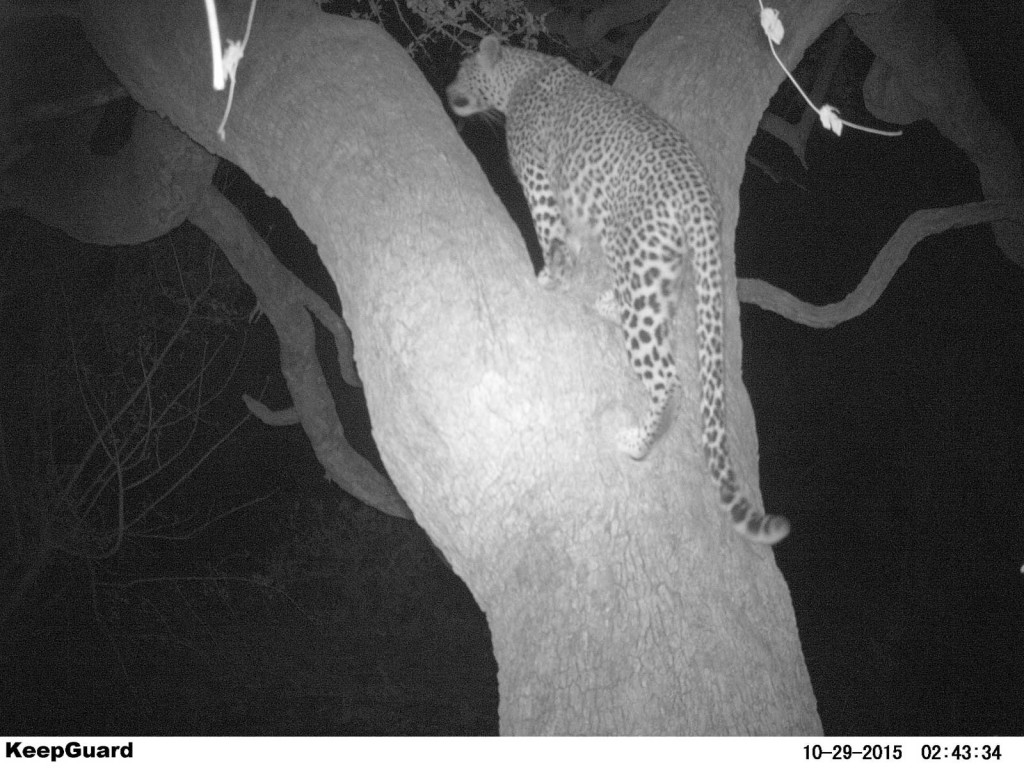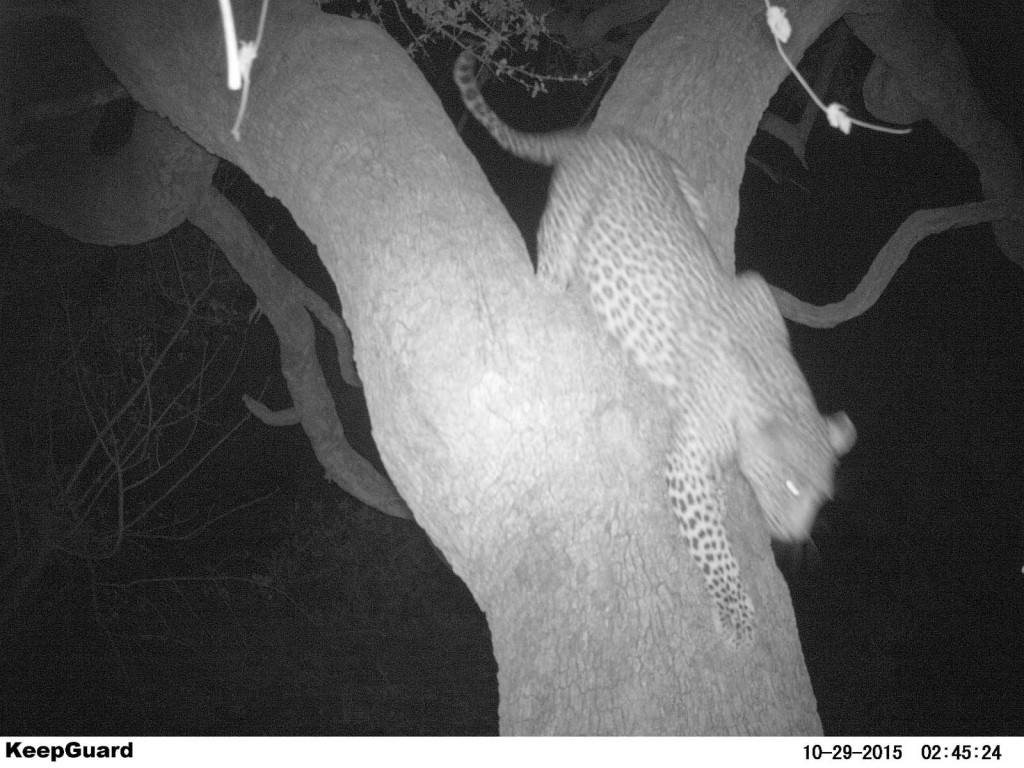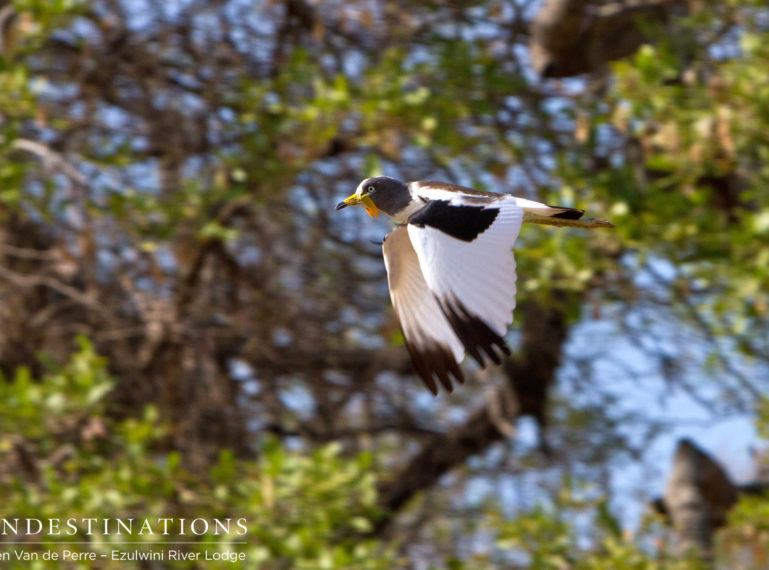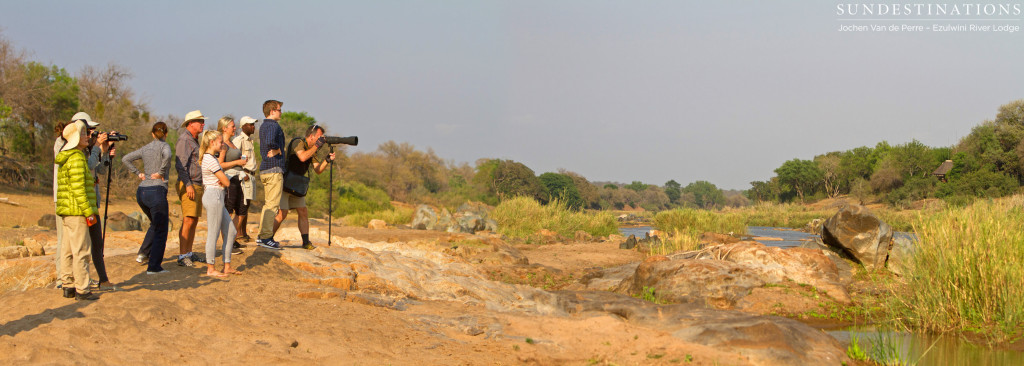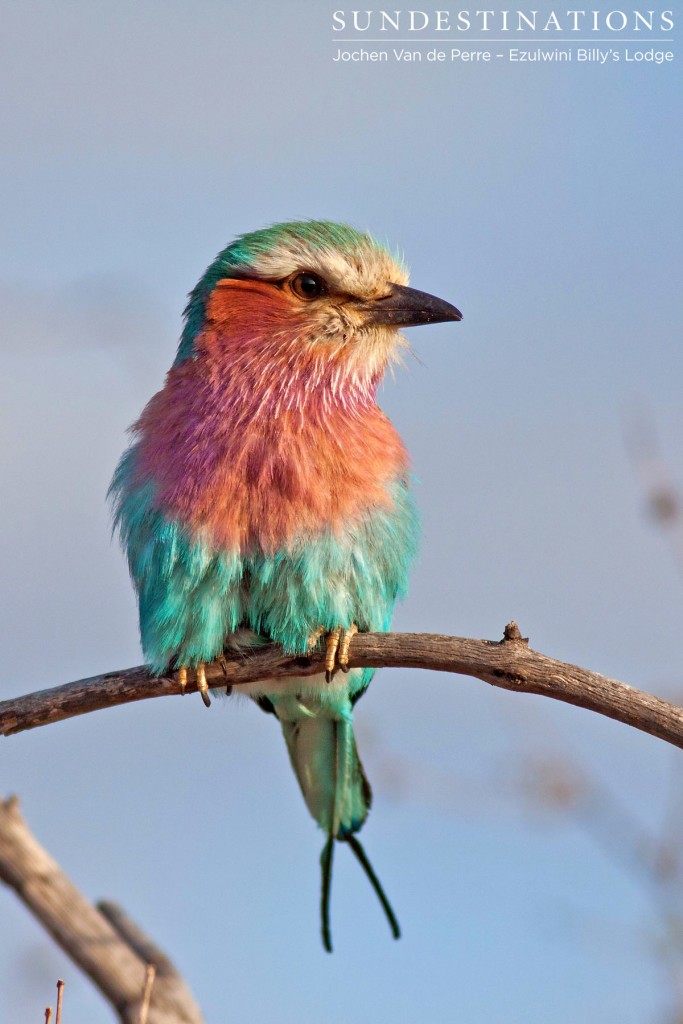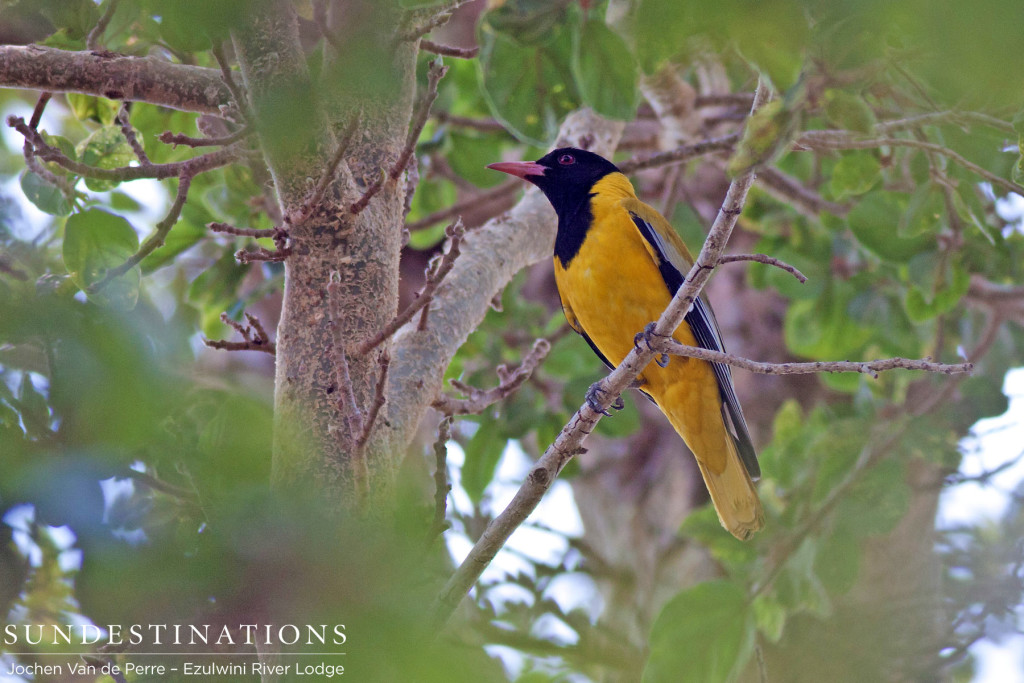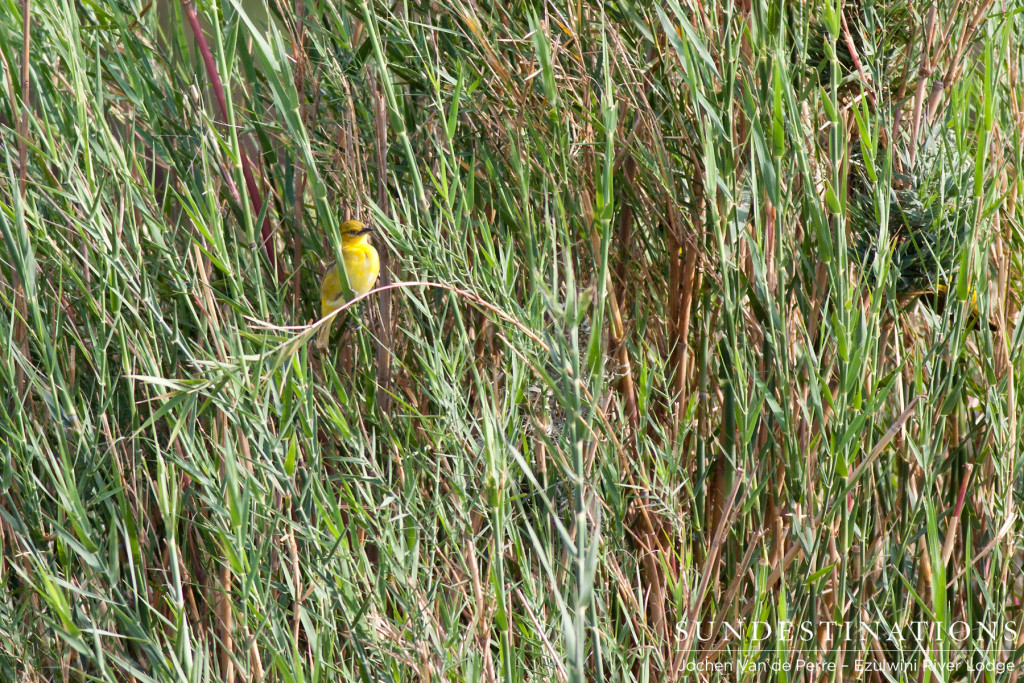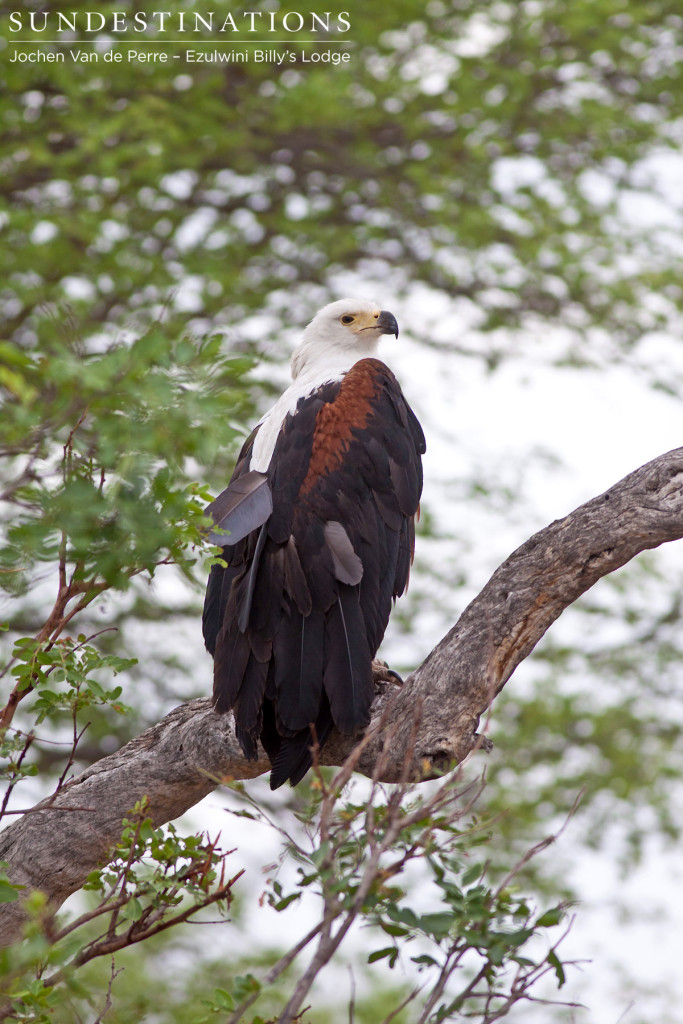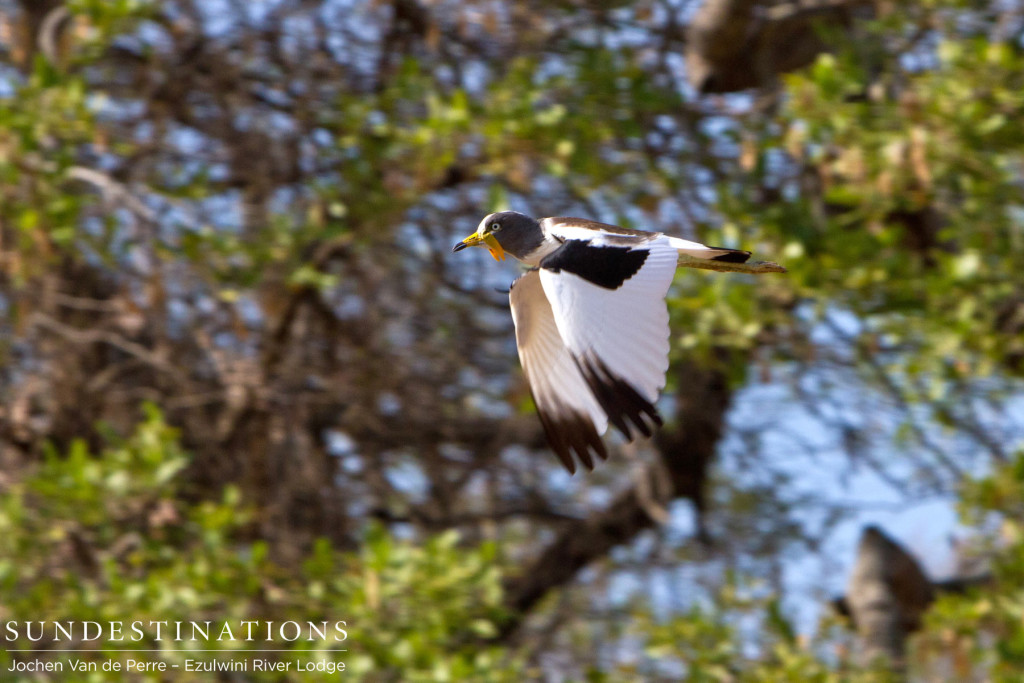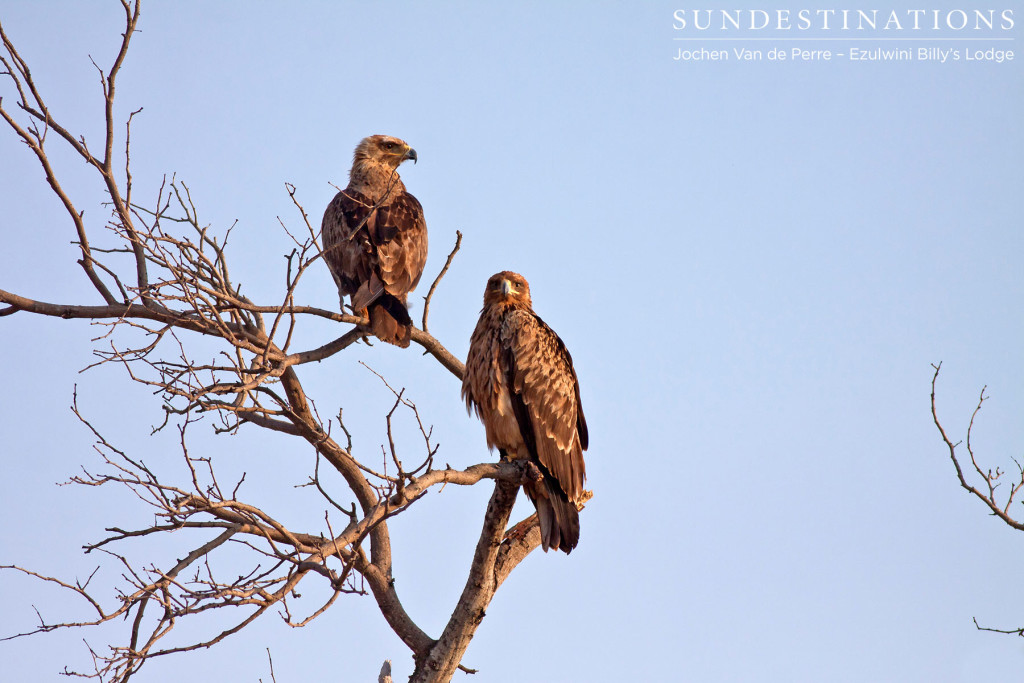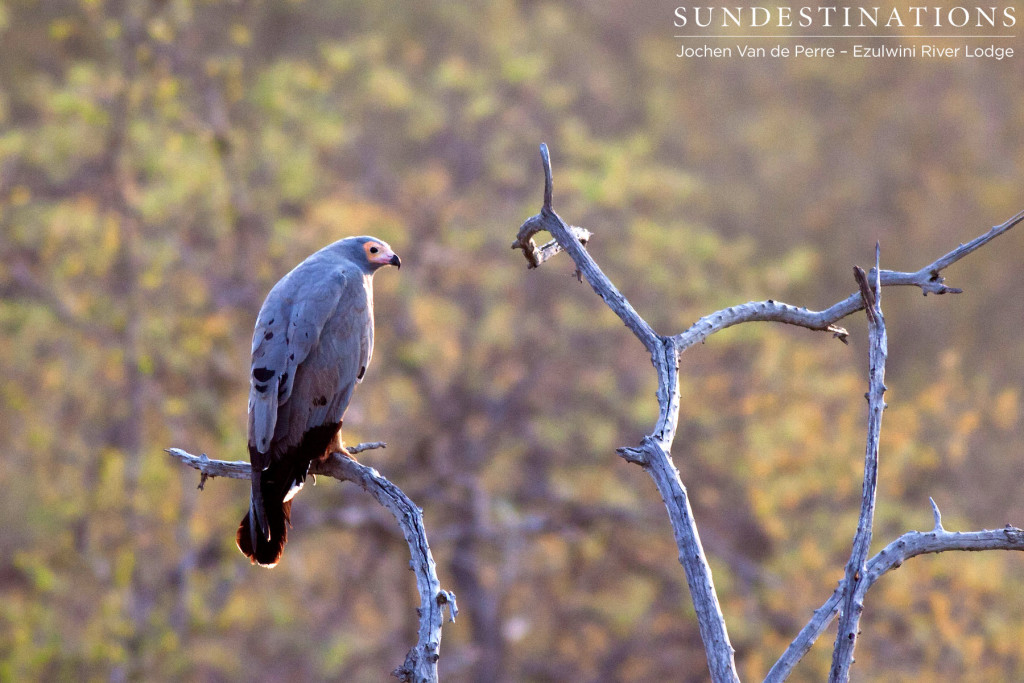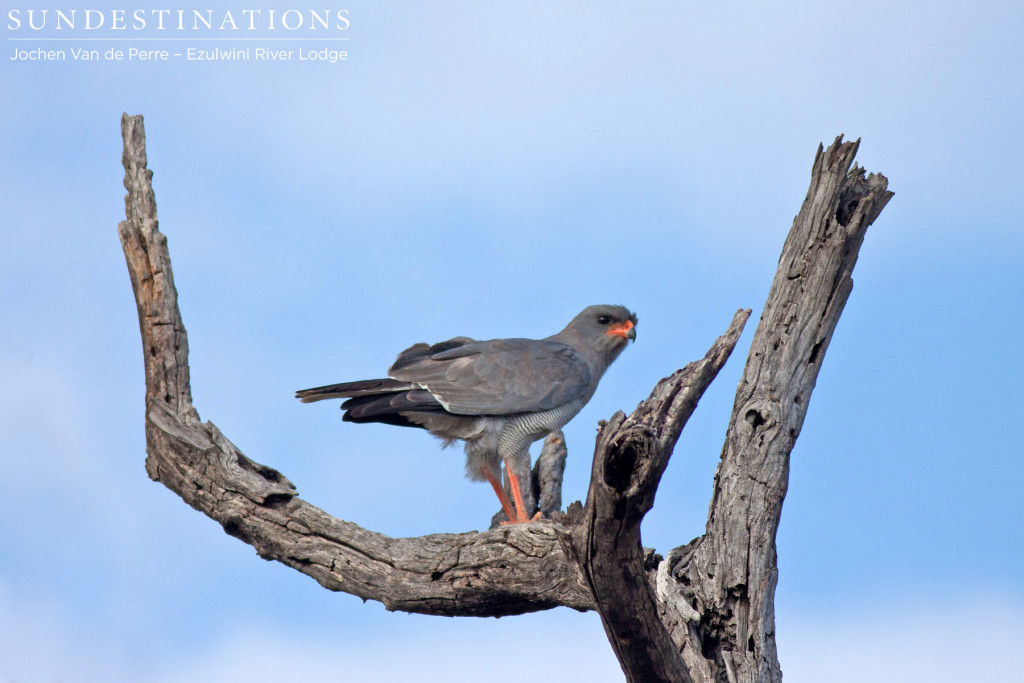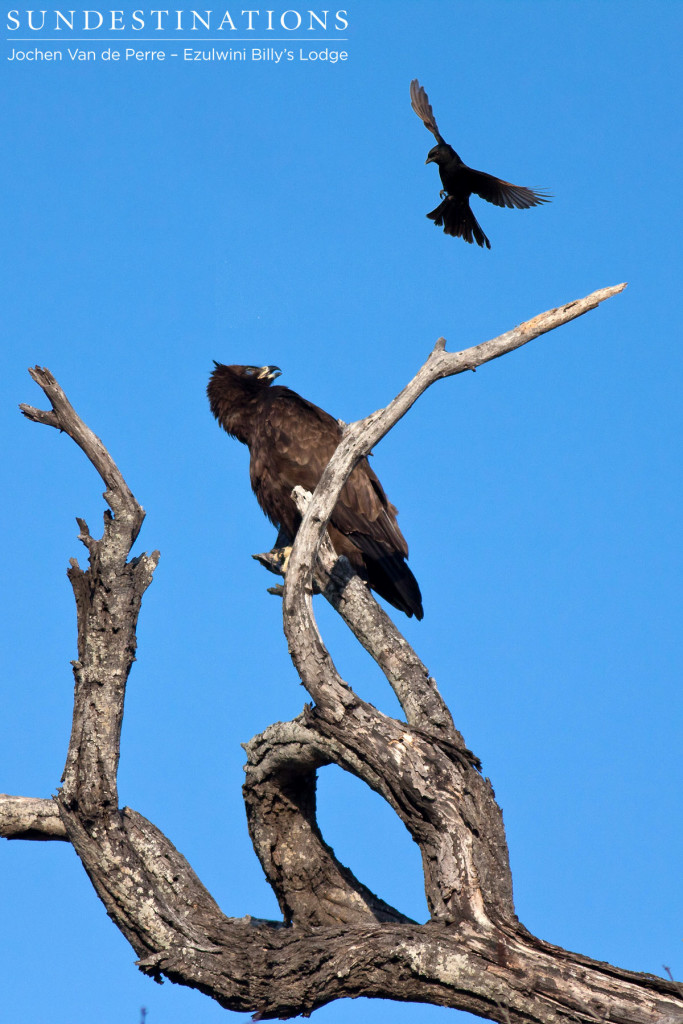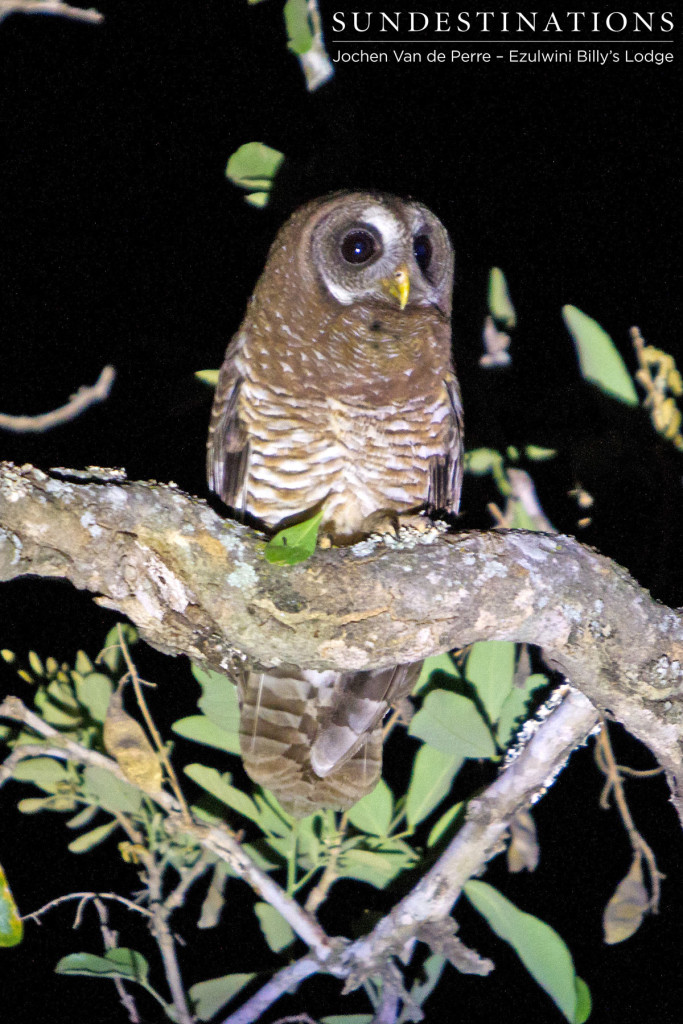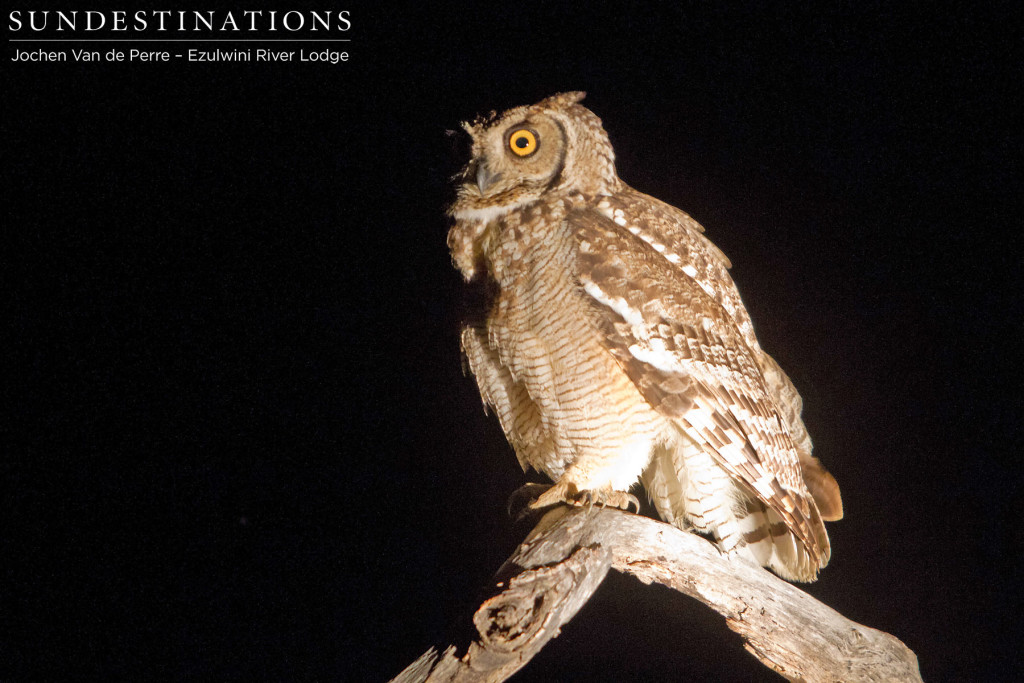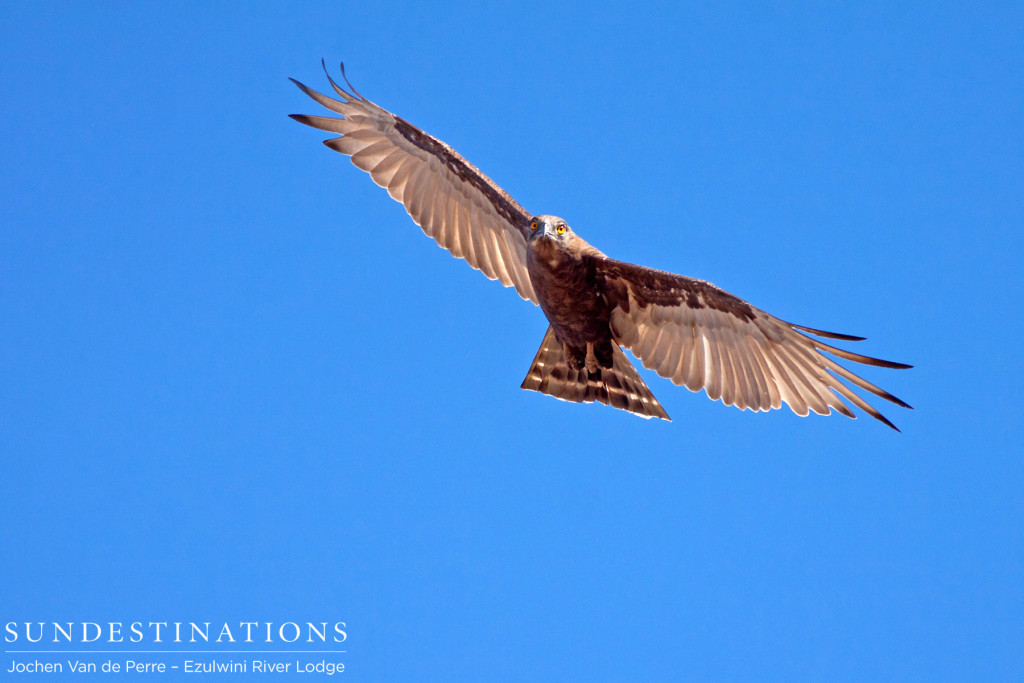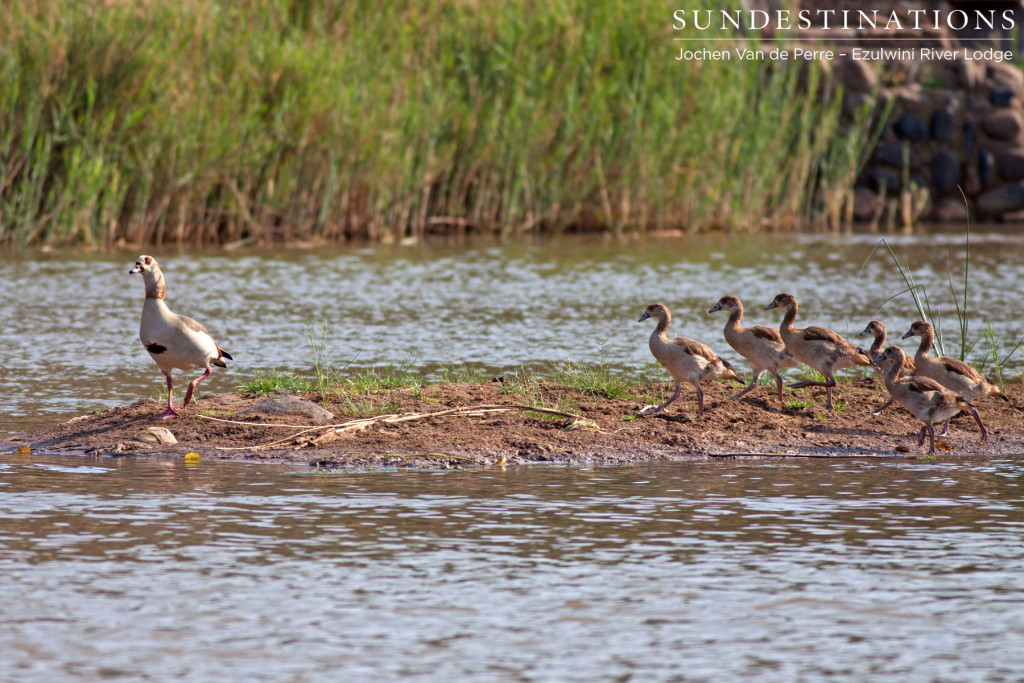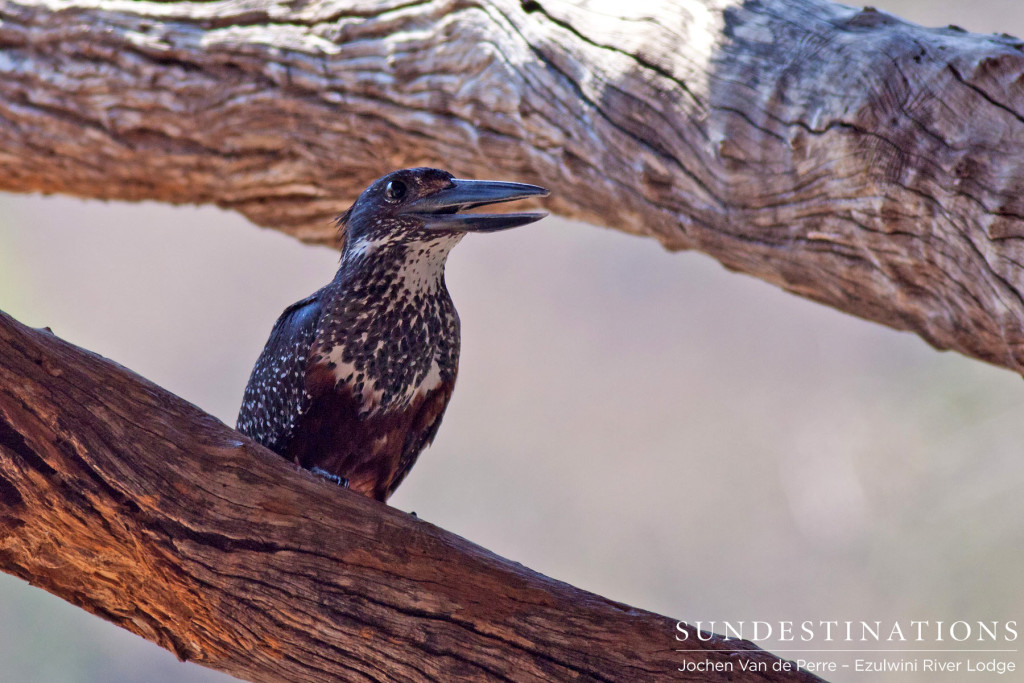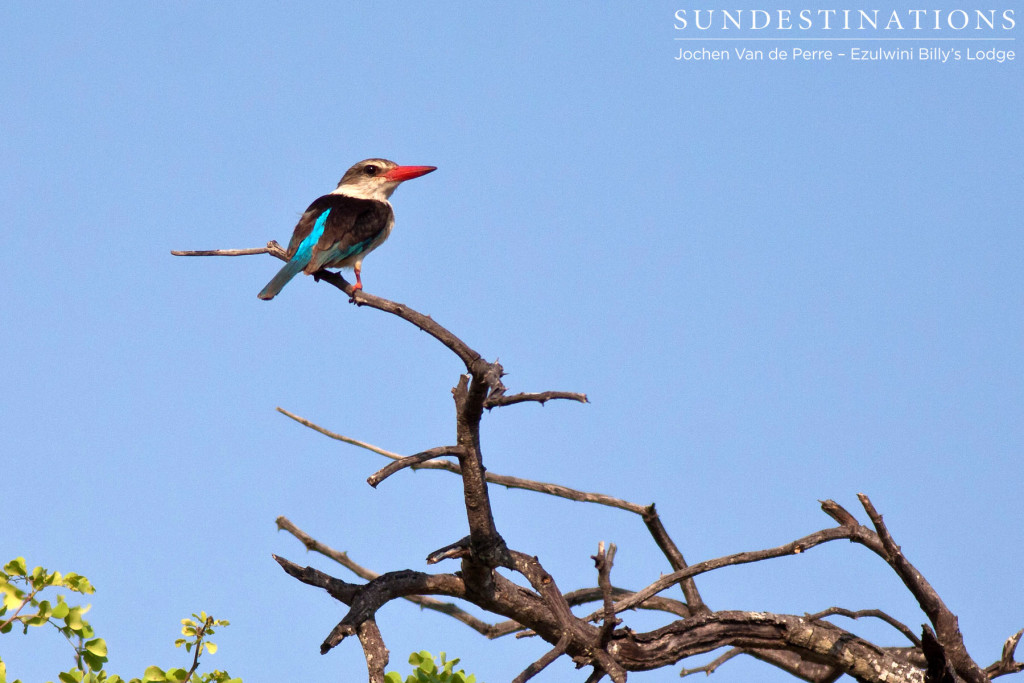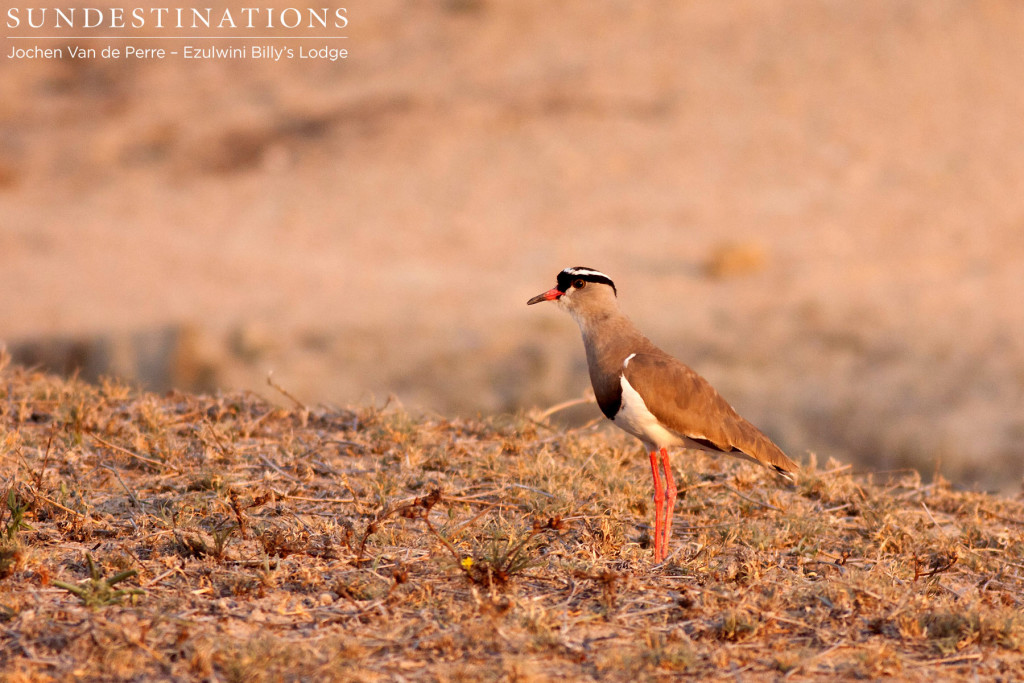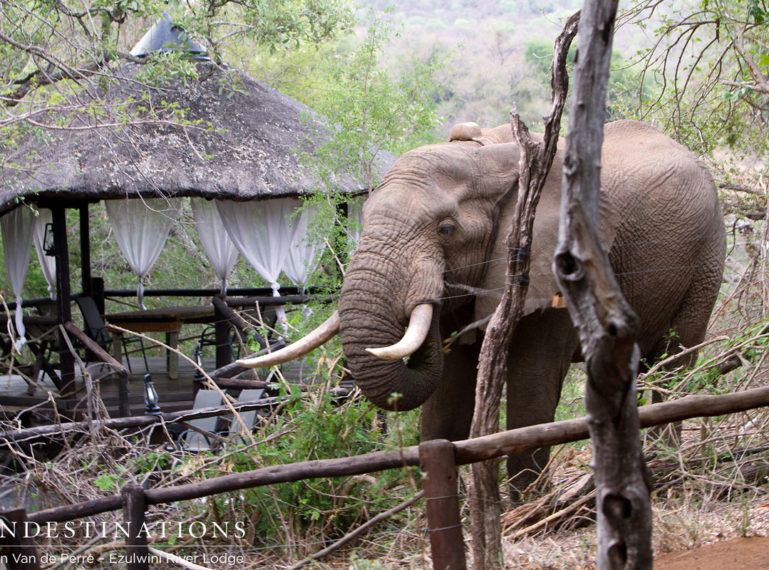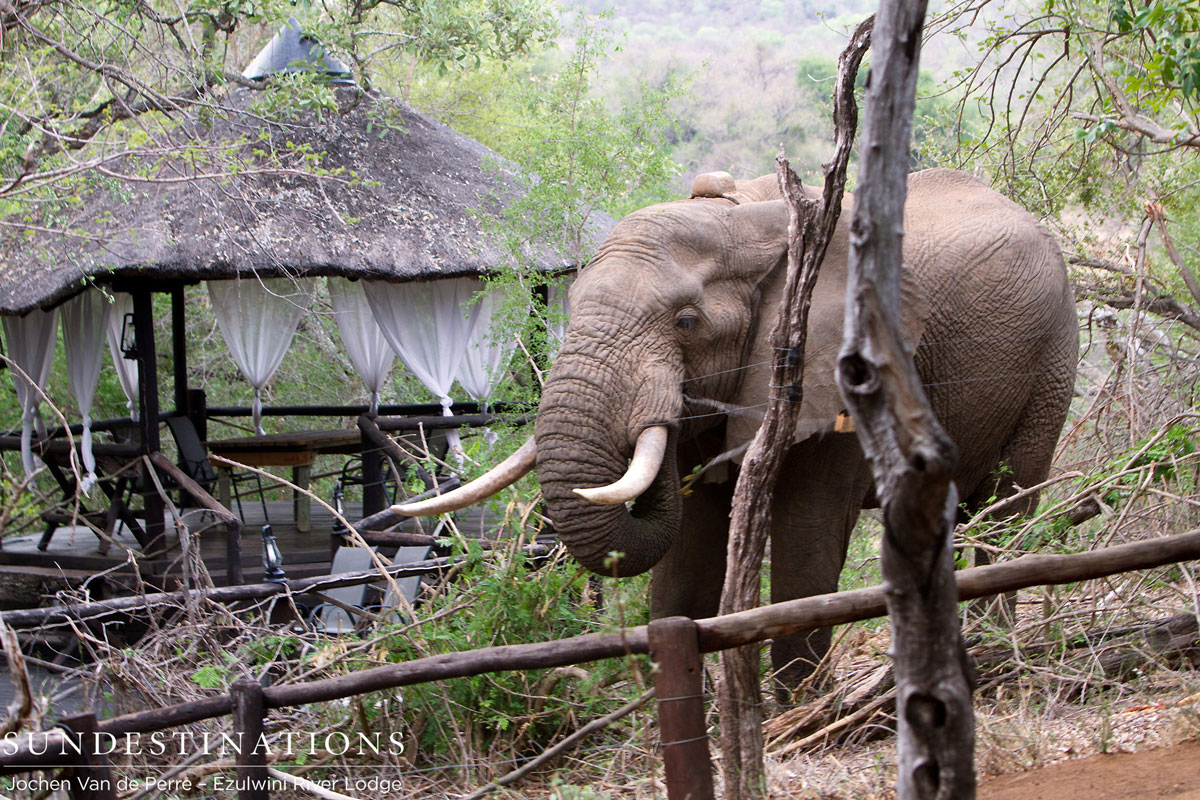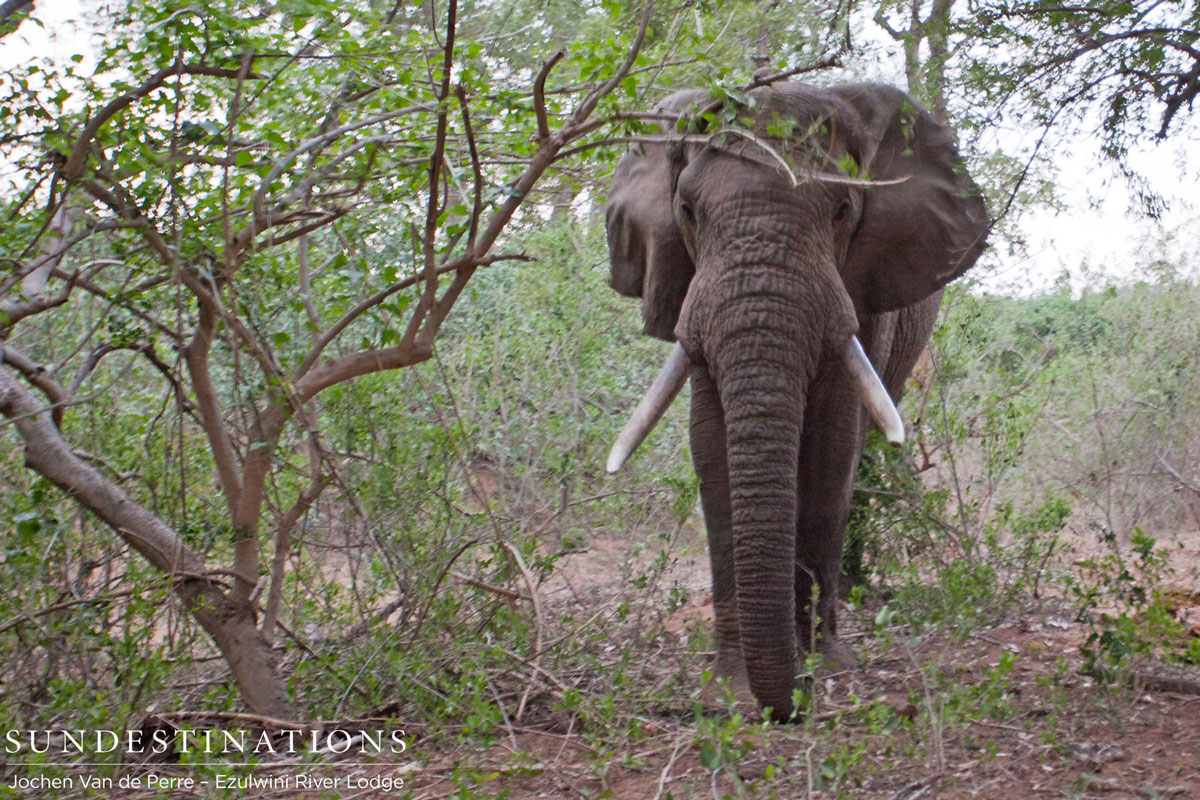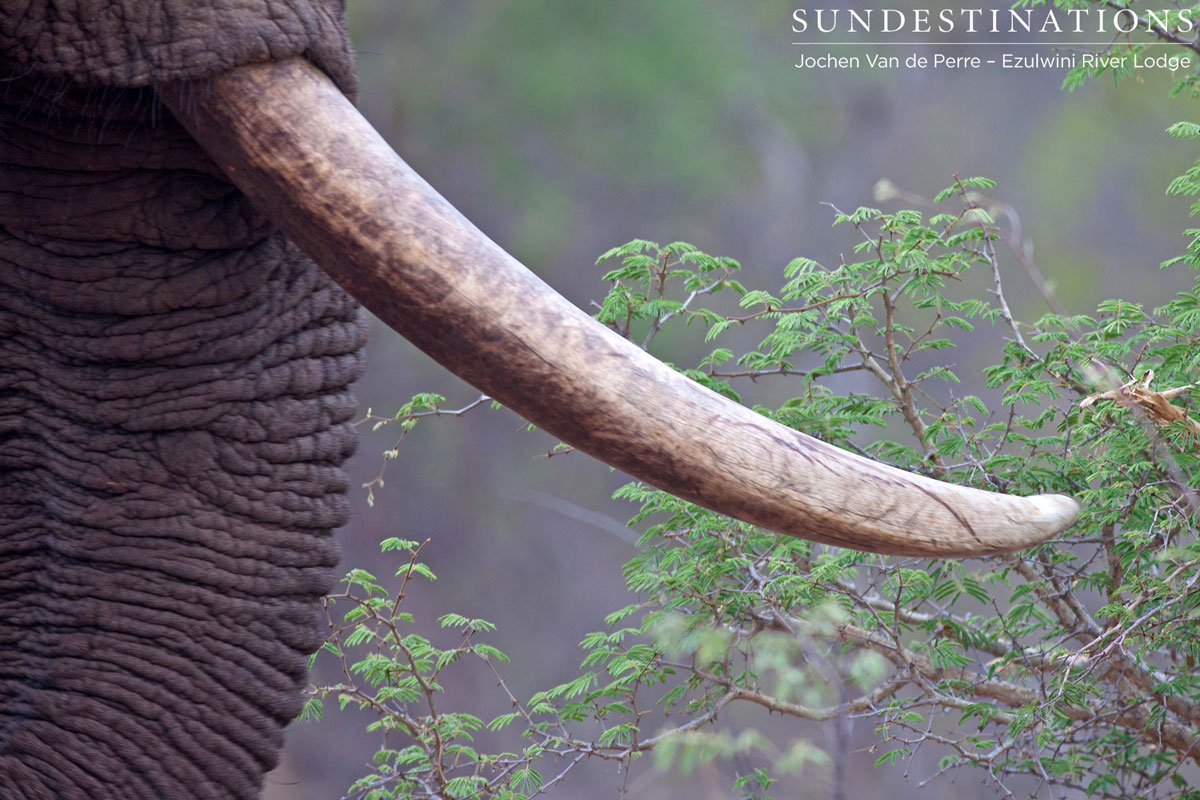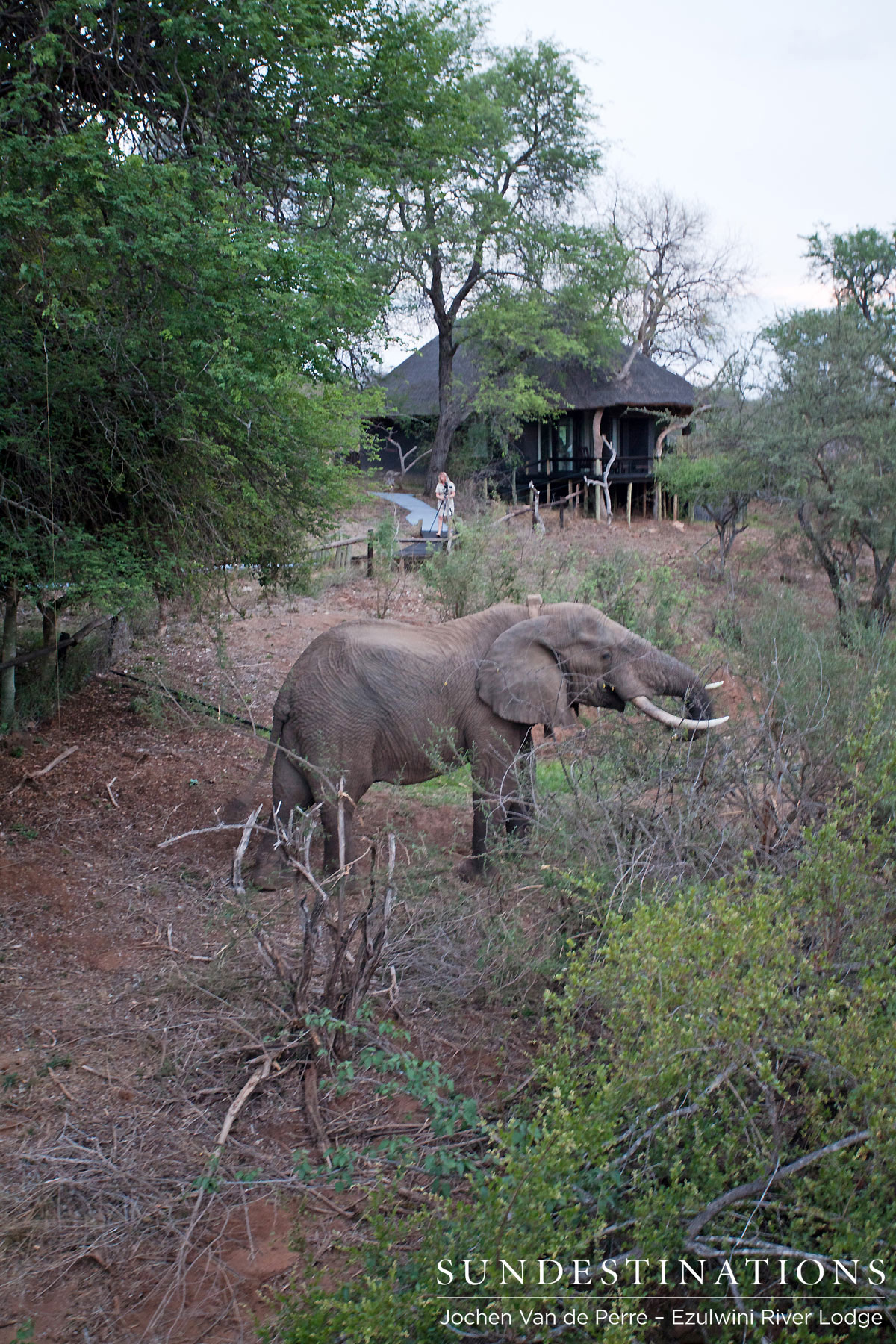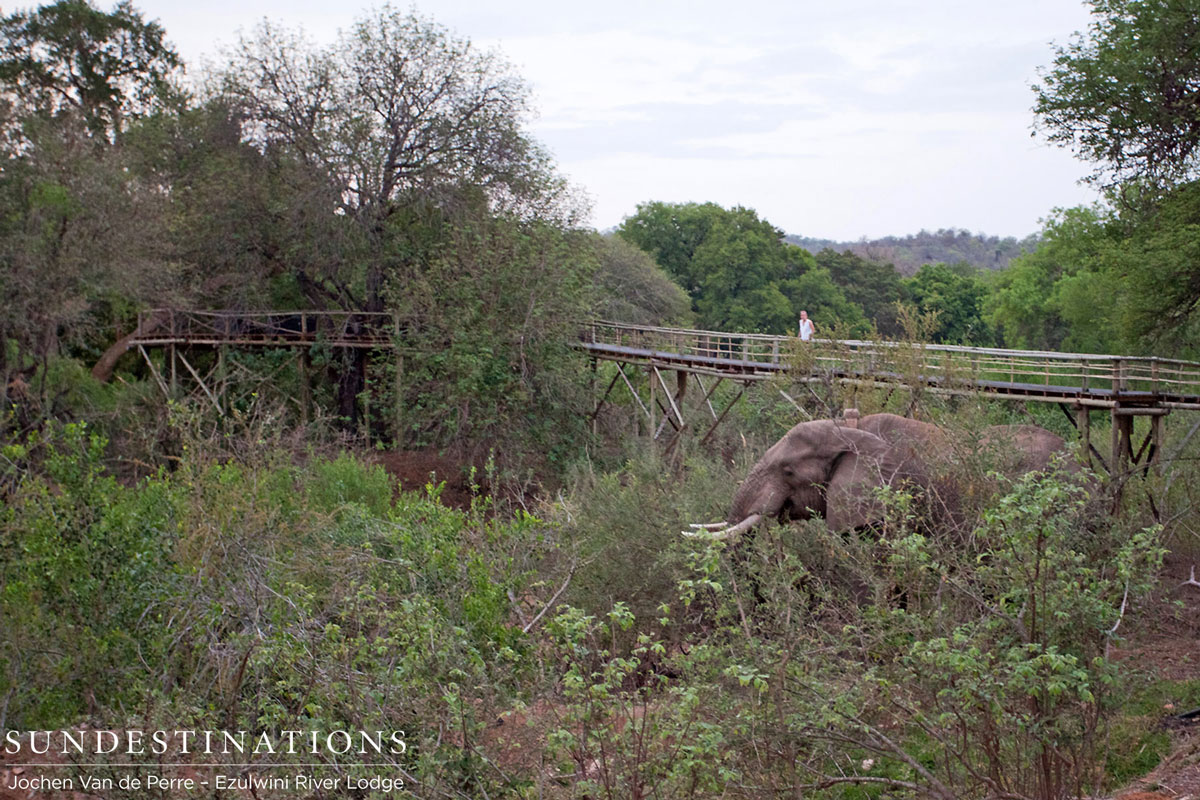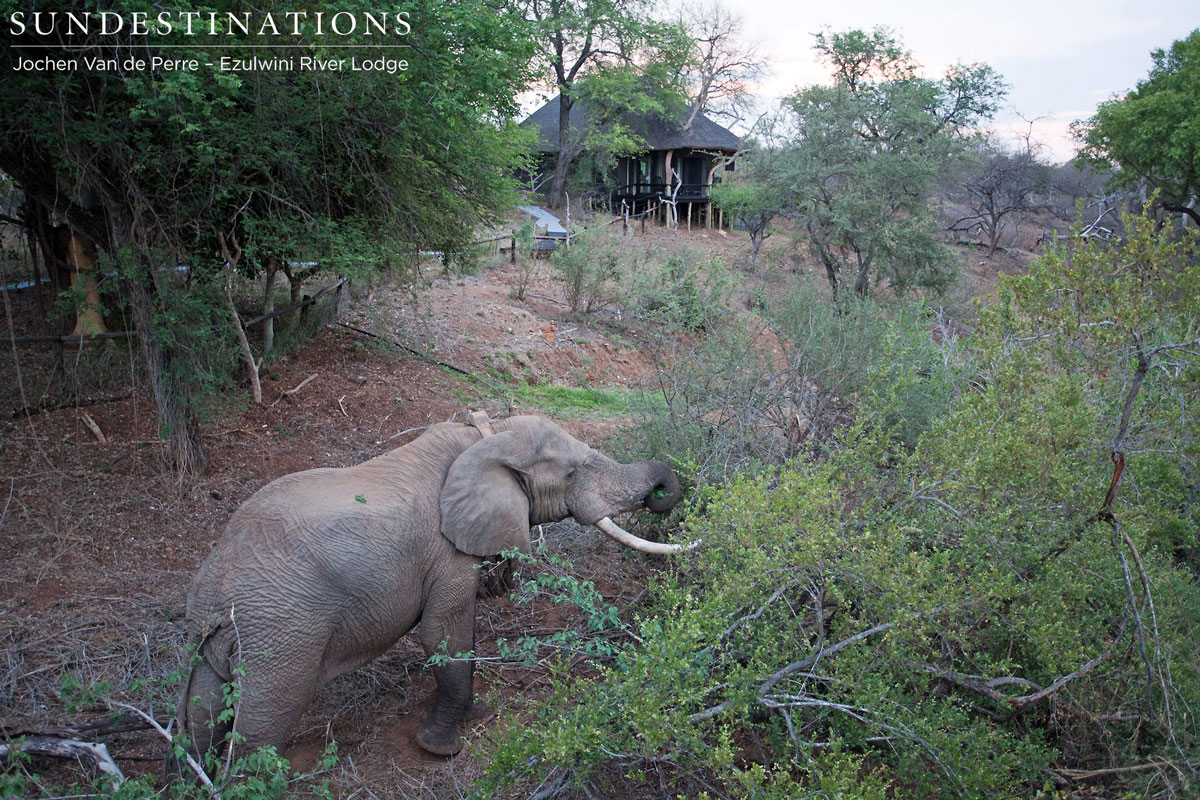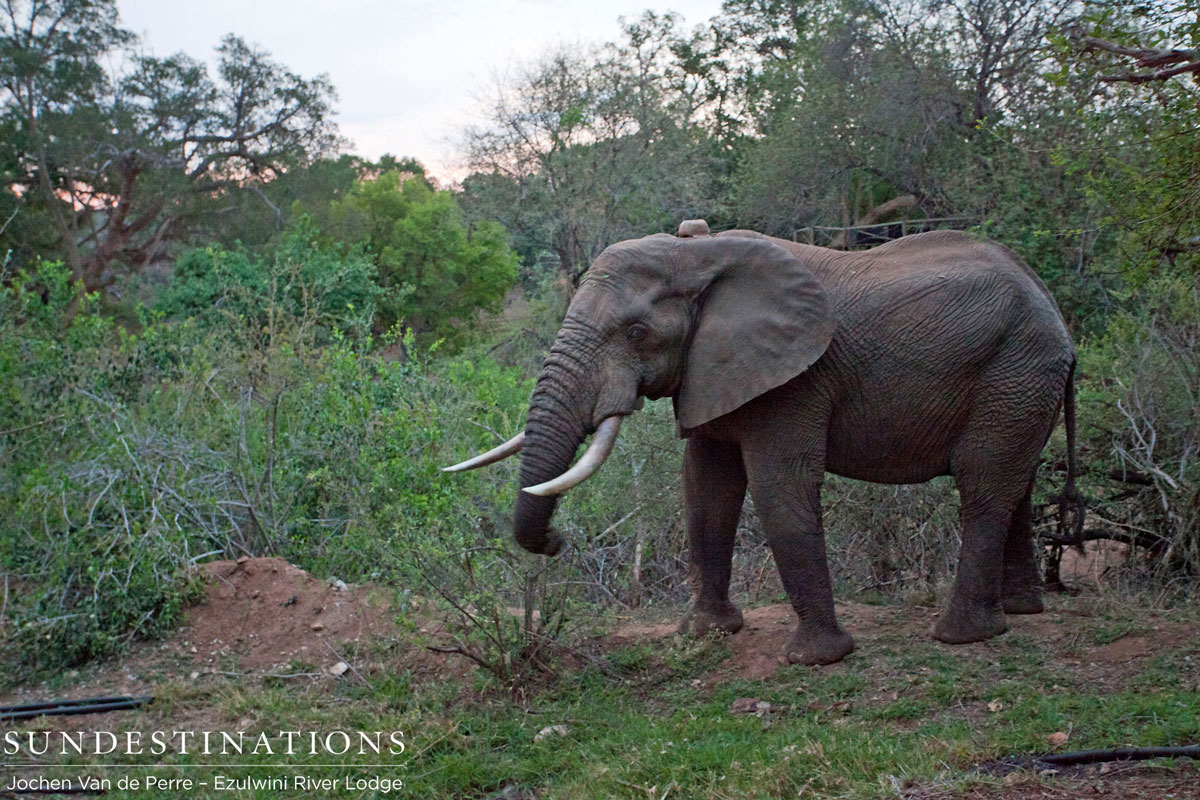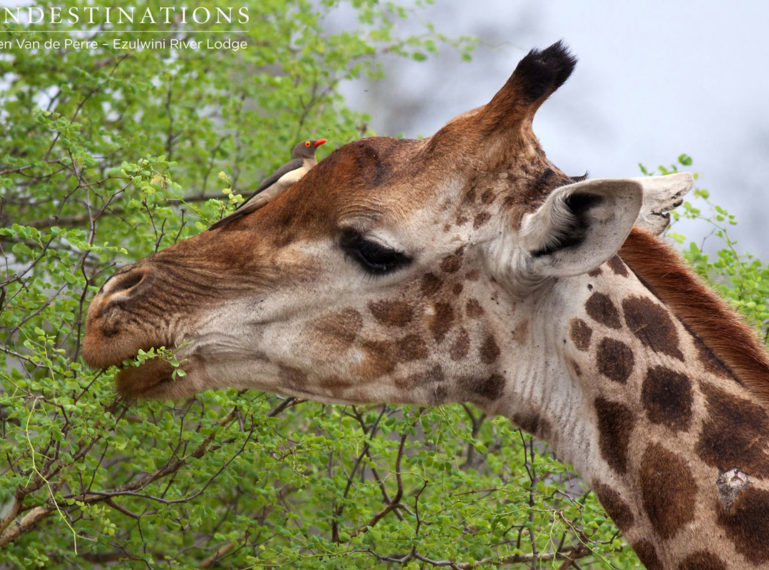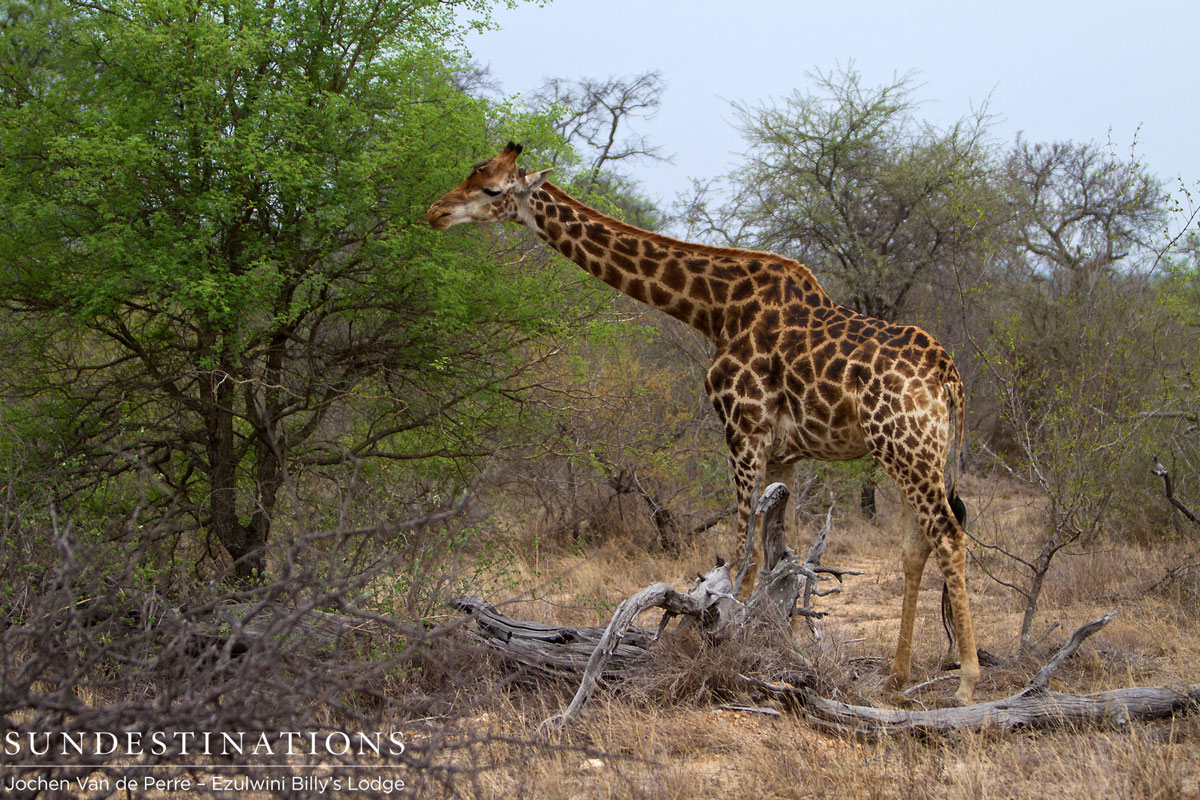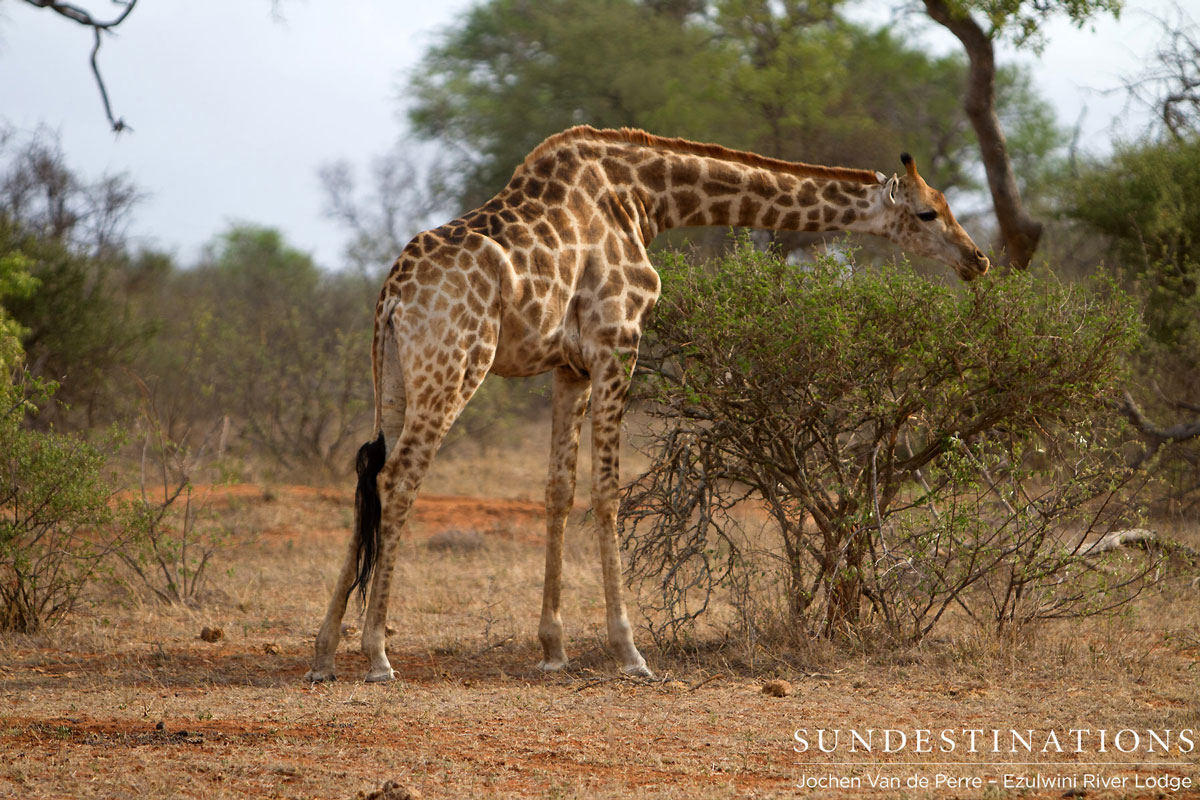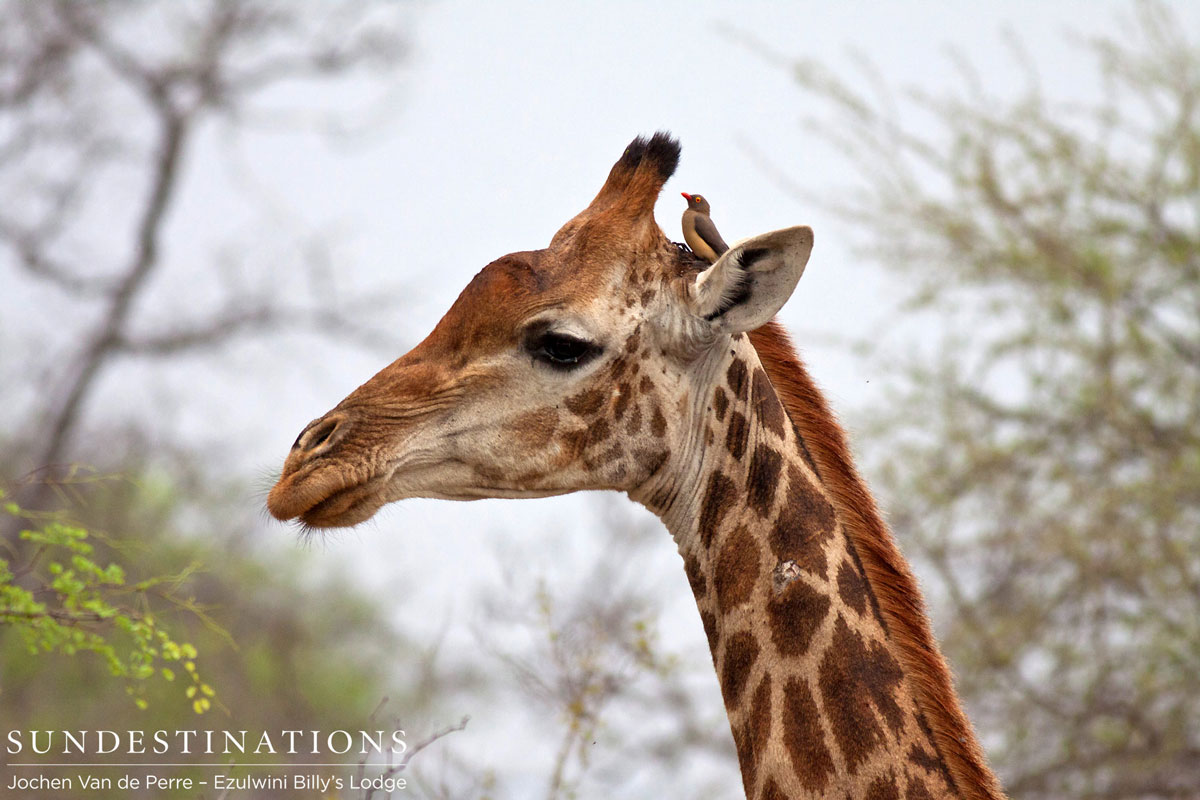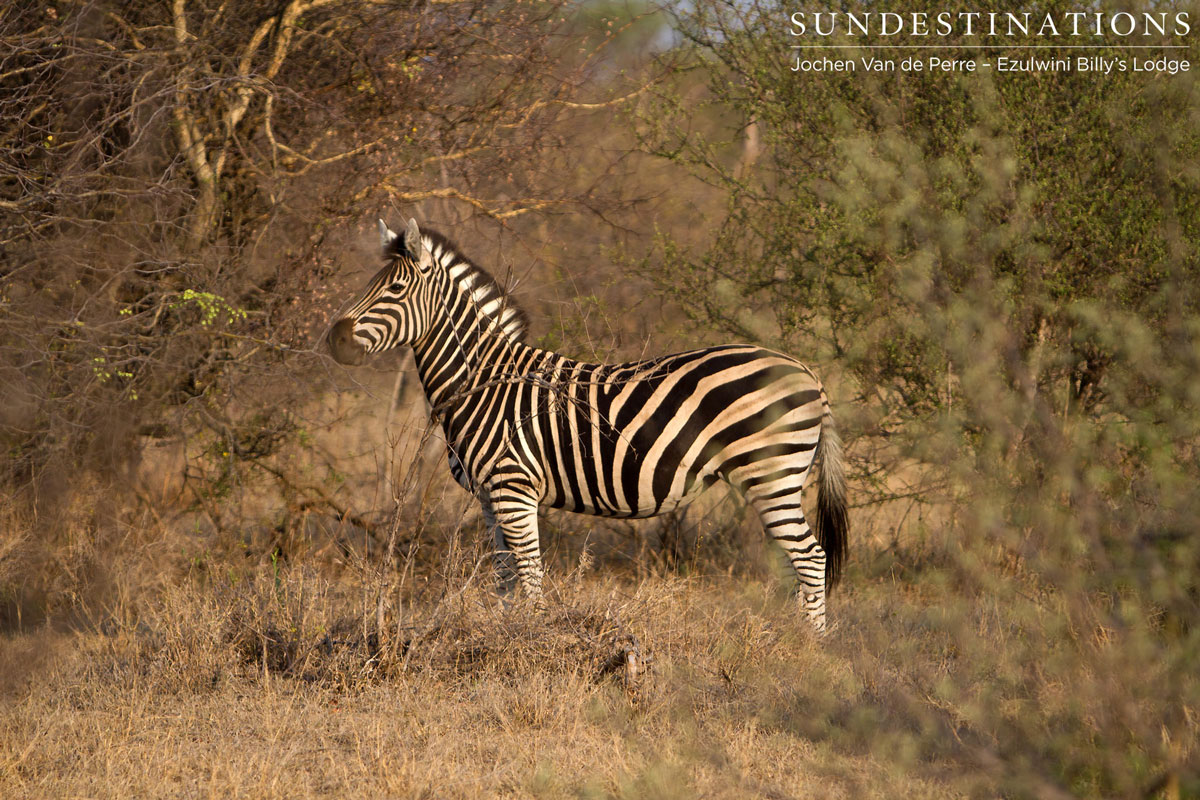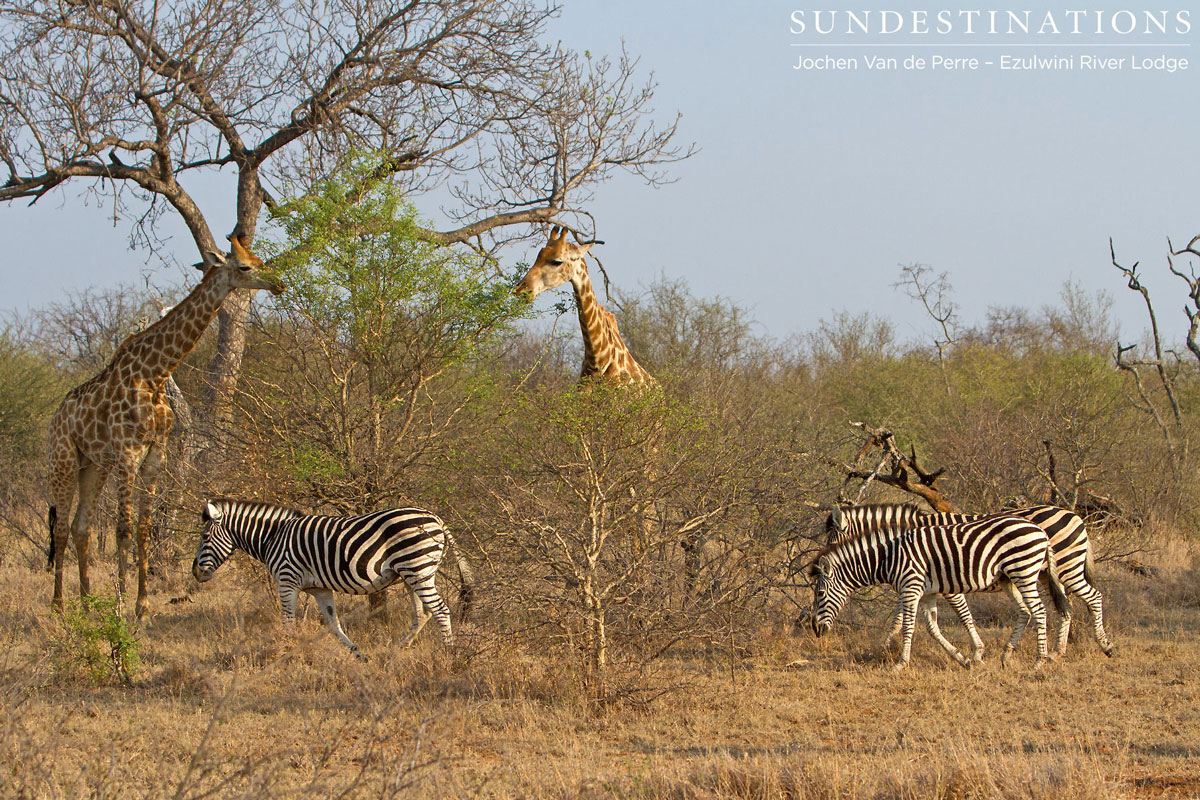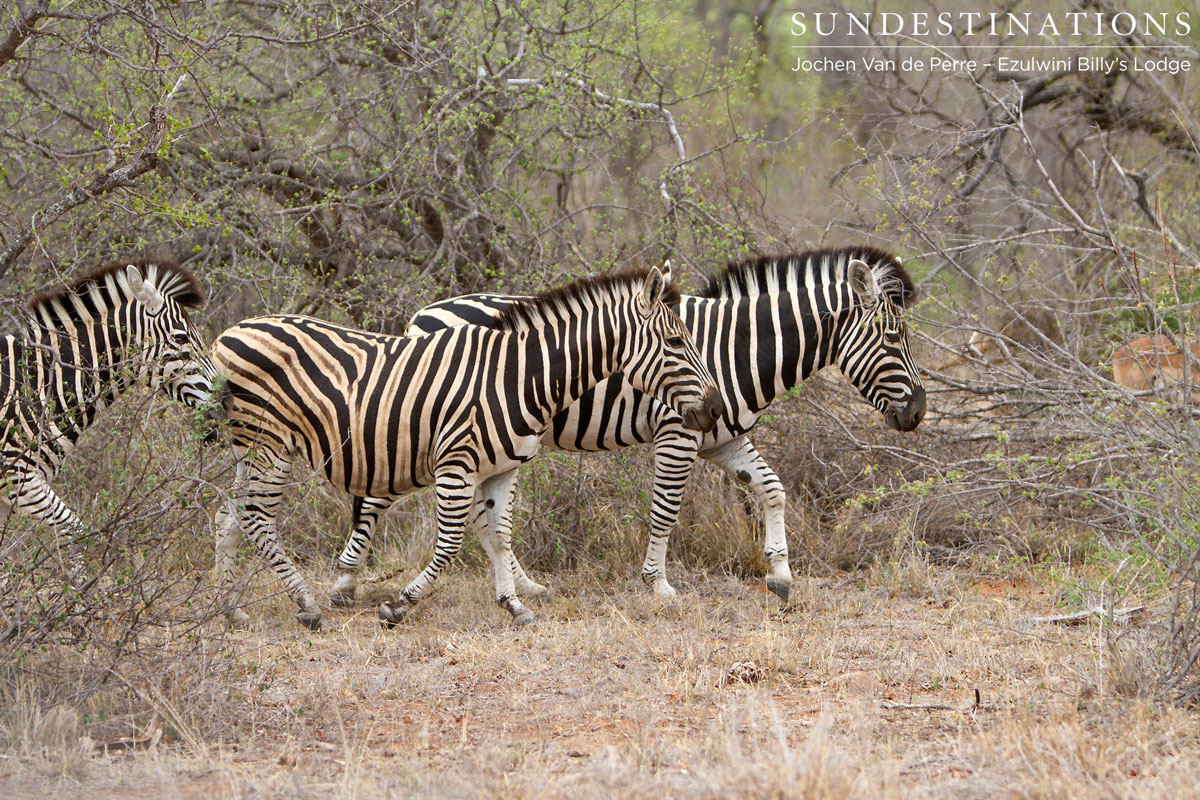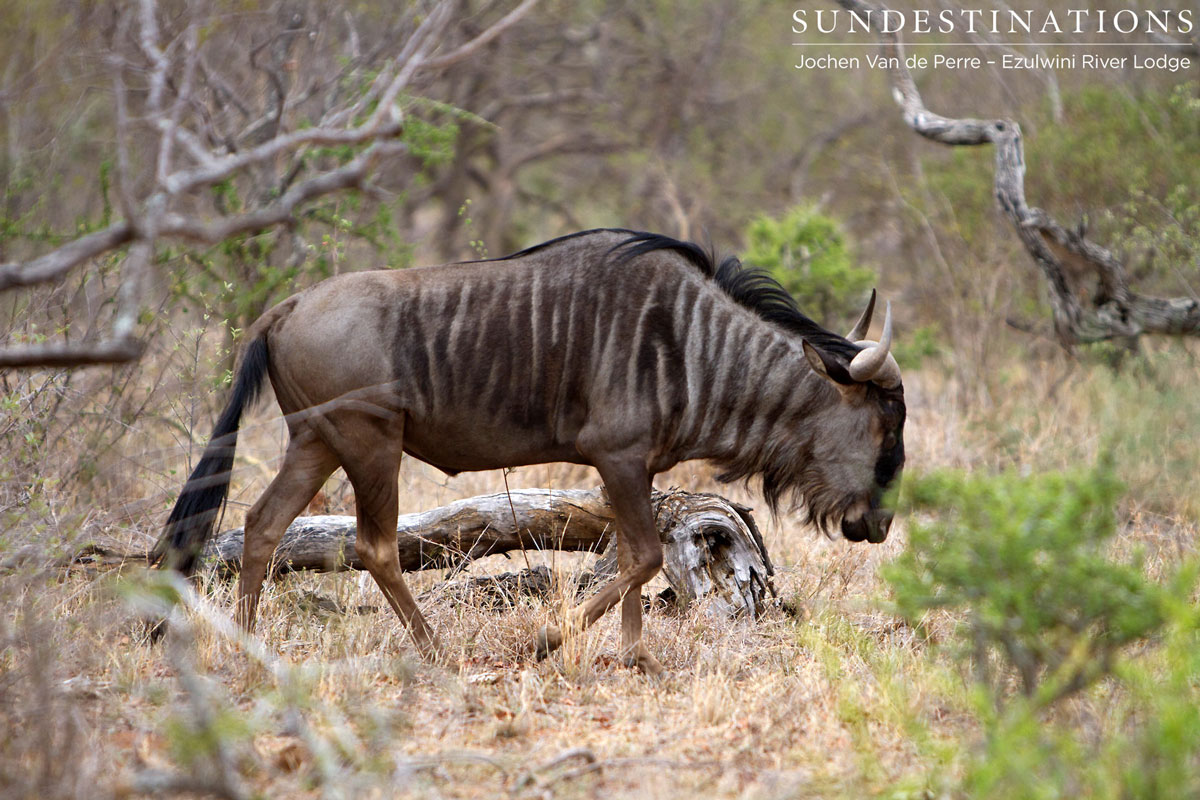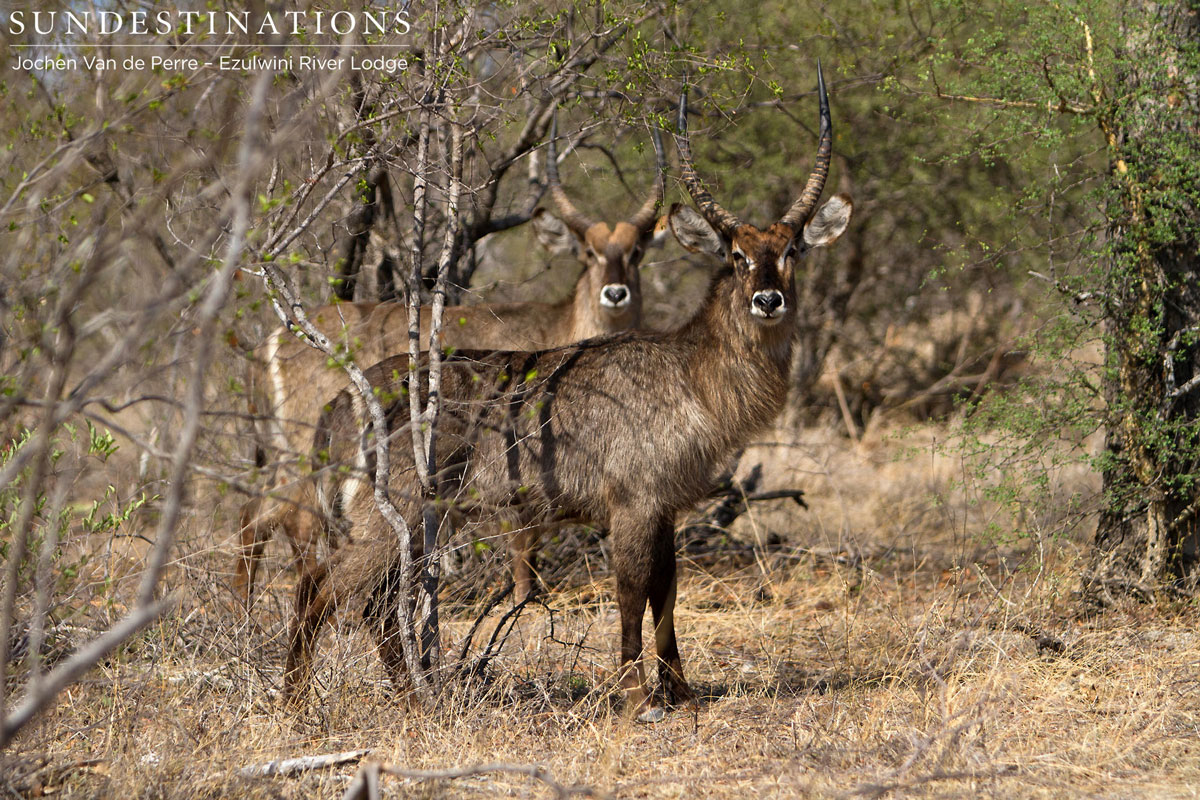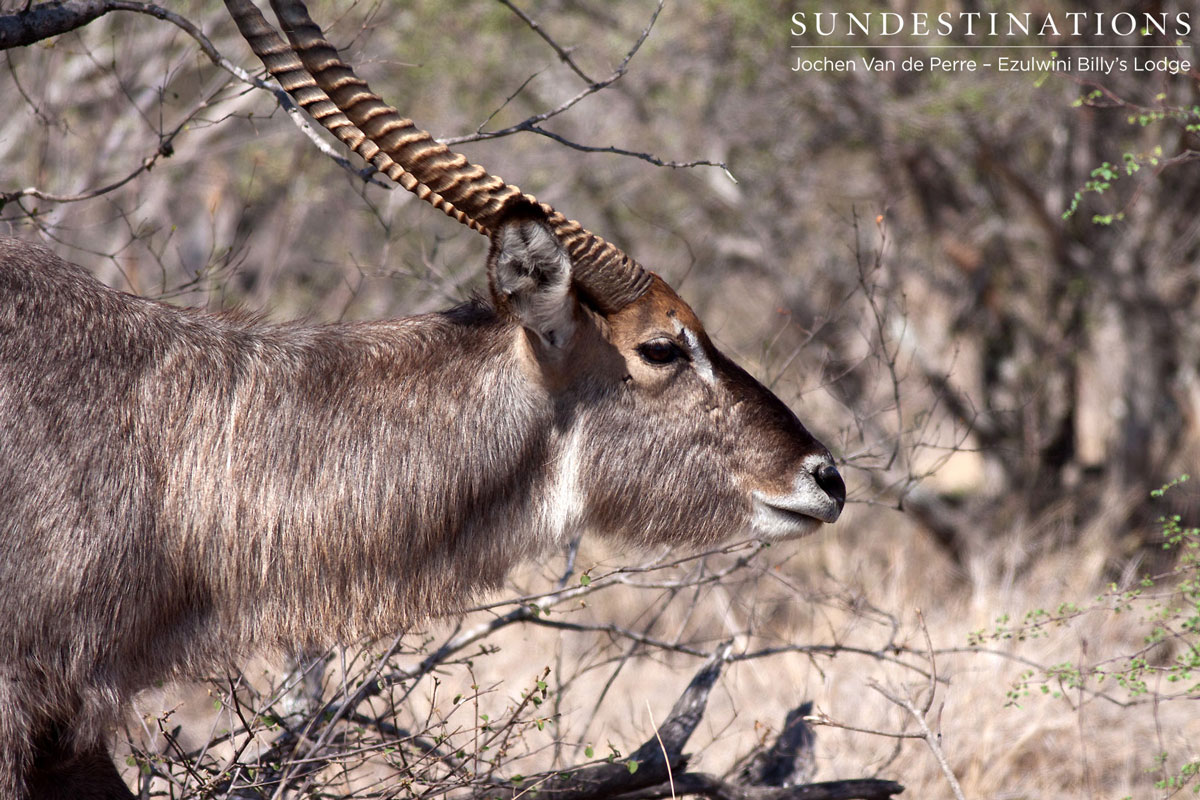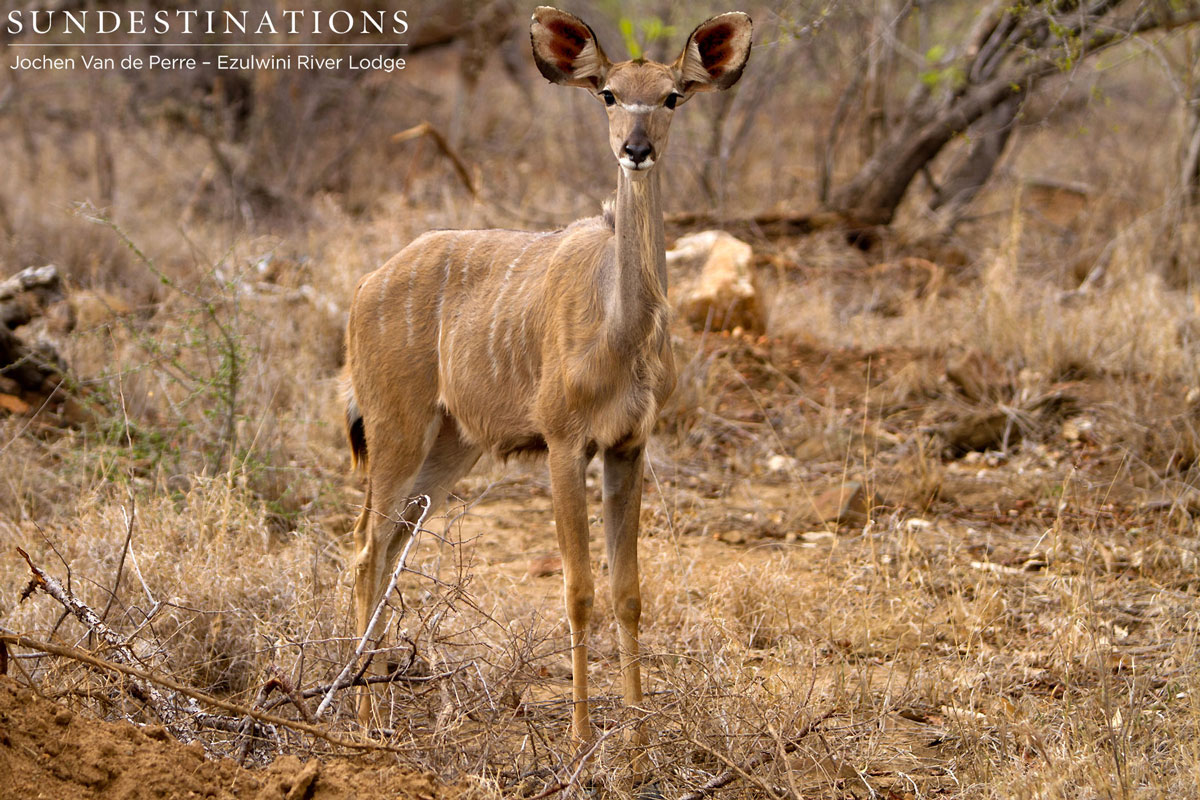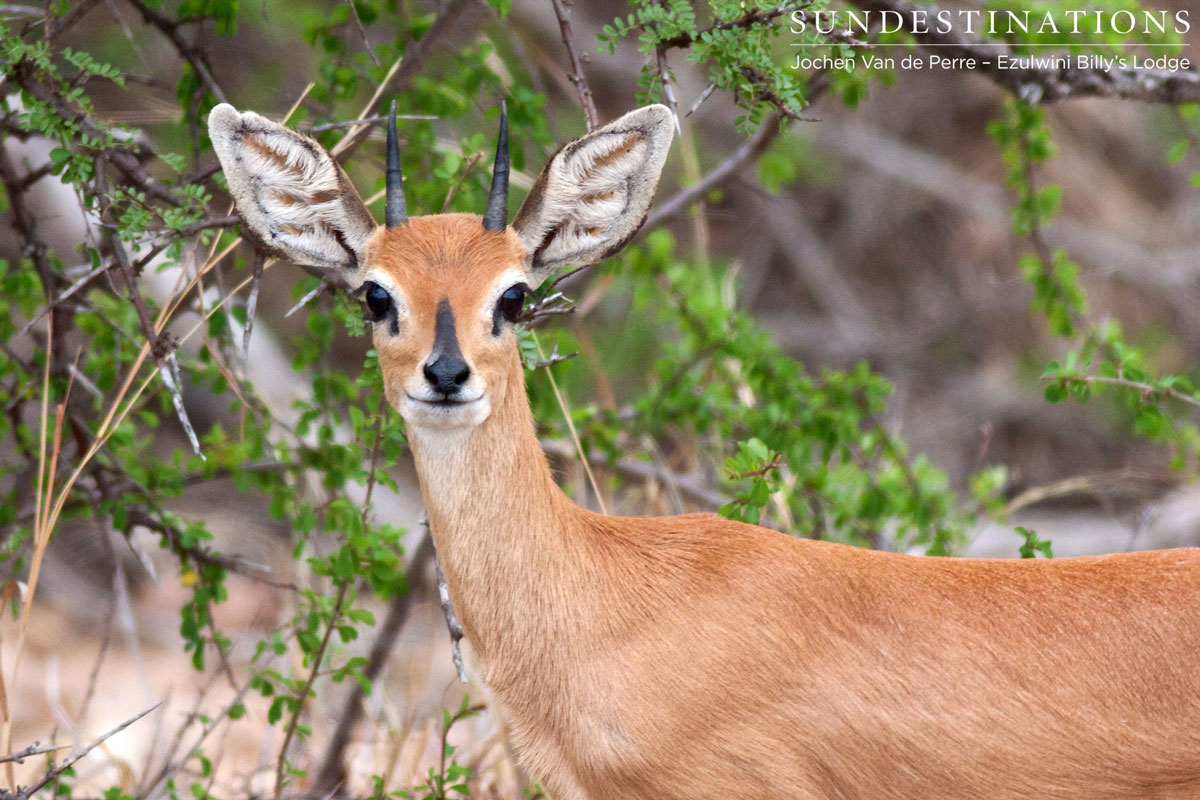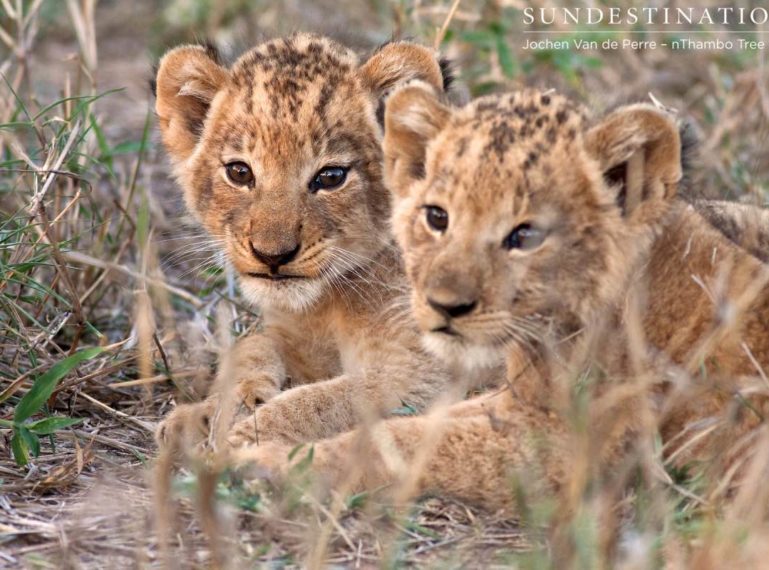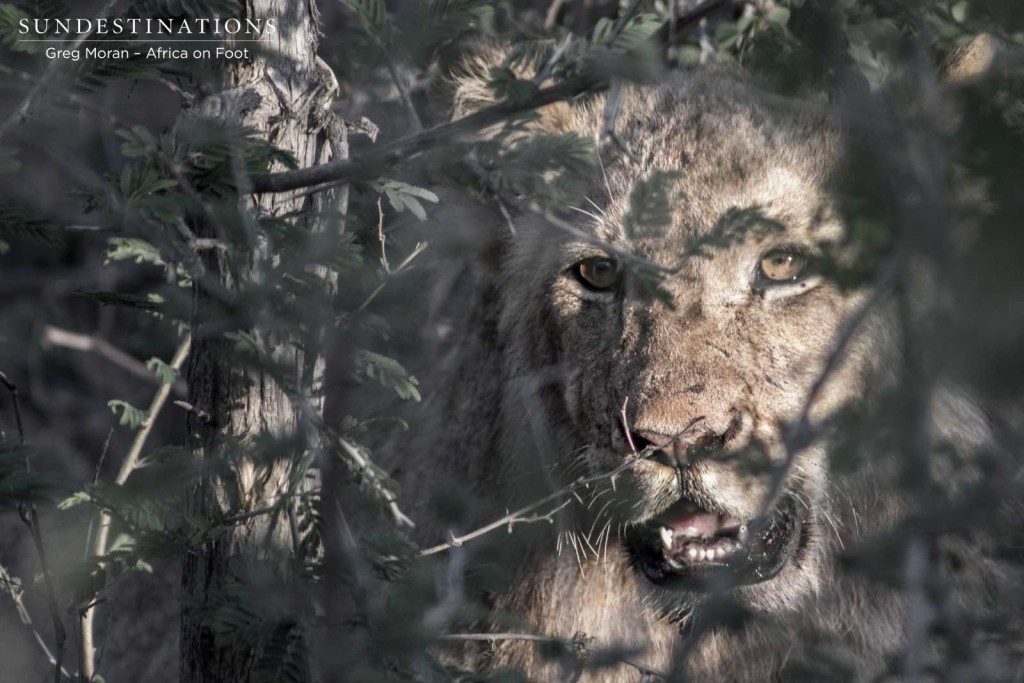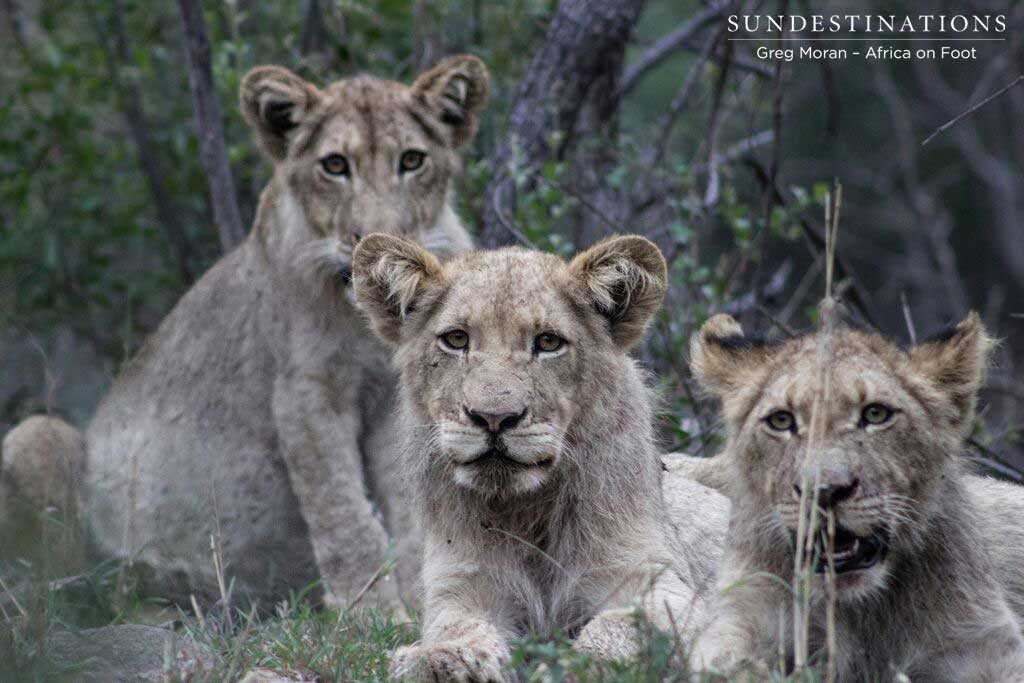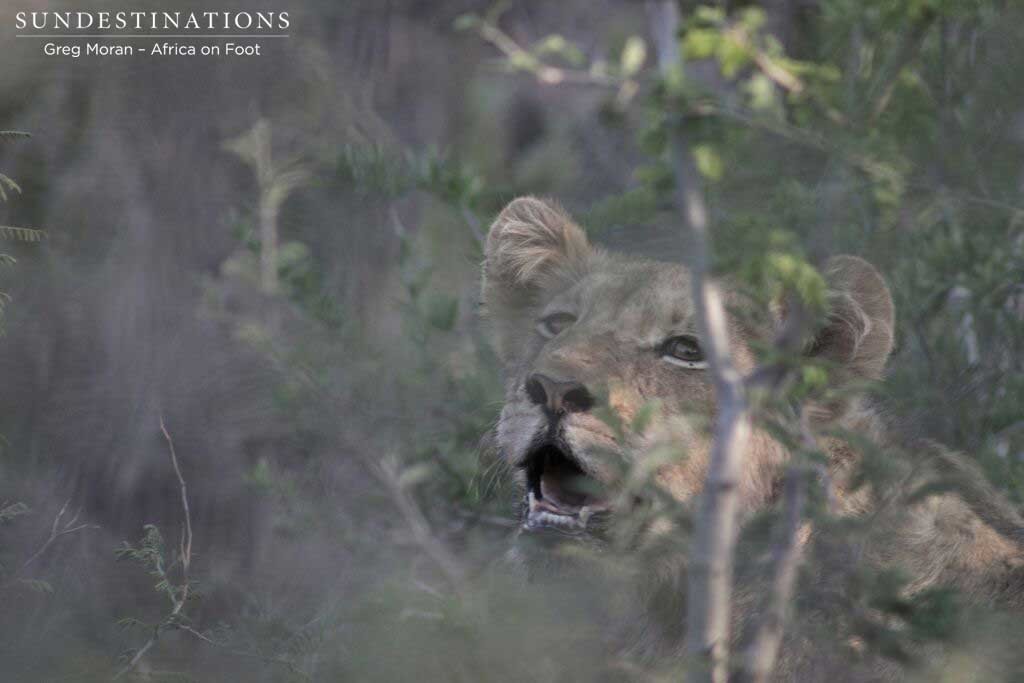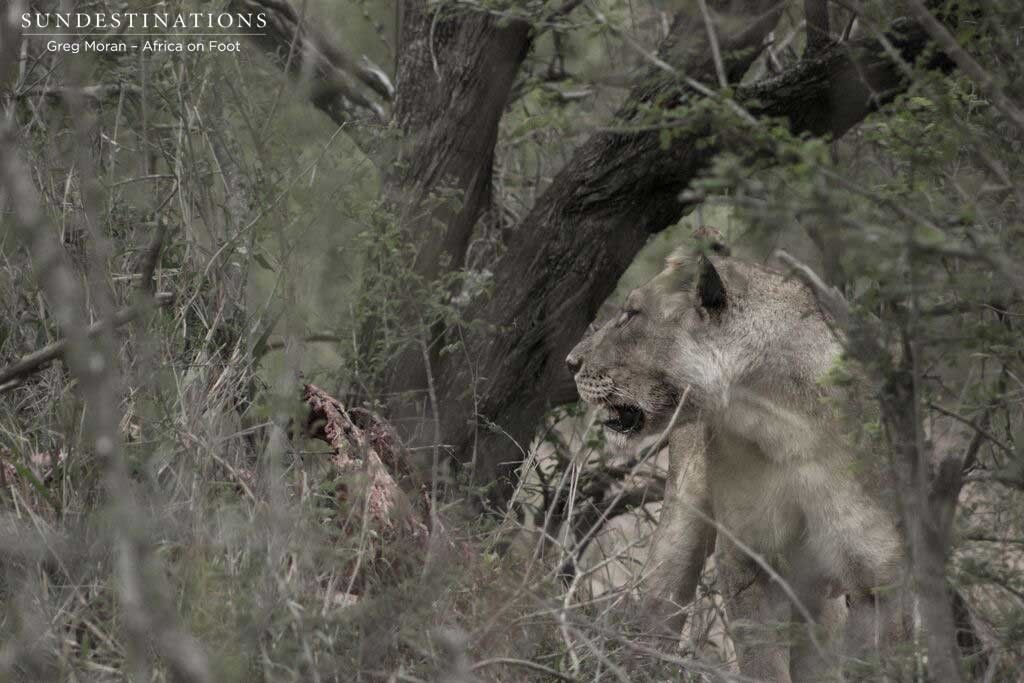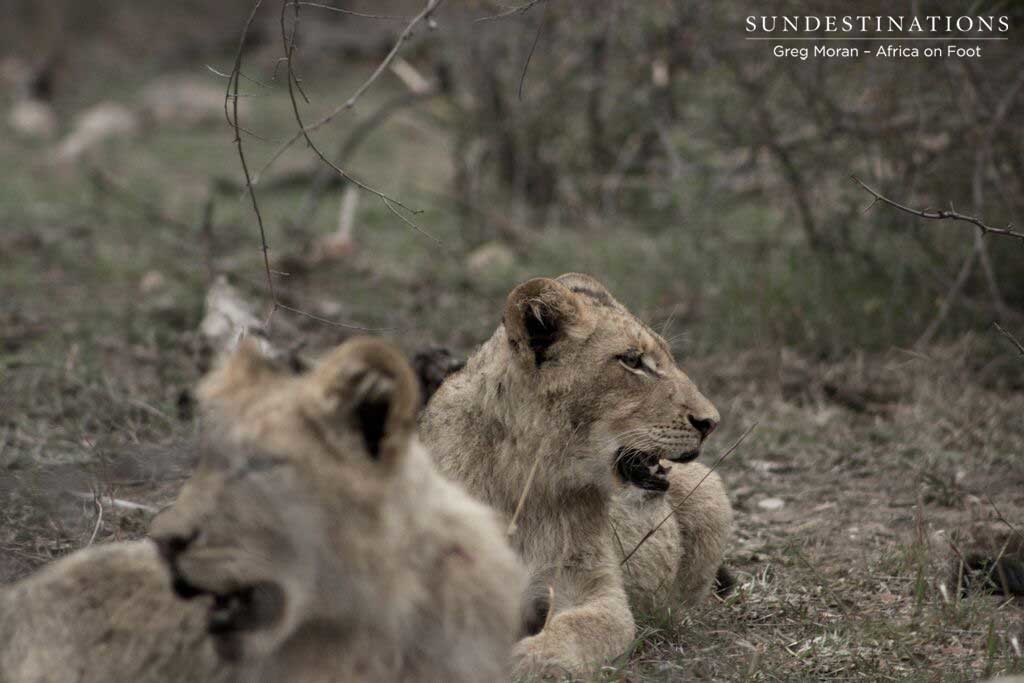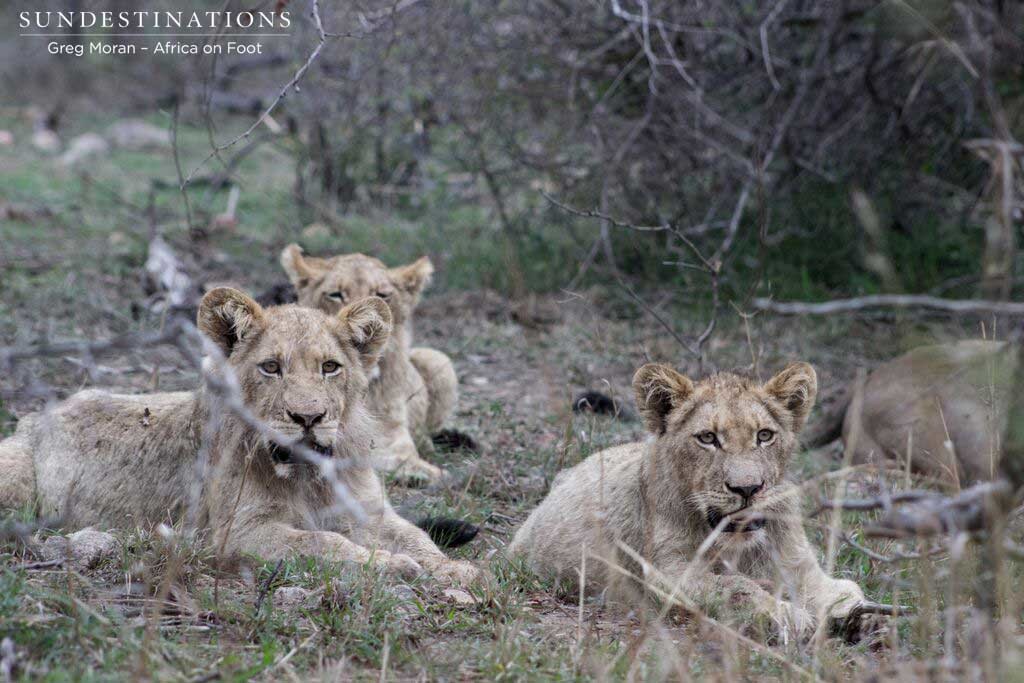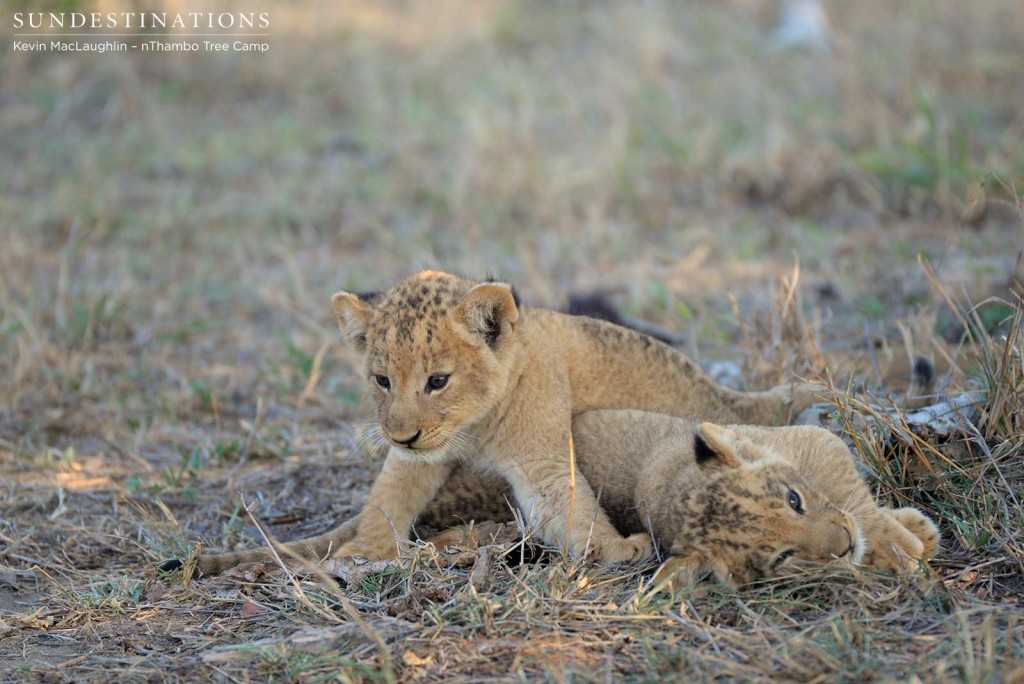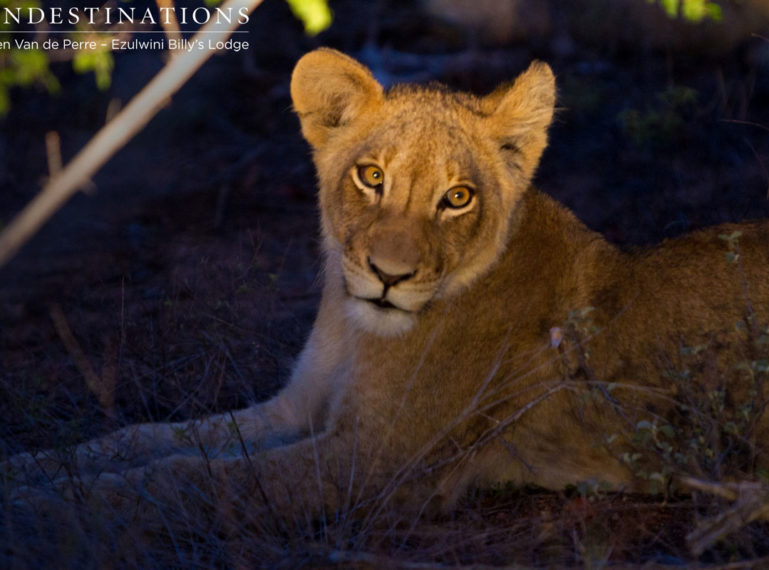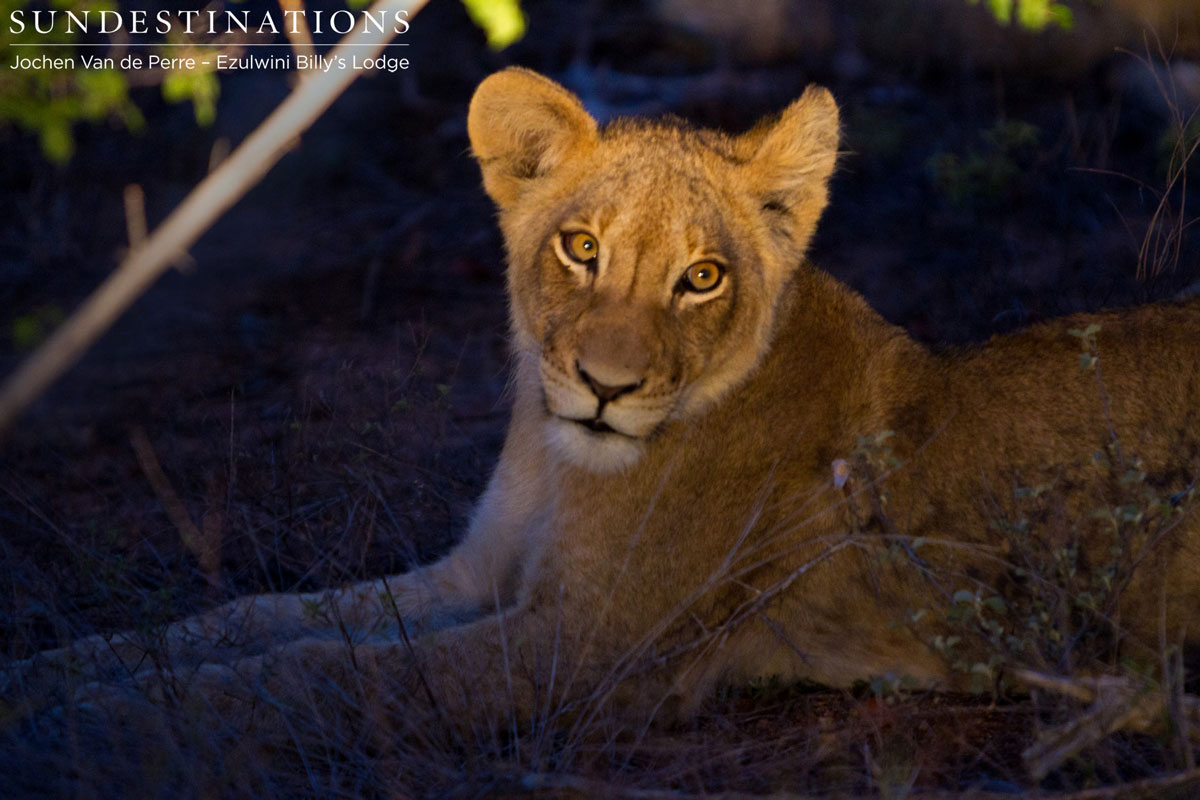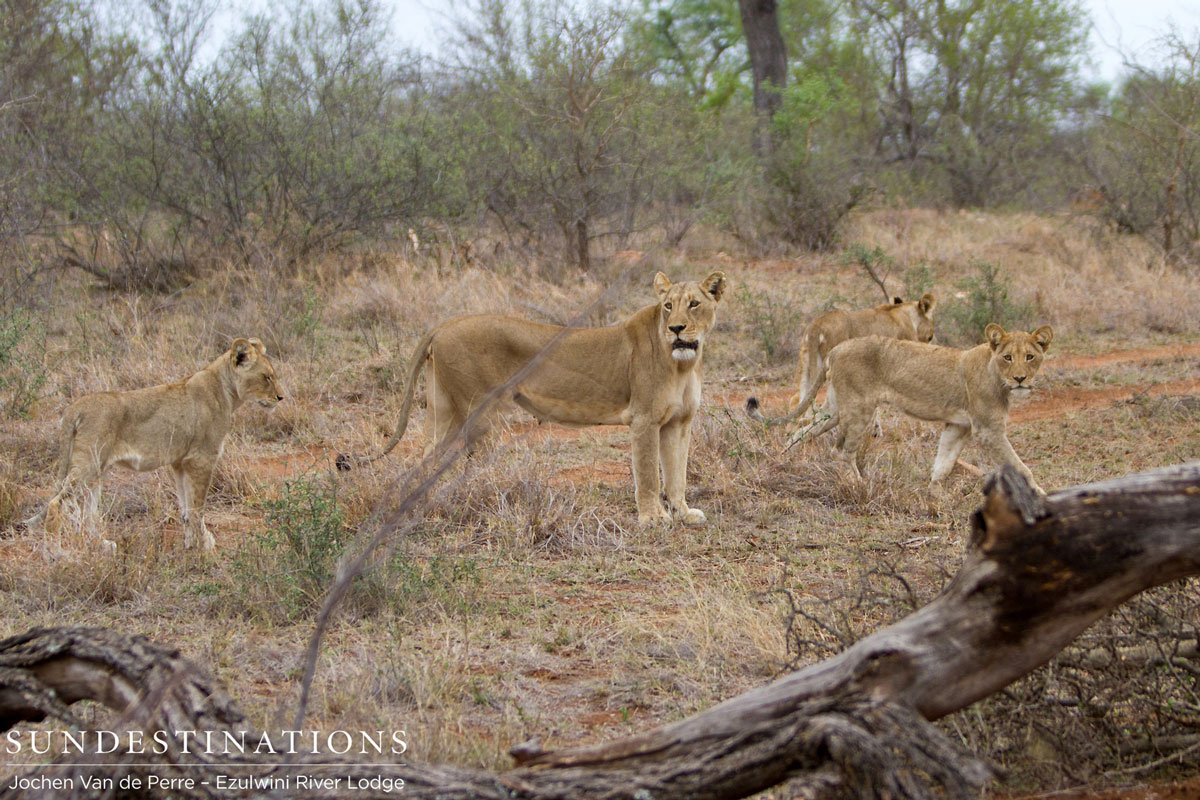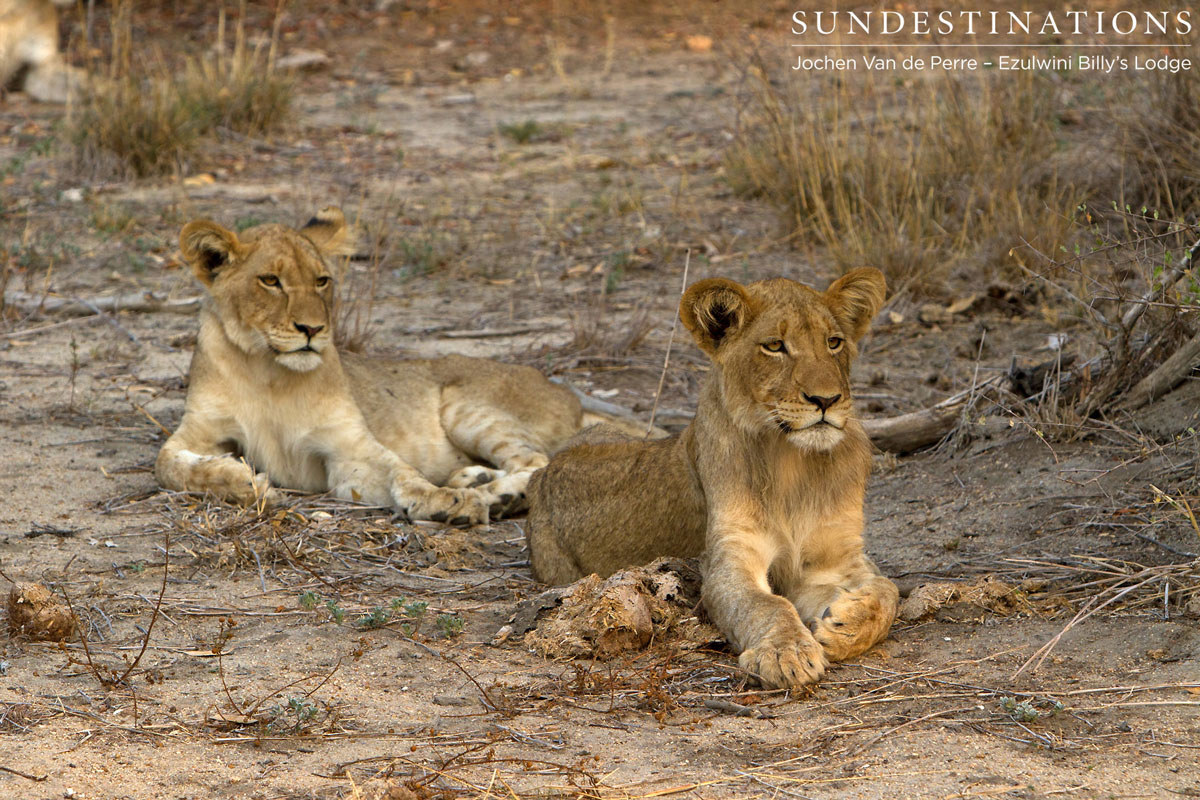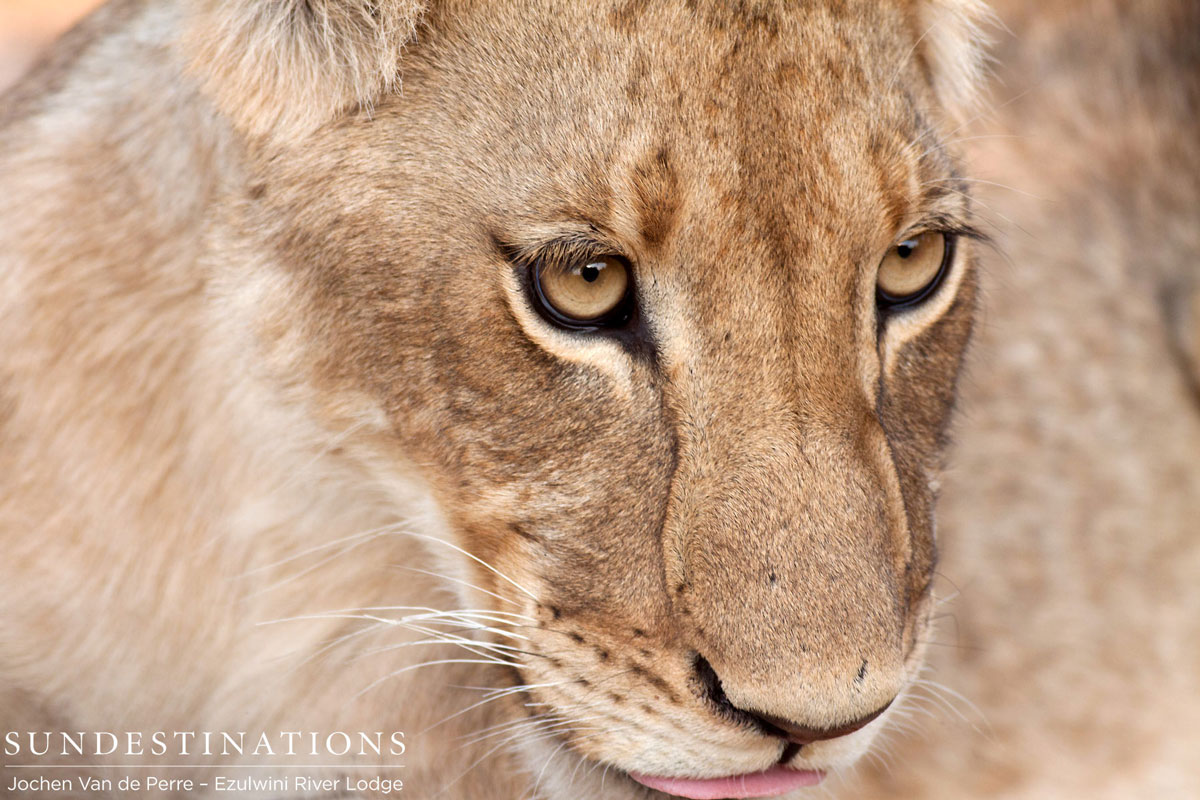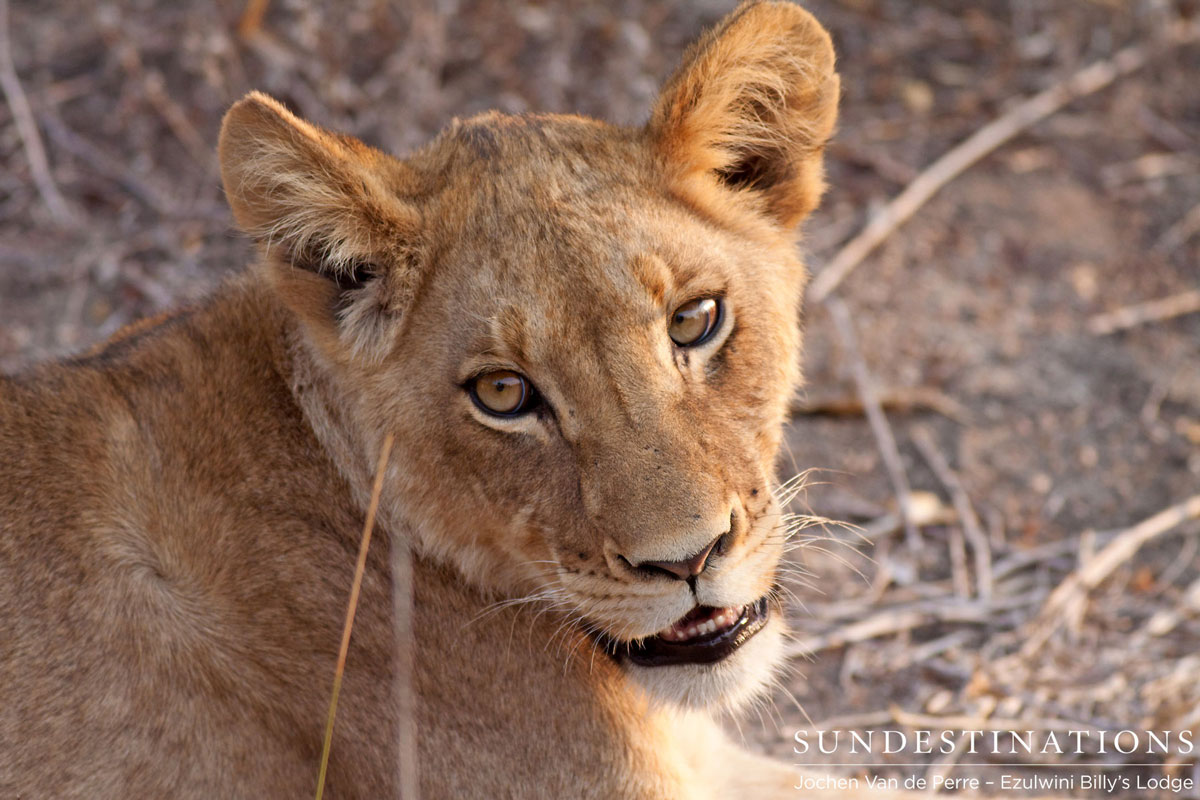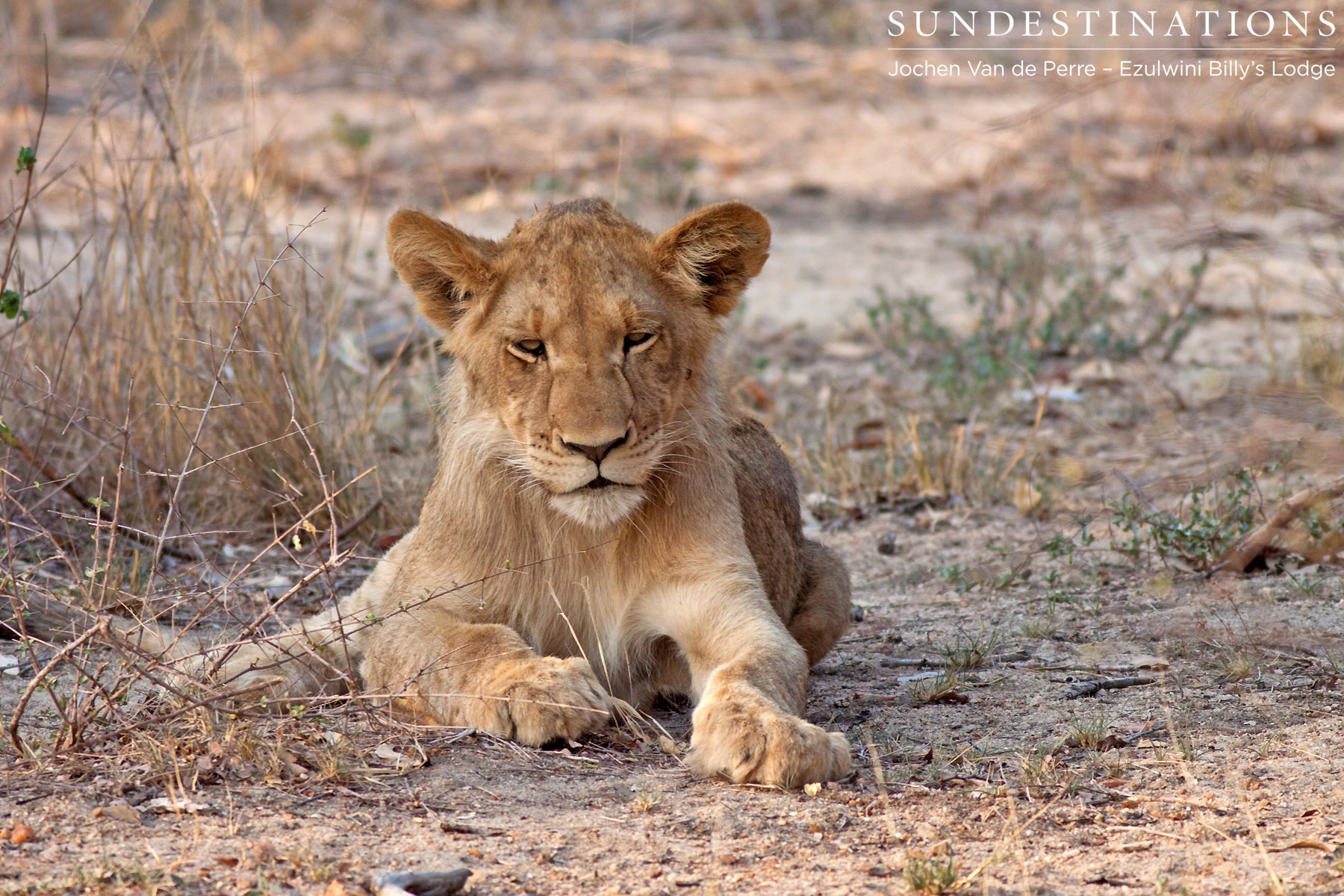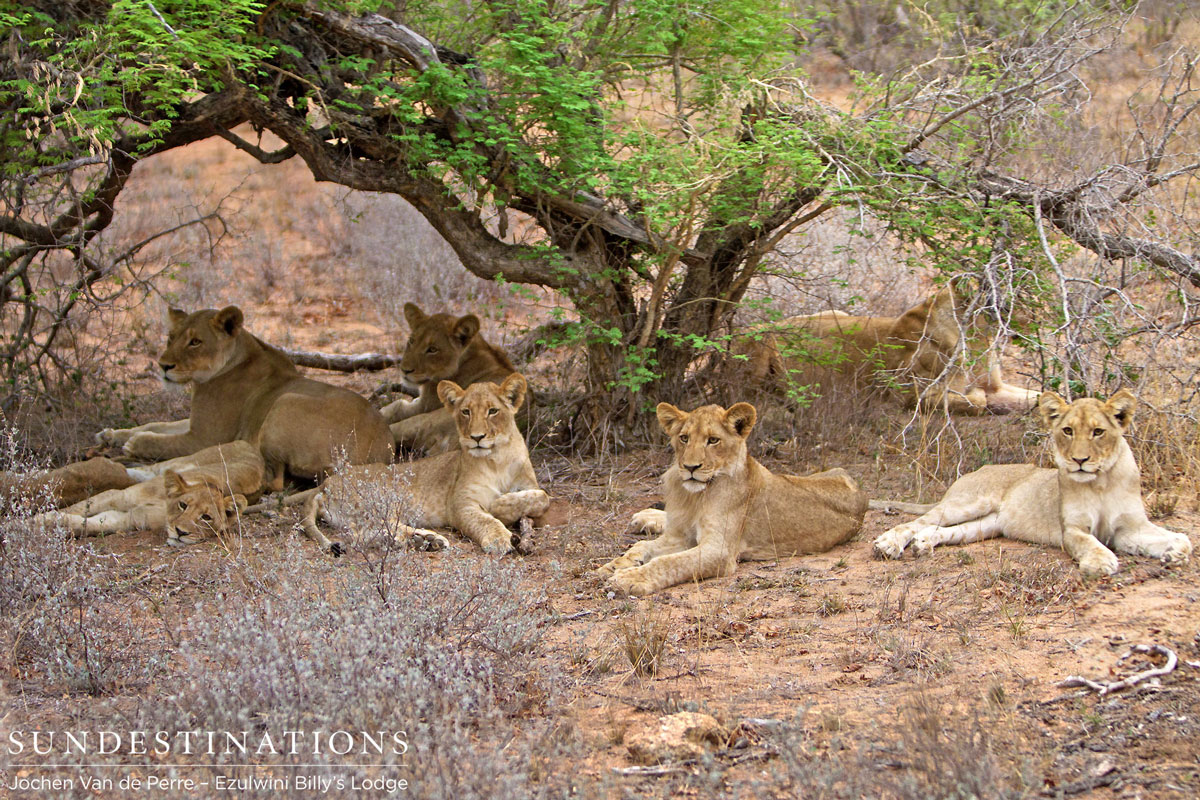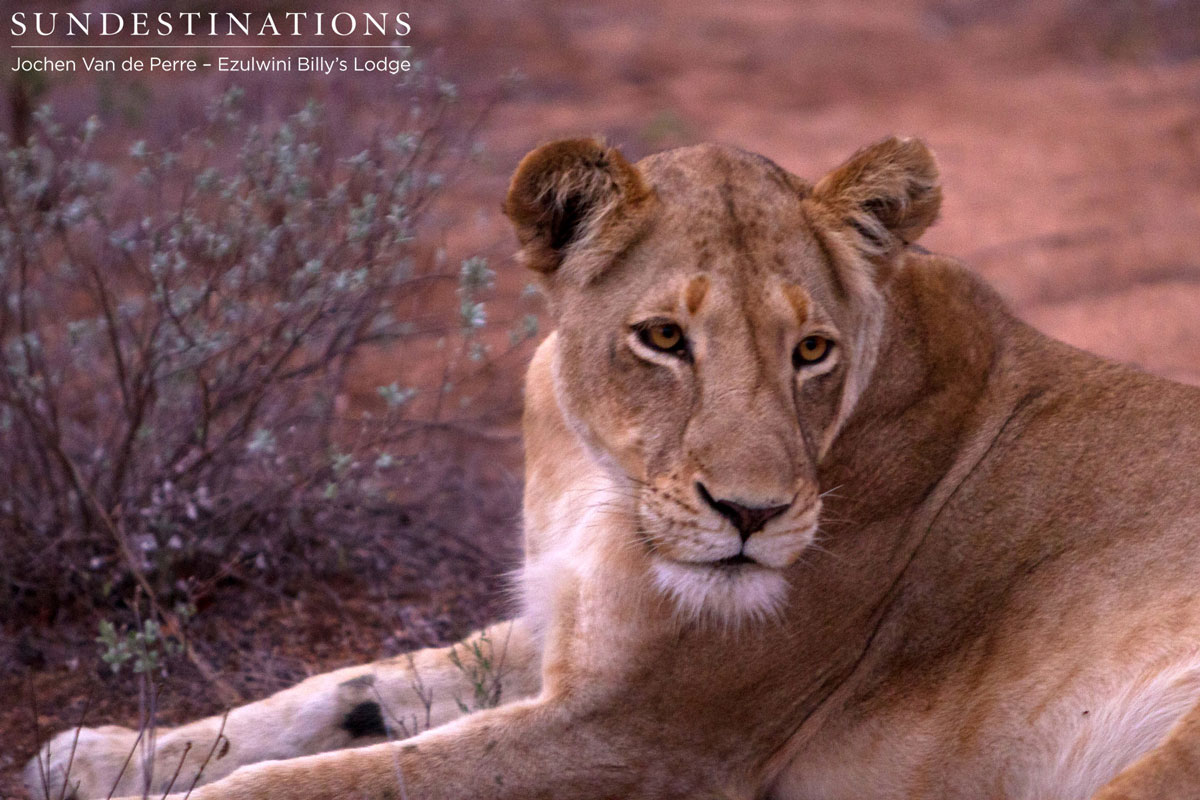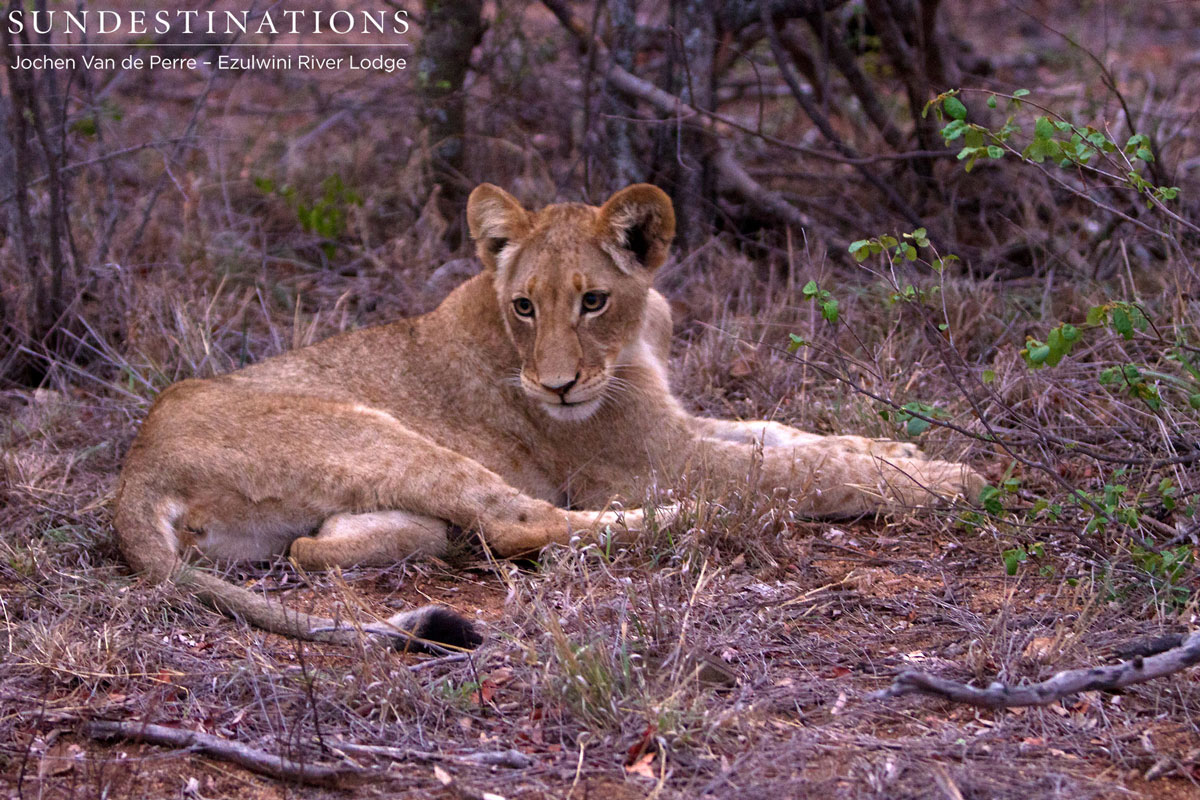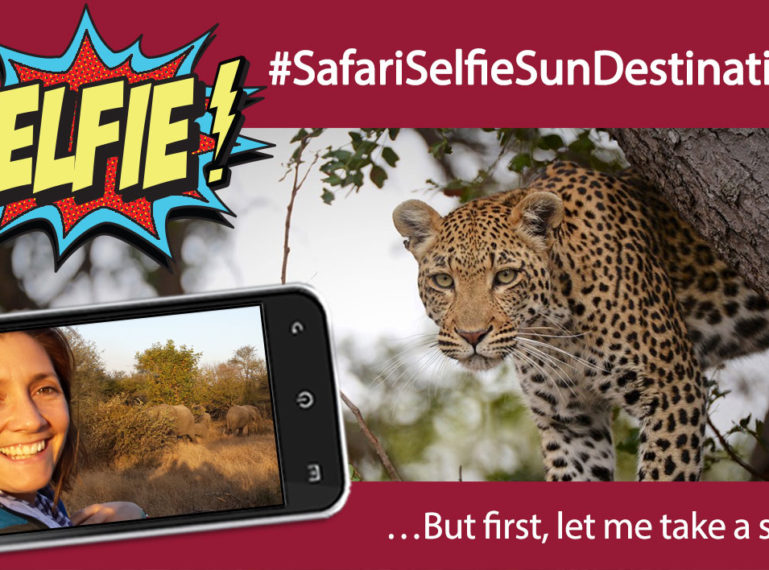
#SafariSelfieSunDestinations Social Media Competition
Take a selfie while out on safari at one of the Sun Destinations camps, upload it to your Instagram or Twitter account, tag #SafariSelfieSunDestinations and stand a chance to WIN an epic 6 night Kruger safari for 2 people! …But first, let me take a selfie!
HOW TO ENTER
Follow us on Instagram (@SunDestinations) and/or Twitter (@SunDestination1)
Upload a maximum of 3 safari selfies taken at any one of the Sun Destinations’ camps and tag #SafariSelfieSunDestinations on your own Twitter or Instagram account.
You need to be over 18 to enter.
Check out the Sun Destinations Facebook page for all the entries. All entries also appear below.
The closing date is 23 January 2016.
The winning photograph will be the most creative and unique selfie.
The runner up will receive an exquisite, leather bound book called “African Icons”. This coffee table book is a collector’s item and is signed by David Bristow, Roger de la Harpe and Pat de la Harpe.
Winners will be announced on 24 January 2016.
By entering, you automatically agree to the terms and conditions set out below.
THE PRIZE INCLUDES
2 x nights at Africa on Foot
2 x nights at nThambo Tree Camp
2 x nights at Umkumbe Safari Lodge
Road transfers to and from the closest airport (Hoedspruit or Nelspruit).
Road transfers between the camps.
Full board basis (activities and meals).
Conservation levy.
Africa on Foot is located in the heart of the Klaserie Private Nature Reserve, which shares unfenced borders with the Timbavati Game Reserve and the Kruger National Park. Africa on Foot specialises in professional walking safaris which take place in the morning. Game drives happen in the evening and this is when you get to see the night time predators. The camp is open, which means animals roam freely throughout the camp. Home to the big five and a wealth of wildlife, there is certainly no shortage of incredible sightings at Africa on Foot! There is even a treehouse option for the more adventurous…
nThambo Tree Camp is an eco-friendly camp located close to Africa on Foot in the Klaserie Private Nature Reserve. There are five wooden timber chalets on stilts and the camp is open. A small splash pool and waterhole sits in front of the lodge and attracts huge elephant herds. Morning and evening game drives are always a delight and don’t be surprised if you find yourself up close and personal with the big five. Each of the chalets at nThambo Tree Camp have a private balcony with sweeping views of the wilderness.
Umkumbe Safari Lodge is located in the heart of the premier Sabi Sand Reserve. The reserve is famous for its incredible leopard sightings and Umkumbe is no stranger to a variety of big cat sightings. Located on the banks of the Sand River, Umkumbe offers incredible game viewing opportunities from the comfort of the lodge. Don’t be surprised to watch the big five flocking down to the riverbed while you relax in the splash pool overlooking the Sand River.
Prize Excludes:
The prize excludes international/domestic flights and transport to Hoedspruit/Nelspruit airports.
The prize excludes drinks.
* Please check the child policy with each camp if you choose to take a child as your guest.
HERE ARE OUR ENTRIES SO FAR – GET SNAPPING !
Terms and Conditions:
Booking of your prize is subject to availability.
In order for your entry to be accepted, your Instagram account must be public and your photo
must be tagged with the appropriate hashtag.
You will not upload more than 3 “selfies” and each selfie needs to be taken at a camp/lodge within the Sun Destinations portfolio (Africa on Foot, nThambo Tree Camp, Umkumbe Safari Lodge, nDzuti Safari Camp, Afrika Ecco Safaris, Ezulwini Game Lodges)
Your image does not contain any obscene, violent, sexually explicit, offensive, inflammatory or
defamatory content;
The prize is not transferrable for cash.
You will spend 2 nights at Africa on Foot, 2 nights at nThambo tree Camp and 2 nights at Umkumbe Safari Lodge. The order will be decided according to availability.
Prize includes full board, conservation fee & activities.
Drinks at the lodges are NOT INCLUDED.
Transfers between camps and to/from Hoedspruit or Nelspruit Airport are included.
Domestic and international flights are EXCLUDED.
The winner is responsible for arranging their (and their travel companion’s) own passport,
visa, immunisations, travel insurance and flights.
Please check the child policy of the camps if the second person travelling is a child.
A panel will select the prizewinner and they will be notified via social media and told to contact us directly to arrange their safari.
Sun Destinations reserves the right to modify the competition or disqualify any entrant/contestant.
The competition is open to anyone age 18 + and is not open to employees of Sun Destinations.
The winning image will be displayed on the Sun Destinations channels and in newsletters.

